Last week Anna and I had the pleasure of hosting my parents for 9 days. During their visit here, we decided to escort them around to five countries: Germany, Austria, Luxembourg, Belgium and the Netherlands.
In this entry, we will take you to the castle homes of King Ludwig II, the location of the Sound of Music, and the childhood home of Wolfgang Amadeus Mozart. Finally, we will finish with the beautiful city of Munich (or München in German) where we had lunch at one of the most famous beer halls.
So, with that overview, off we go…
Once we picked up my parents at the Frankfurt Airport, early in the morning I might add, we drove the few hours to the mysterious and oft visited home of the 19th century Bavarian King Ludwig II.
This is the castle that was his childhood home.
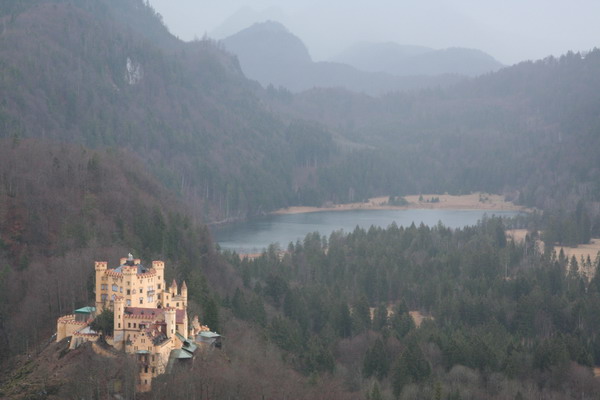
Here is my princess overlooking the castle.
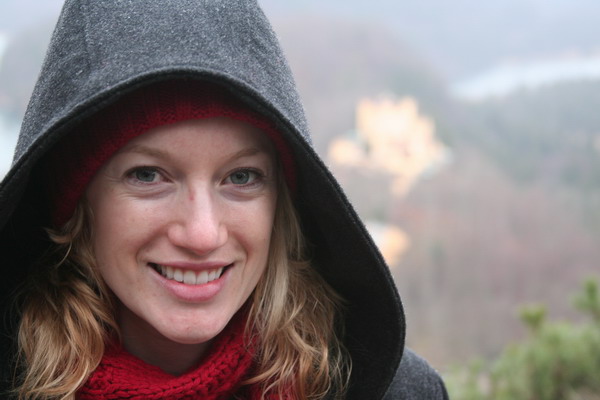
We began the day with a tour of the first castle, Hohenschwangau. This was the summer home of King Maximilian II (Ludwig’s father). Literally translated, it means Castle of the High Swan County and not surprisingly, the swan is its symbol. Maximilian discovered ruins on the current site (of a castle Napoleon had destroyed several decades previously) and had it rebuilt in the neo-gothic style.
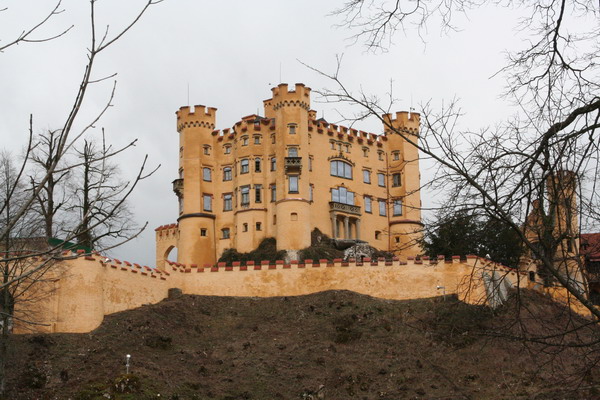
When King Ludwig II was faced with domestic problems, he turned to fanciful dreams of a new castle. After Bavaria’s defeat by Prussia in 1866, Ludwig was no longer the sovereign ruler of Bavaria. He looked upon the hills overlooking Hohenschwangau and imagined a better, more realistic medieval castle. This would be a place he could be a real king…
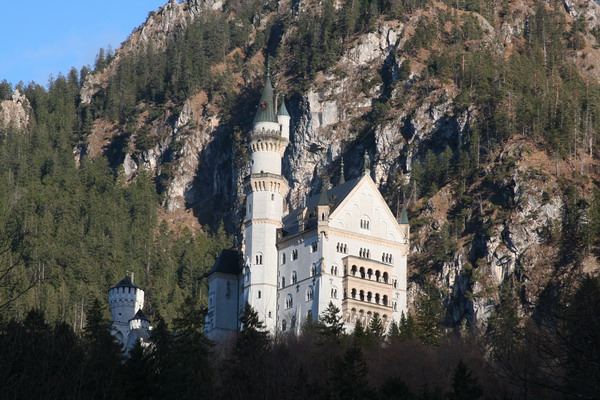
The outside is truly spectacular. The castle was begun in 1869 and construction continued for nearly 20 years. Unfortunately, the king only had the opportunity to live there for less than 2 years (1884-86), before he passed away. Even then, the inside was less than a third complete. But, less than two months later, the castle was opened to the public and has been an immensely popular tourist destination ever since. Over four and a half million people visit the castle each year. Since we came in the off-season, the lines were relatively short.
This bridge behind the castle is not only pretty, but offers a gorgeous panorama of the Neuschwanstein Castle.
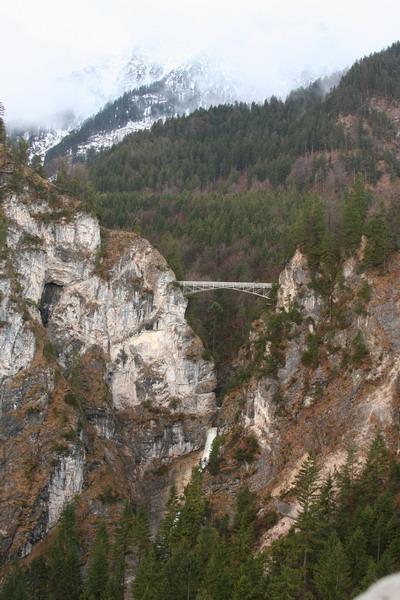
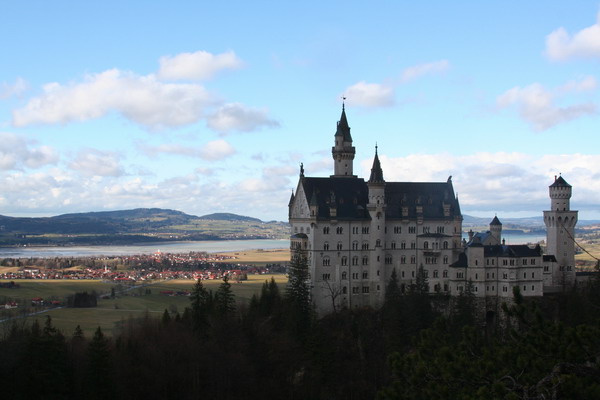
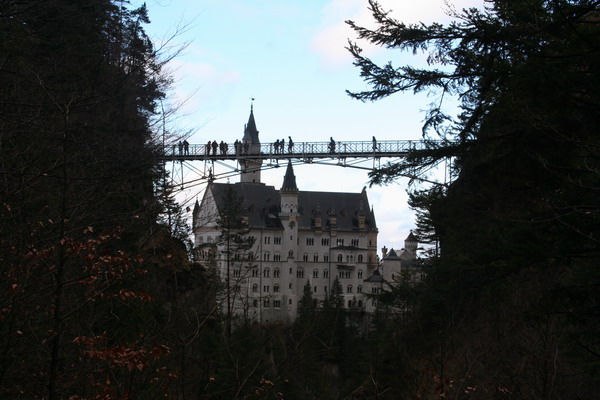
After our visit to the fairy tale king, we drove south to the village of Garmish.
Then, out to dinner at a very traditional Bavarian restaurant (at least we thought it was traditional). Here’s a nice image of my parents.
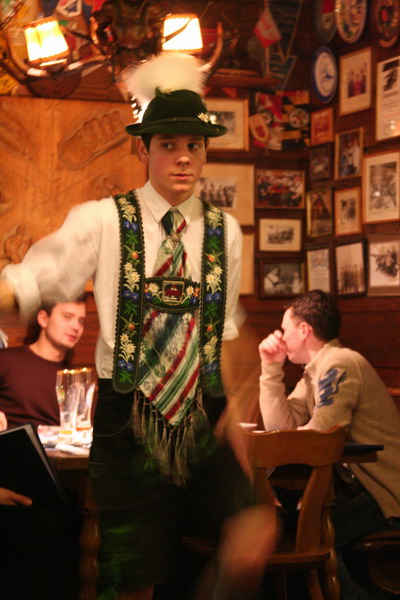
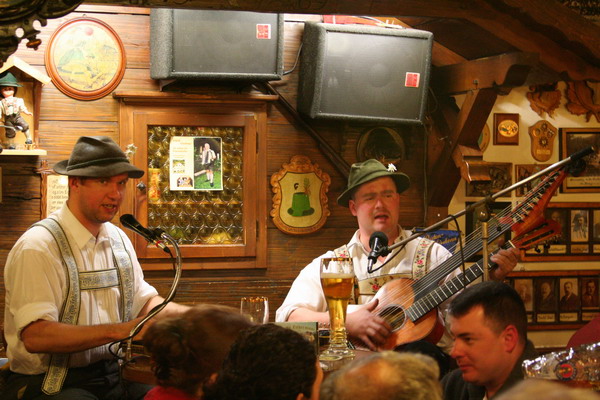
Then, just over the border into Austria and the home of the “Sound of Music.” The movie was one of my mother’s favorites when she was a girl, so we decided to spend the afternoon seeing where the movie was filmed throughout the city and surrounding countryside. It also afforded us a convenient way to see the city and area.
We began with the courtyard where Maria and the children learned the Do-Re-Me song. This statue wasn’t in the movie, but another one like it was.
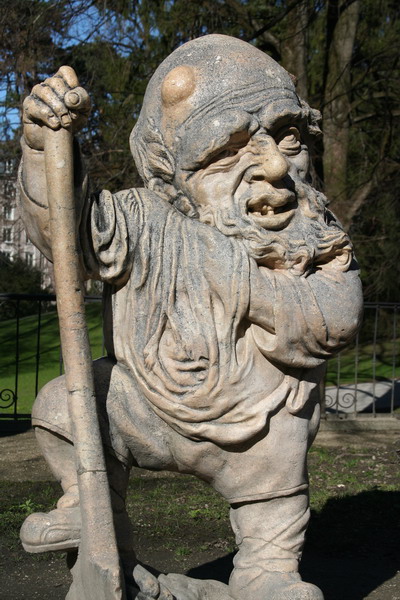
This is that same courtyard.
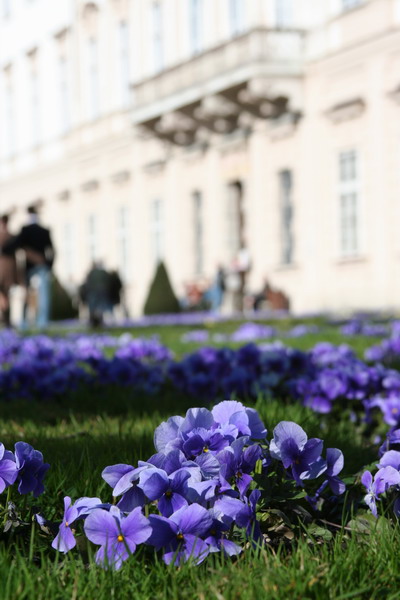
This is the abbey where Maria lived before she lived with the Von Trapp family.
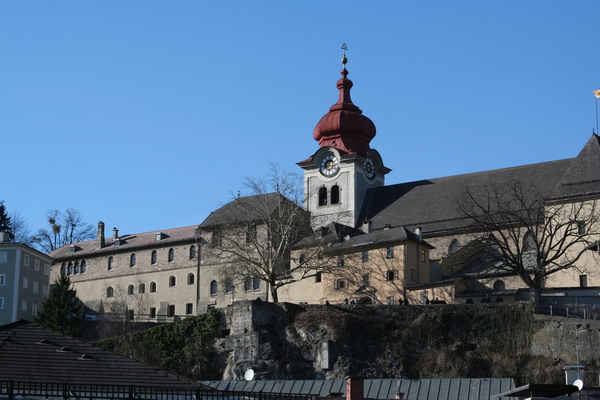
Speaking of the Von Trapps, this was the outside of their house in the movie. All of the interior scenes in the movie were shot on a set in Hollywood, and the rest were shot in Salzburg and the surrounding areas.
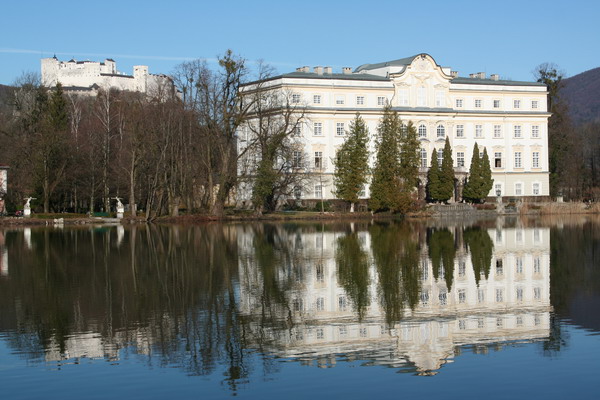
This gazebo used to be on the same grounds, but was moved to a nearby park when too many people were sneaking onto the property to see the site of the “sixteen going on seventeen” song. Of course, the same people also wanted to jump from bench to bench, just like the movie. That resulted in many broken glass panes and some broken bones.
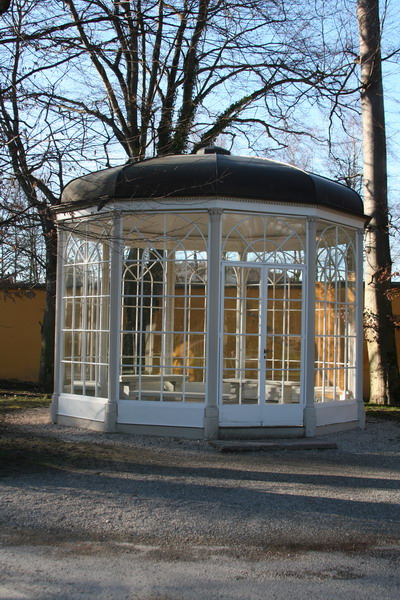
This is another castle in the area. This one is actually just a private residence.

These are where the hills are alive with the sound of music. Unlike the movie though, this is actually a 30 minute drive away from Salzburg.
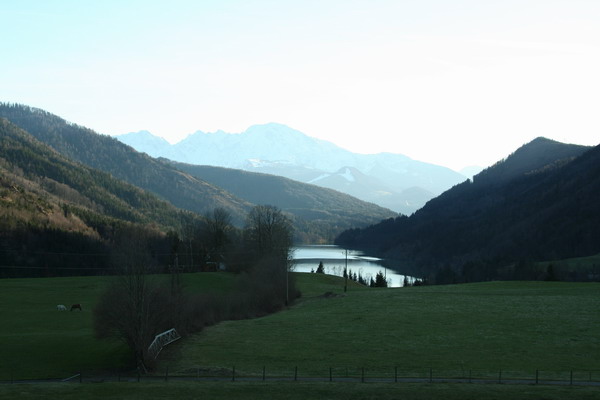
Here’s another random location. This is the world headquarters of the energy drink company, Red Bull. Apparently, when the hills are alive with the sound of music, it also gives you wings…
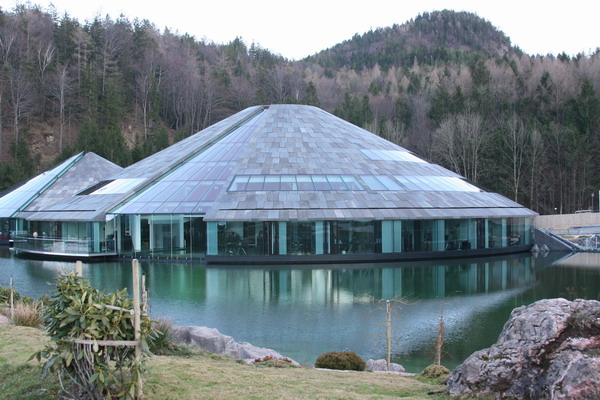
If you’ve seen the movie, you will recognize this village from the opening scene.
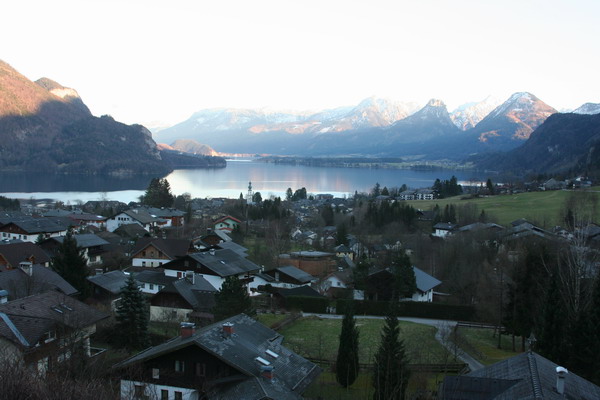
This is the inside of the church that the baron and Maria were married in.
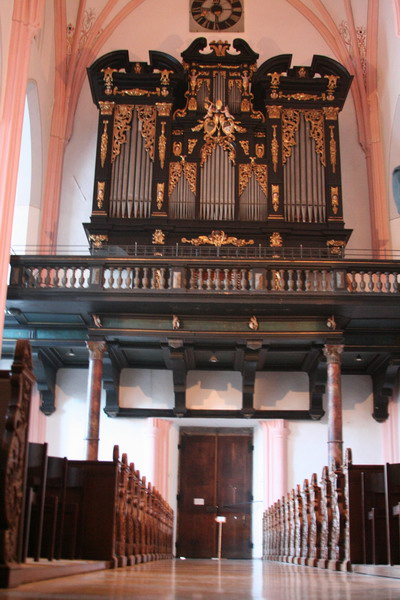
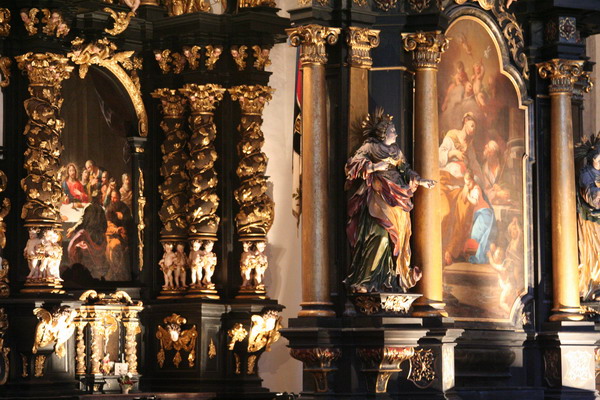
Since no visit to Salzburg would be complete without some homage to its most famous son, we decided to see a dinner concert playing Mozart’s music (complete with a quintet and a pair of opera singers).
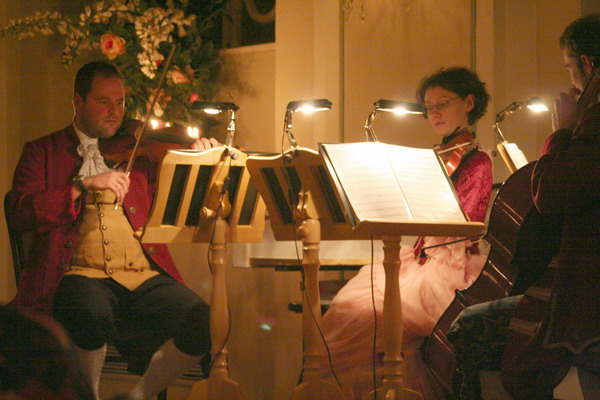
The 18th century ballroom in which it was performed was also quite lovely.
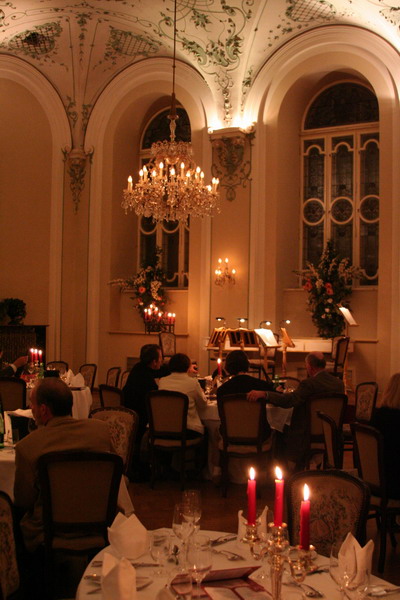
The next day was to Munich. On the way, we also stopped by Dachau. Unfortunately, we don’t have any images, but just being there was a very powerful experience. If you are not familiar with the name, it was one of the first concentration camps of WWII. While it was much smaller than some others like Auschwitz in Poland, with only 32,000 killed, it was a training ground for many others. We were very impressed that this monument exists. Many cultures want to erase any black marks on their history. In this case, it’s a tribute to the German culture. By not letting these atrocities slip out of the collective culture, they hope to prevent it from happening again.
After our sobering visit, we made our way into downtown Munich to take in the sights. Marienplatz is the main square. In it, there is the Grand Glockenspiel.
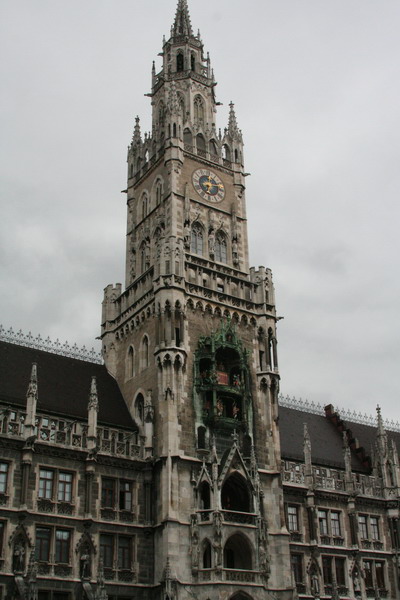
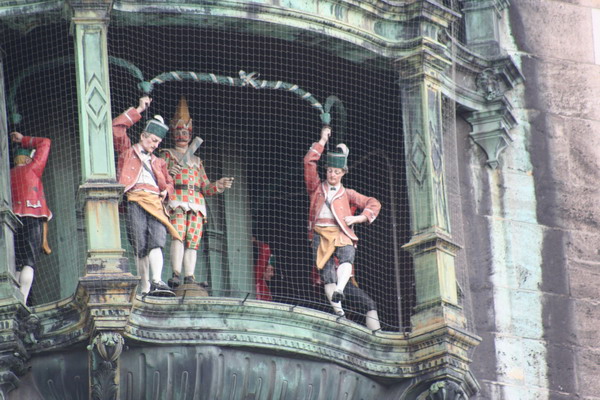
When lunchtime came around, we decided to try the most famous beer
hall in the world, the Hofbräuhaus. As you can see, it’s quite large (can accommodate up to 3,000 people at a time) and has been in operation since 1607.
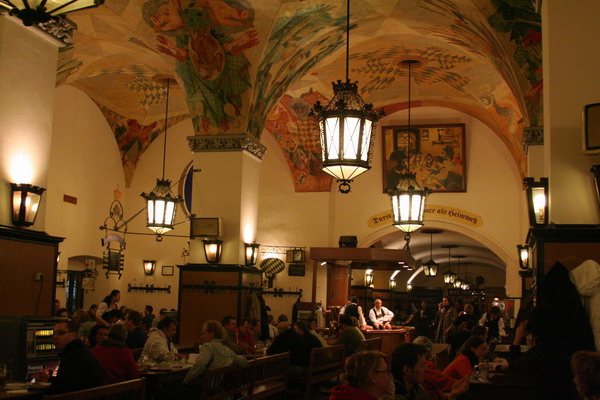
The tables close to the music were also for regulars. So, if you go and want to sit close to the entertainment, don’t be surprised if one of the regulars joins you at the table.
The music was lots of fun and very lively.
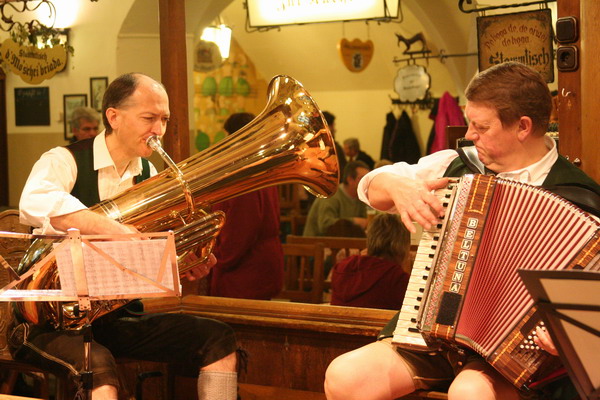
The main attraction here though is the Munich beer, and it is served in copious amounts.
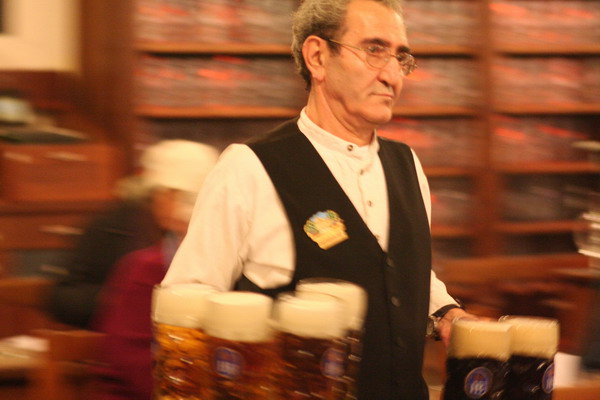
Then, it was back in the car for our drive home. It was a great start to the visit. We took several more trips while my parents were here. I will cover those in the next post. So, until then…
–Jim
Alsace, France
This weekend, our latest adventure was a very eventful trip to the French region of Alsace. If you’re not familiar the region, it’s in the northeast corner of France and borders both Germany and Switzerland. Also, if you are a fan of history, you probably know that this region has been fought over for centuries. It was conquered by the Roman Empire in the first century B.C. After the empire fell, a number of kingdoms rose. One dynasty you may have heard of were the Merovingians (this was also the name of the French omniscient character in the movie “The Matrix”). The golden age of Alsace was probably in the 12th and 13th centuries when cities and the merchant class flourished. During this time, the region bonded more and more with France. In 1648, the Treaty of Westphalia (which ended the Thirty Year’s War, and was nominally between Catholics and Protestants), most of the region was ceded to France. It remained that way for several centuries, however, the people who populated the region were often Germanic speaking and at least strongly influenced by Germany. So, after the Franco-Prussian War in 1870, when the Second Reich of Germany handed France a stunning defeat, the region of Alsace-Lorraine was given back to Germany. Prussia (or Germany) instituted a policy to destroy all vestiges of French influence by banning the French language and destroying French signs. But, yet again things changed, and after WWI and the Treaty of Versailles, the region was given autonomy. However, it couldn’t defend itself and France took control a week later. The saga continued when Hitler’s army swept around the Maginot Line (which went through the area) and annexed Alsace-Lorraine as part of Germany again in WWII. It wasn’t until after the war that the region was again French and stability
returned. Now, it is the seat of the European Parliament.
We started our tour in the large city of Strasbourg. Our first stop was the very impressive cathedral. It was designed in the late thirteenth century (but completed in the 15th) and is a massive, but delicate design. In fact, it was the tallest building in the world (after St. Olav’s Church in Estonia burned down in 1625) for 200 hundred years until 1847 when another church in Hamburg surpassed it. It’s still the fourth highest church in the world.
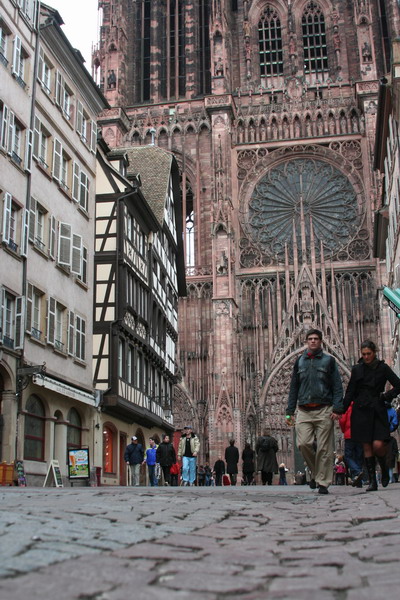
We also had the opportunity to climb the stairs to see the city from on high.
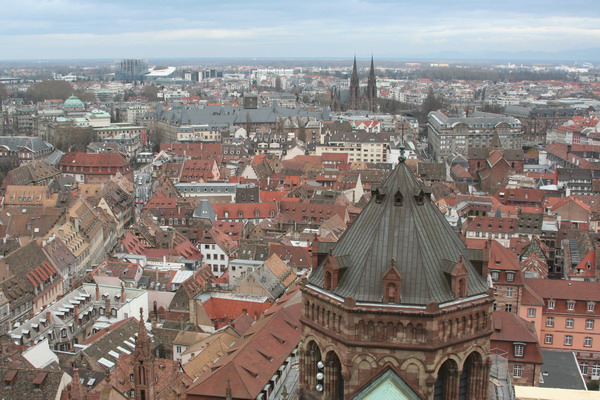

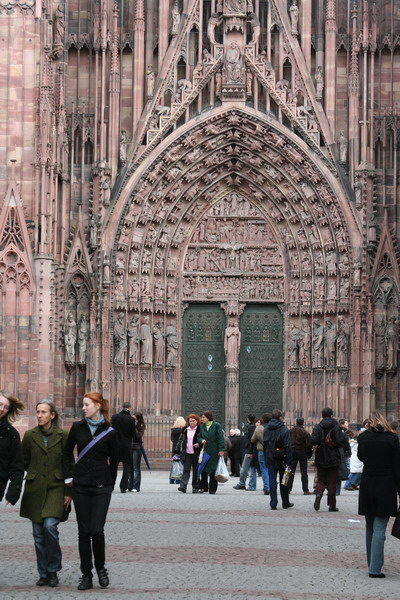
Inside, the Rose Window was amazing.
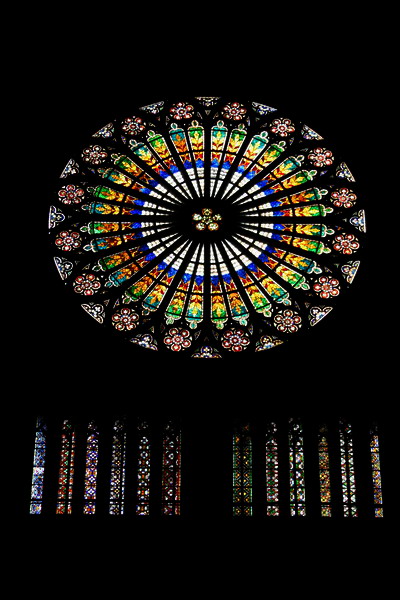
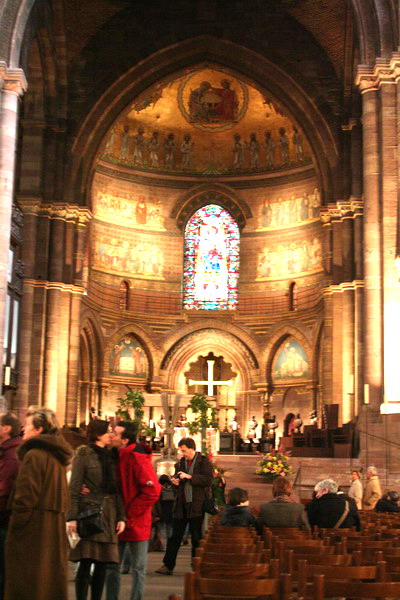
One of the highlights inside the church was this astronomical clock.
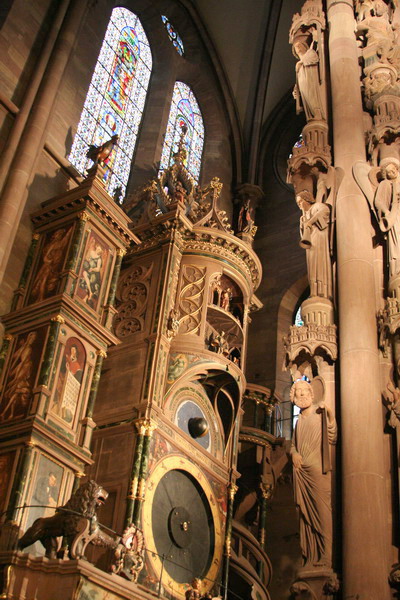
Every day the characters perform their parade at 12:30PM. It’s fascinating to see the different characters. You can tell which these are. Also, the clock was very advanced for its age and can determine when the Christian Easter is. For those who’ve wondered when Easter is, it’s the first Sunday after the 14th day of the lunar month after the vernal equinox (March 21st). Sounds complicated, huh?
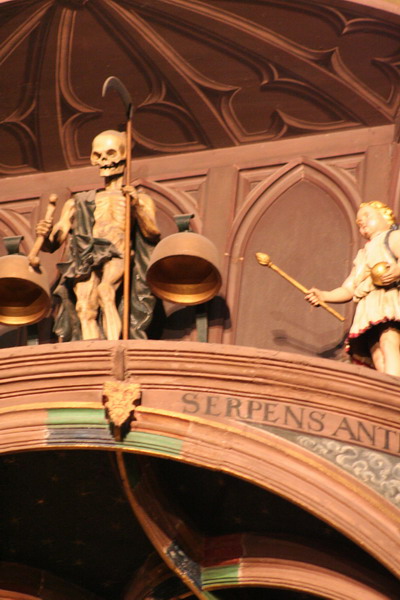
Next stop was in one of France’s most beautiful villages, Eguisheim. As you can see, we made the trip with our friends Jen and Andy. Our home for the night was a 200 year old bed and breakfast. The village was tiny, only about 1,500 people, but it was simply beautiful. Here are some images from our time there.
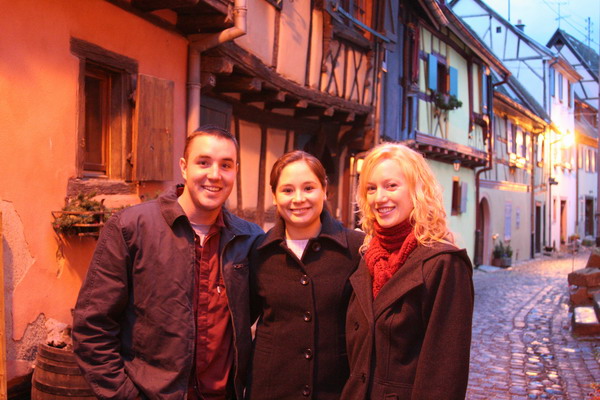
Here you can see a statue of Bruno of Eguisheim, who later became Pope Léon IX.
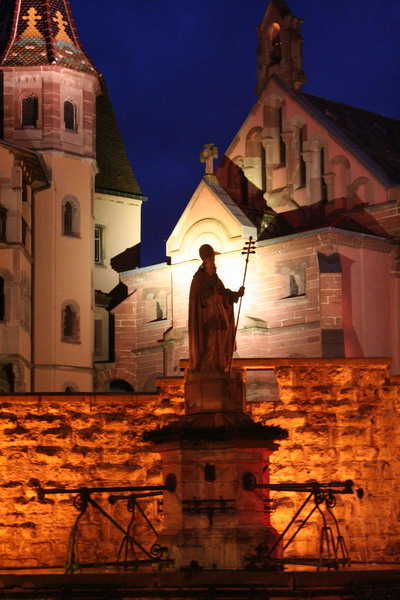
Ironically, this region is known as the sunniest (and least rainy) part of France.
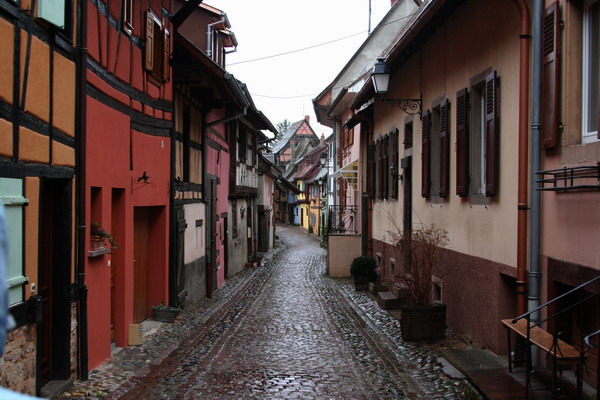
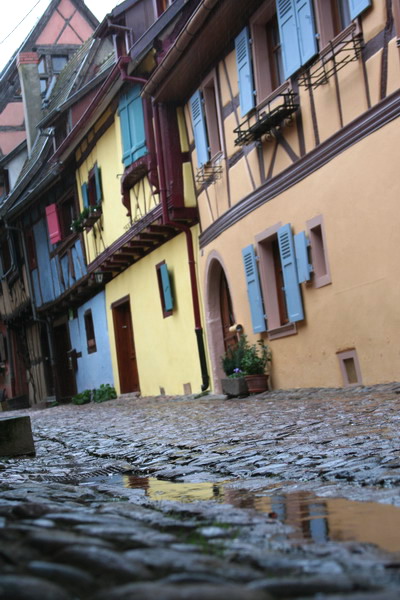
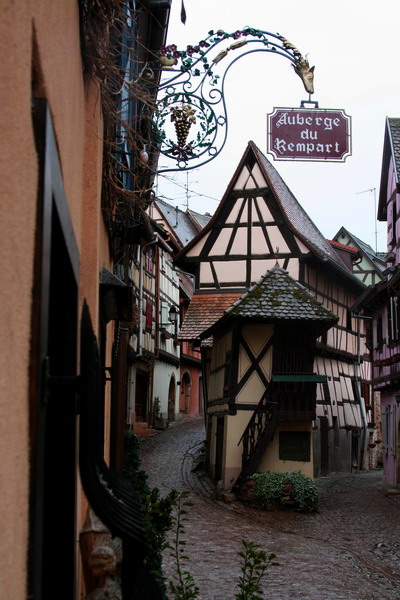
Here’s a nice picture of Jen and Andy.
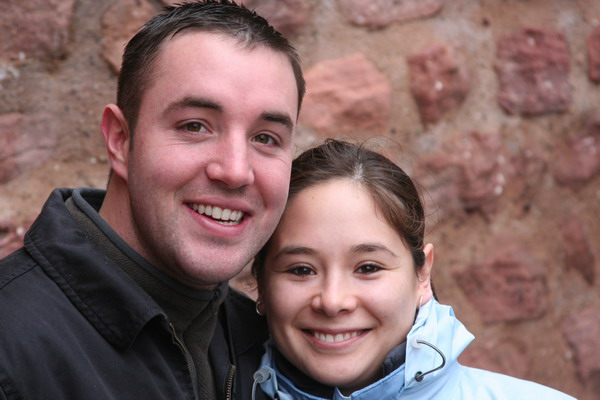
The mountains overlooking the Alsace Valley are the Vosages. Here, there are three castles or chateaus from the 11th and 12th centuries. They were destroyed many centuries ago, but are still quite spectacular. This was also Jen’s first castle experience.
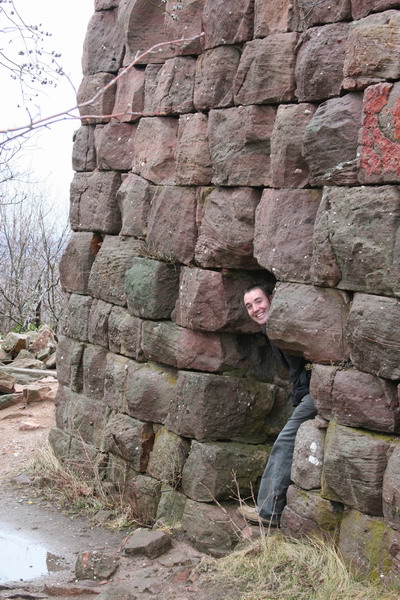
After playing in the ruins for a while, we noticed that were were close to the village of Munster. Of course, this is the namesake town for the cheese. However, this is NOT to be confused with American Muenster Cheese. The French version is quite aromatic. We liked it so much, that we had a whole meal of various types of cheese. It was delicious!
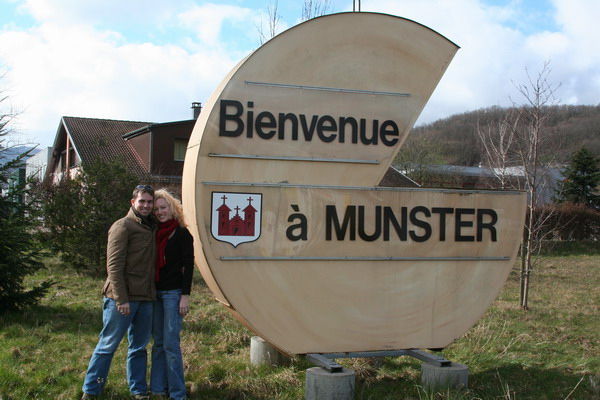
Another symbol of the region is the stork. While this species were nearly wiped out, local advocacy (on chimneys and rooftops) has permitted a resurgence.
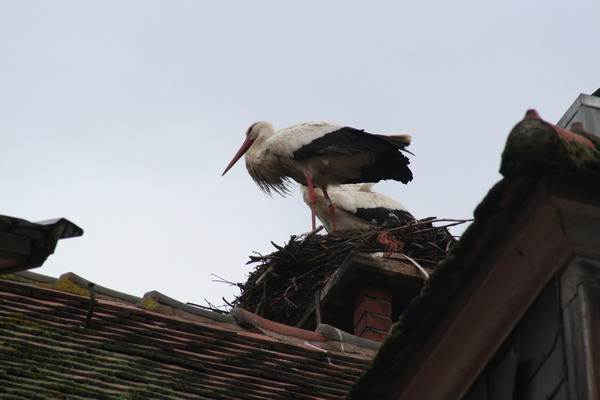
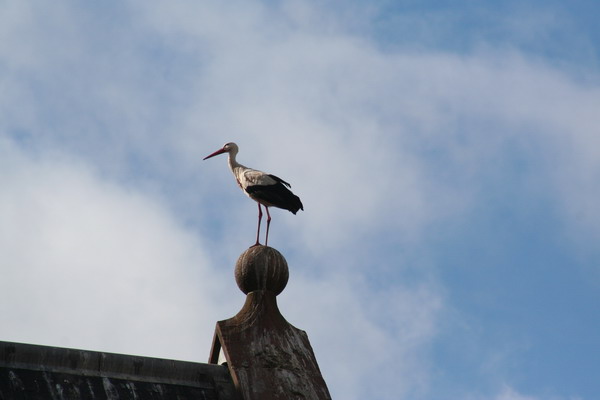
Next stop was one of the most famous tourist destinations in Alsace, the château du Haut-Kœnigsbourg. The German translation of the name is quite simply King’s Castle. This is a beautiful castle that was left to disrepair in 1648 again after the 30 Year’s War. That is, until the end of the 19th century when Kaiser Wilhelm II commissioned a Berlin architect to restore it. While it has been ridiculed for inaccurate restoration, it’s still impressive. The goal was to celebrate a medieval castle and its way of life. While the recreation may have been a bit romantic, it’s not entirely off base (and certainly awe inspiring).
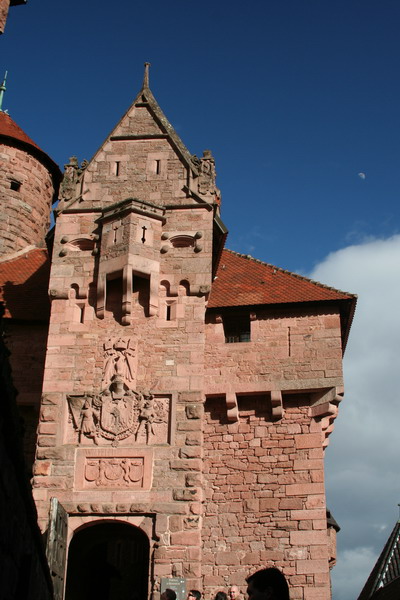
The moulin of the castle.
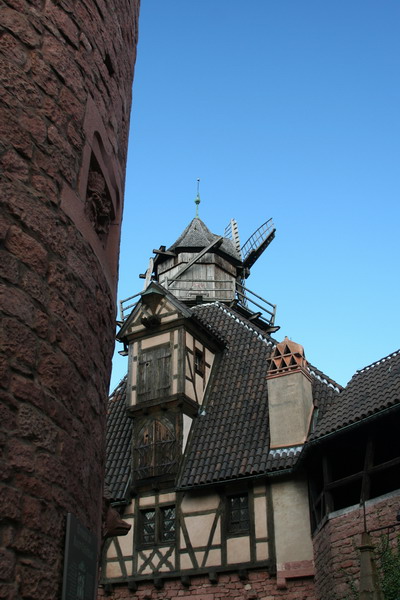
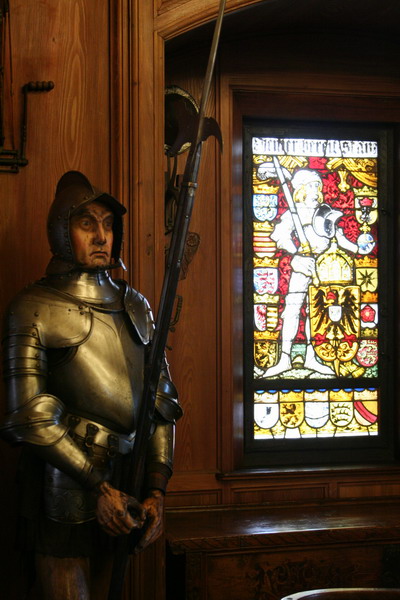
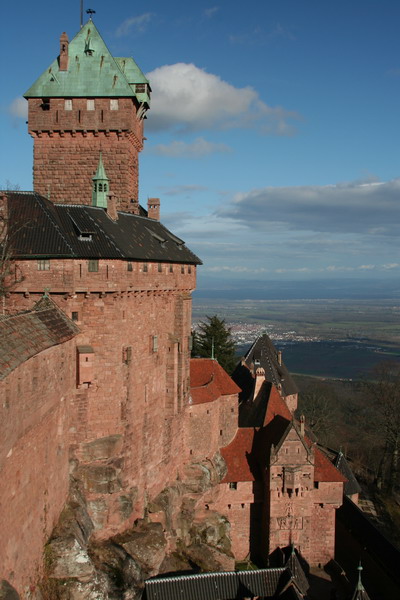
A typical castle ornament.
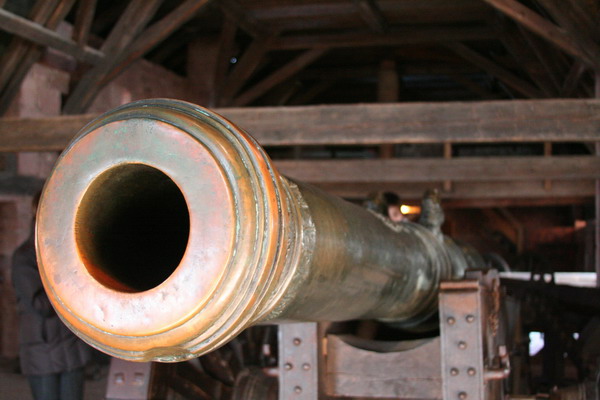
Hey, what’s down there??
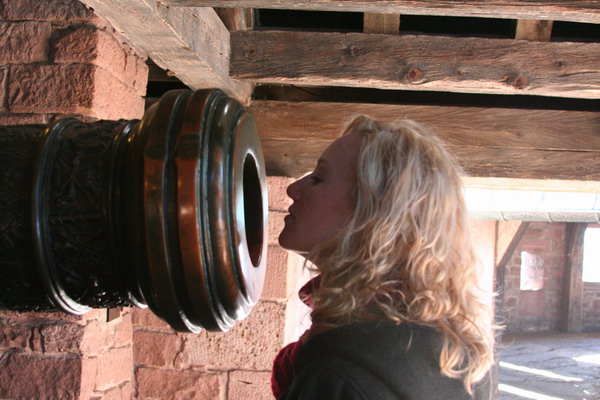
Andy capturing some nice images too.
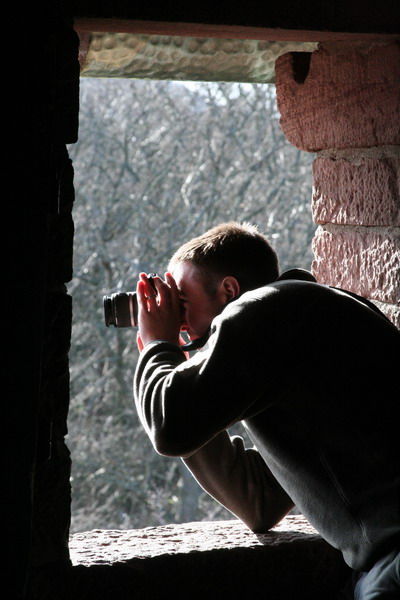
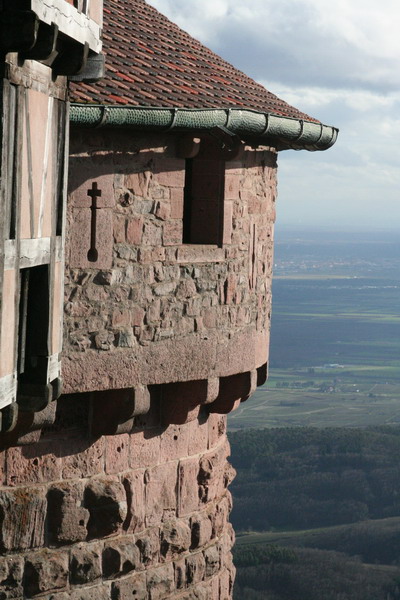
The final stop on our trip was back in the outskirts of Strasbourg. On our way down (Strasbourg is only a couple hours from our house), we found an advertisement for a chocolate museum. Since Anna is a choco-holic, we simply had to go. The presentation was nice and stepped visitors through the history and evolution of the cacao plant.
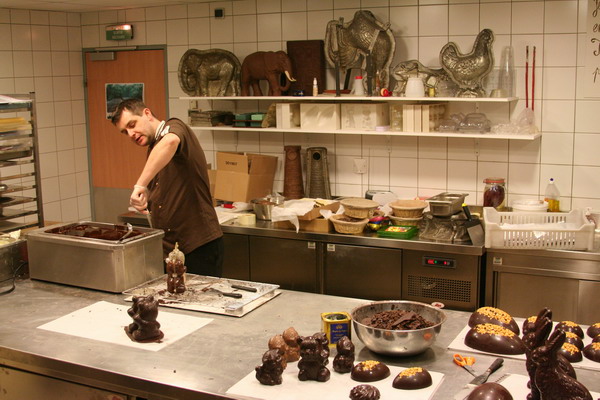
As you can see, they are gearing up for Easter.
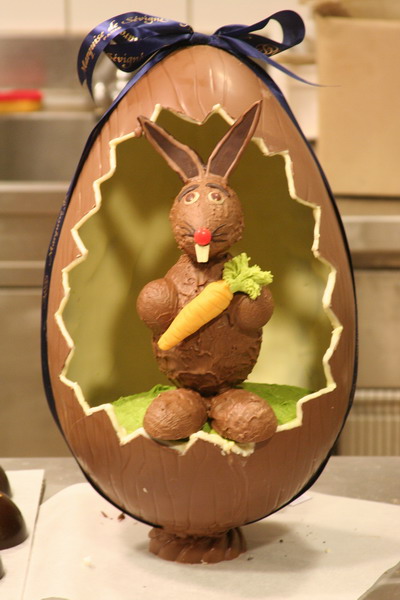
After the tour, we indulged in a little chocolate ourselves. We had four small cups of highly concentrated, semi-sweet hot chocolate. There were a variety of flavors you can add to it. My personal favorite was the orange (although my favorite combination remains chocolate and raspberry).
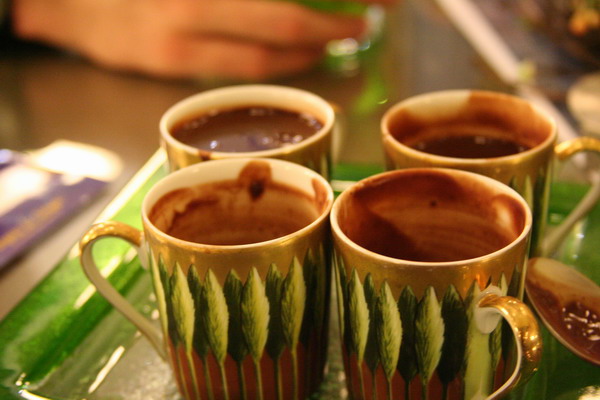
So, that concluded our phenomenal weekend with Jen and Andy. The Alsace region is even better in the summer, when flowers and grapes fill the valley. So, we’ll have to re-visit this region…
Until then.
–Jim
Karneval in Köln
This weekend, we went back to Köln. This time, it was not to see the museums or cathedrals. We went to take part in Germany’s Drei Tolle Tages (or three crazy days) holiday. It’s called Fasching or Karneval, depending on where you are. If you think you don’t know what that is… well, it’s based on the same thing as Mardi Gras in New Orleans or Carneval in Brazil. The five days leading up to Ash Wednesday (and Lent for the Catholic Church), are culminated by Rosenmontag (Rose Monday). Instead of Mardi Gras which is characterized by wanton sexuality (at least from what I’ve seen), this holiday is more free spirited. That said, you’ll still see strangers kissing total strangers on the street, just because it’s Karneval.
To explain a little more about the season, the holiday starts on the previous Thursday with Weiberfastnacht, or Women’s Fasching. Since I have the honor of working with a number of Germans, I got to see first hand what happens (at least sort of). The tradition (as far as I understand it right now), is for women to basically take over. They go around in groups offering to polish shoes, give sweets or other tasty delicacies, in exchange for a small donation. With that money, the group of women take themselves out to lunch. However, if you wear a tie… the other tradition is to cut it off. What happens to these ties, I don’t know, but the wearer is often compensated with a kiss. So, that Sunday, as the craziness was building, Anna and I decided to drive back to Köln, where we heard the largest party was taking place. While New Orleans is about the only city in the US you hear about for Mardi Gras, EVERY city/town/village has a celebration in this part of Germany. Even our little town of 500 people had a fairly extravagant spectacle. So, if you find yourself surrounded by people with masks or painted faces, about to kiss you, don’t worry, it’s KARNEVAL!
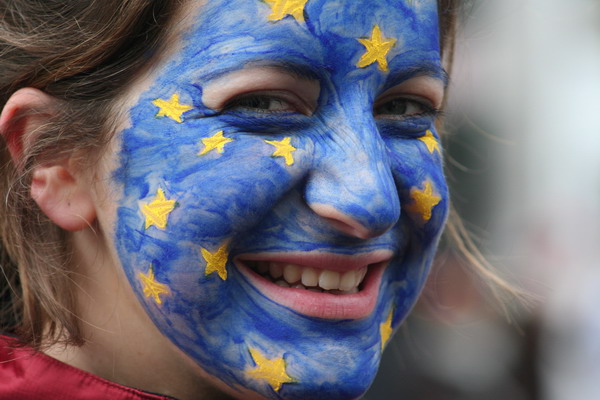
Back to our story: when we arrived on Sunday, we found a parade fully underway. That was a pleasant surprise until we realized that the parade route went right by our hotel and we were on the wrong side! Eventually though, we made it across and checked in. Apparently someone liked us as our room was on the fourth floor, right overlooking the parade. It made for a great viewing location!
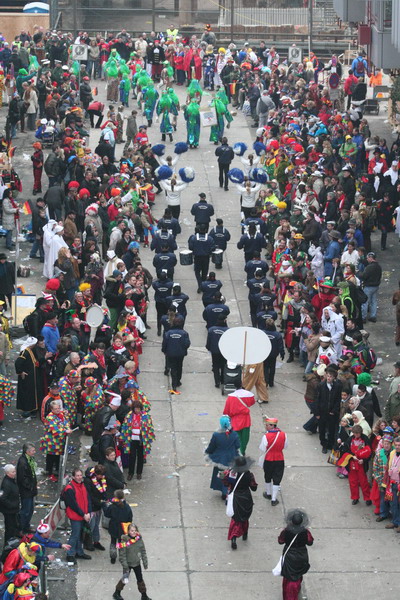
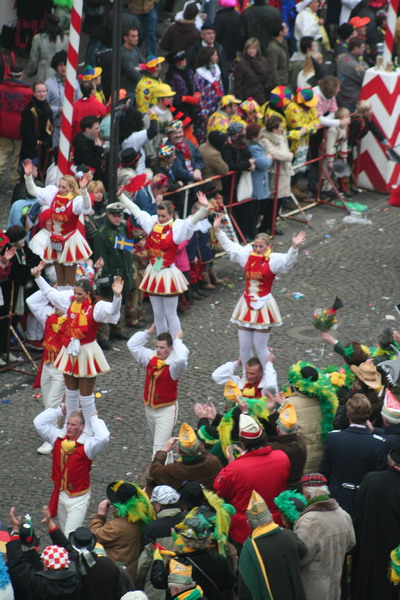
After the parade ended, we decided to wander around and watch the craziness for ourselves. The merry making continued into the next morning. We, however, didn’t make it out too late, but did find this nice image of the church.
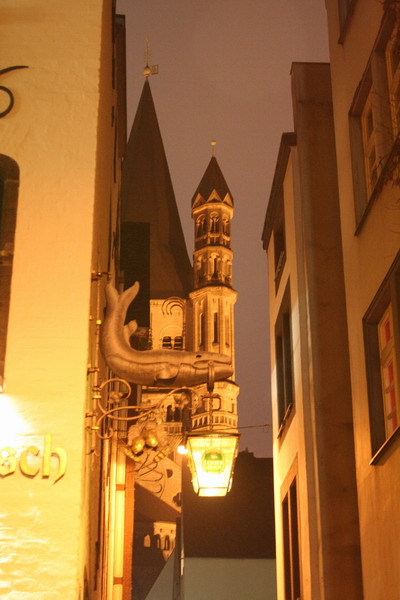
The next morning, we woke up, enjoyed a very nice continental breakfast (a true one). 🙂 Then out to wander through the parade route. Turns out, the route is rather long (about 4-5 miles), but snakes through the streets of old Köln. People were already out in the streets dancing, drinking, and staking out their spot for the parade, hours before the parade started. Apparently, there were over a million and a half people who came to watch the Rosenmontag parade. Some had very comfortable bleachers to sit in, but most were packed in the streets.
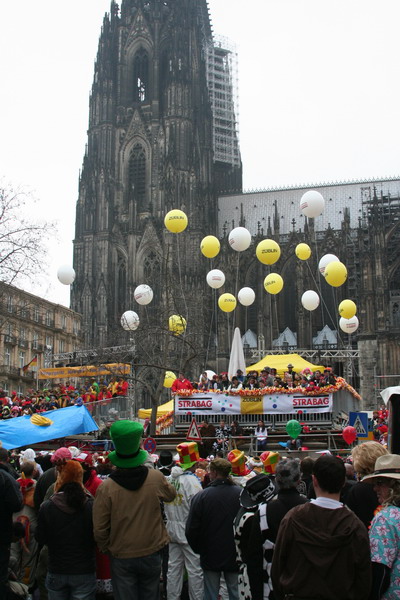
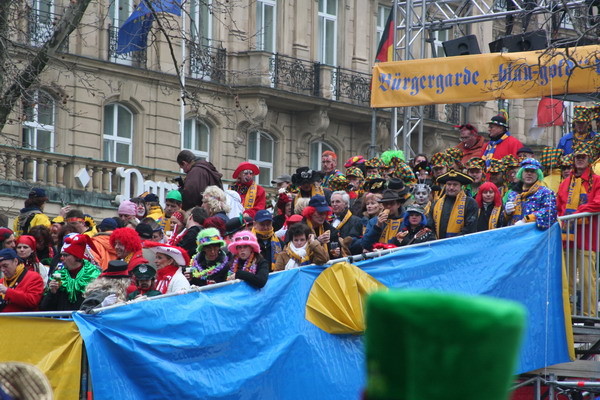
The parade reminded us of the American Thanksgiving Day parade, although perhaps a bit less commercial. Plus, the great thing about this holiday is that the spectators wear costumes as intricate as the paraders themselves. Can you tell which are from the parade and which were spectators?
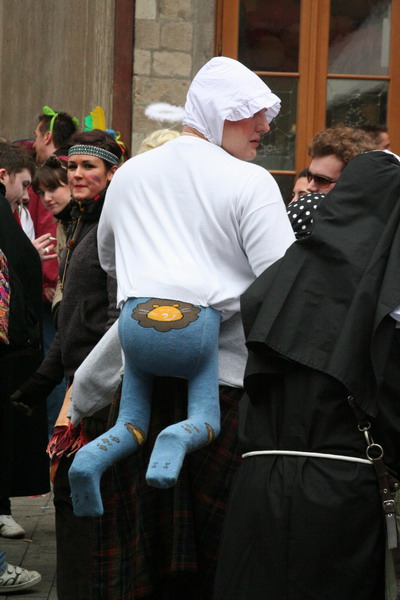
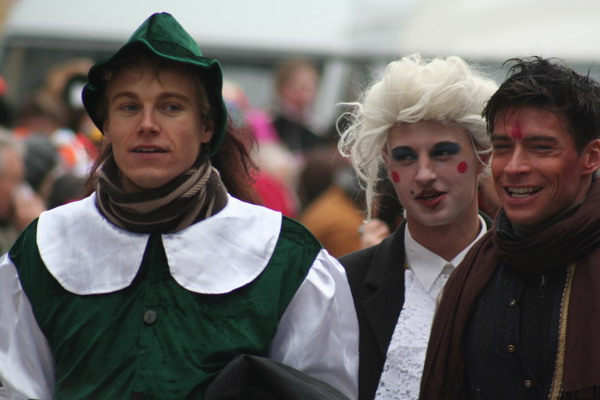
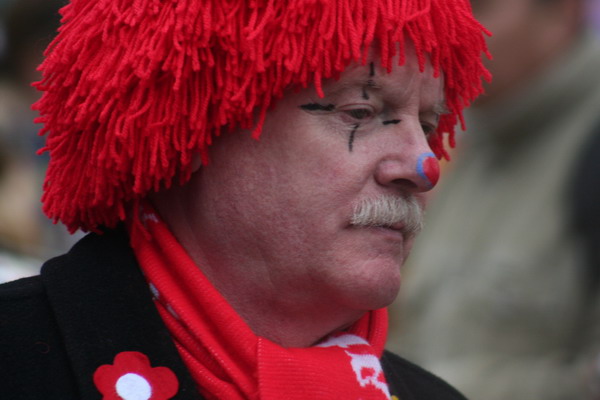
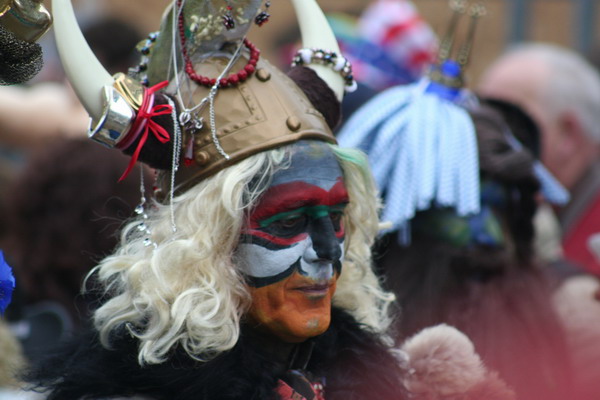
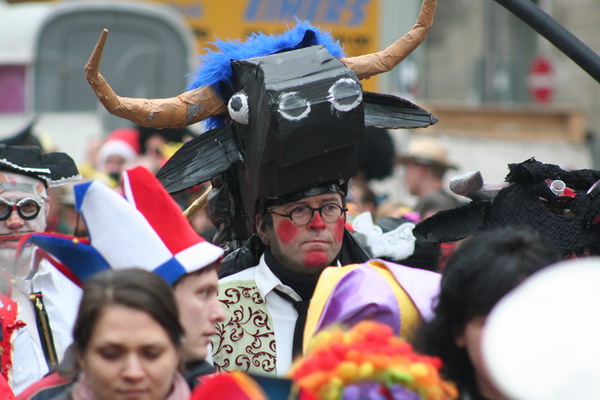
Only the first image were spectators, but EVERYONE was dressed up. In fact, I was one of the only ones that wasn’t. Anna was at least wearing her wig from Budapest. So, when these people saw me sans costume, they took it upon themselves to paint my face. I obliged and they decorated me with a smile and a lighthouse. It was very well done and I felt much more festive after being so decorated.
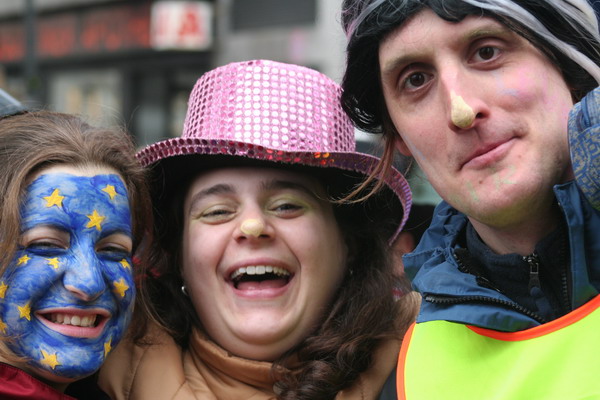
More images from the parade.
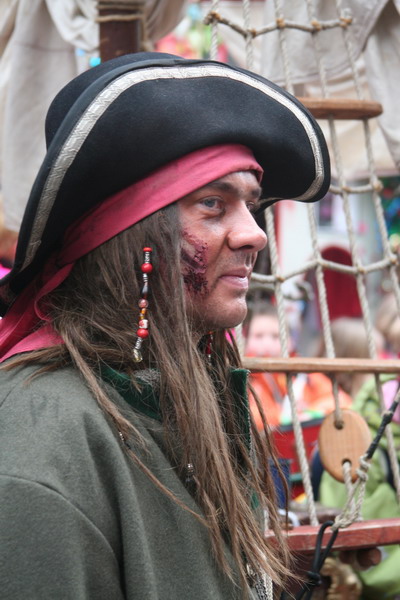
The parade dates back over 180 years to 1834, but celebrating fasching itself is as old as the city. It is a throwback to a combination of German, Greek and Roman celebrations to the Christian Lent season which seeks to recreated the suffering experienced by Jesus through fasting (or some sort of self deprivation). This is where the term carne vale, or farewell to meat came from. In the early middle ages, meat, eggs and dairy products were forbidden. This may have been partly for practical reasons. At this time of the year (at least as far as one of theories goes), the stores of food were either on the verge of spoiling or running low and needed to be consumed quickly.
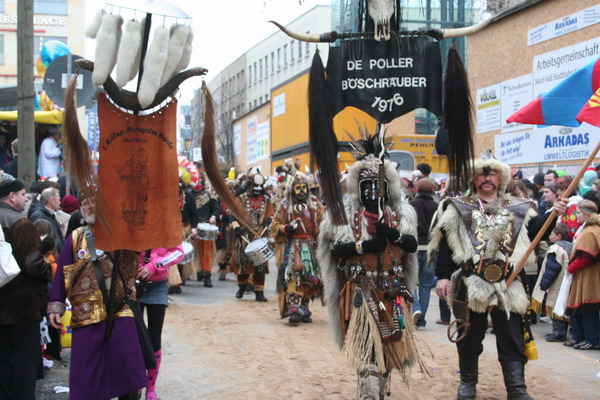
Of course, the Karneval in Köln is also based in satire. I can’t think of a much more satirical character than the pope in this image.
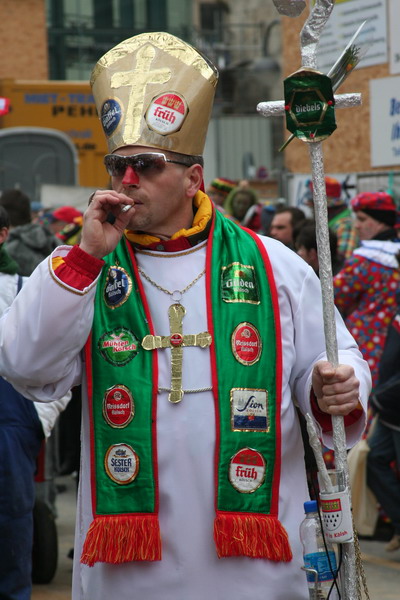
Everyone got involved…
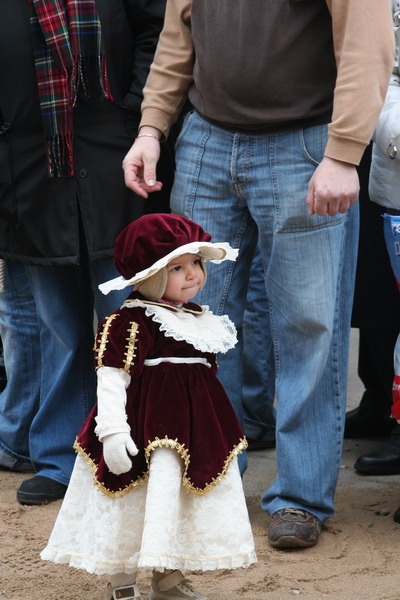
and I mean, everyone!
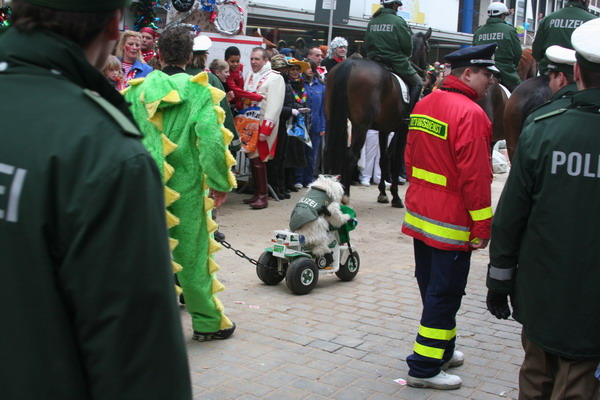
As you can see here, the people who passed by on floats liked to toss out chocolates to the crowd. These small pieces of candy nearly caused riots amongst the crowd as people struggled to get their hands on every piece that came their way. In fact, I had one chocolate bar land on my chest, only to have someone grab it off! Fortunately, Anna and I weren’t in the market for more chocolate (we still have some from our trip to Belgium).
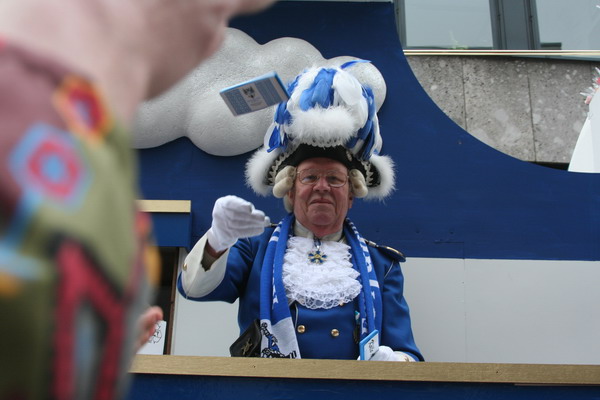
The second most popular item to hand out to the parade watchers were flowers. This man just finished handing a flower to a girl right in front of me. His expression says it all…
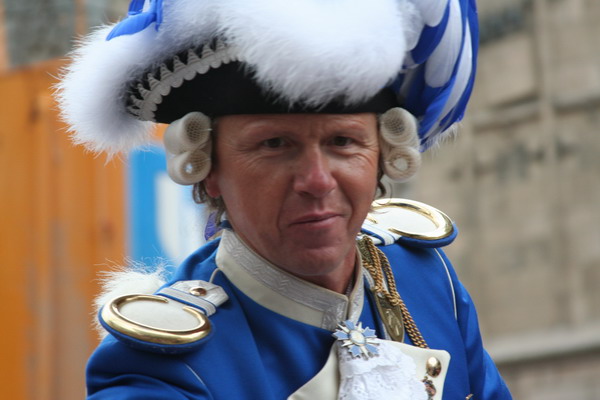
There are also hundreds of bands that play lively music as they march through the streets.
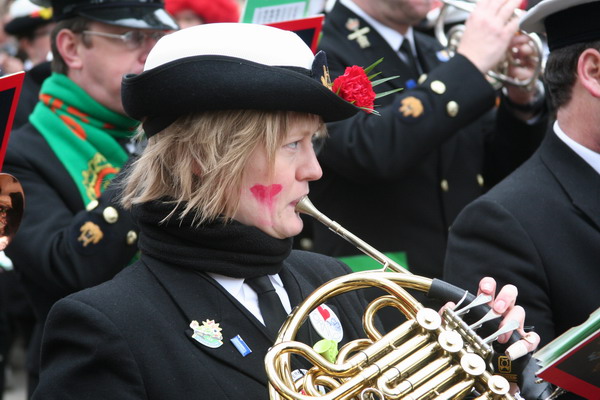
This image gives you an idea of what the floats look like.
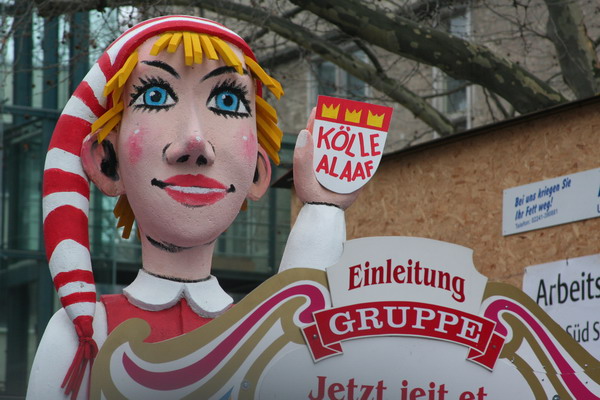
The clown brigade marches on.
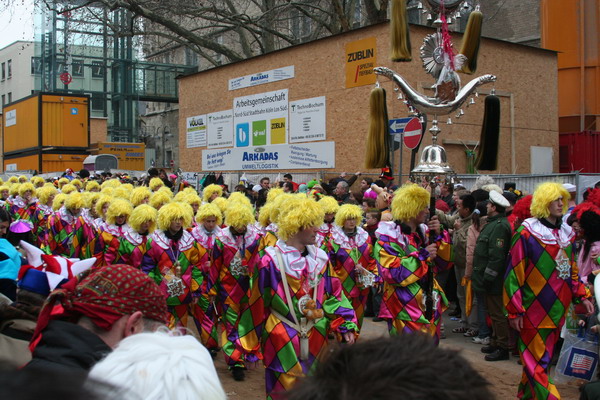
More floats, while perhaps not as large as the ones in New York were still very interesting.
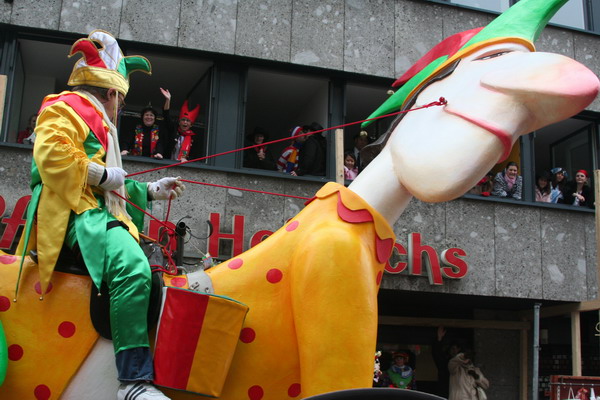

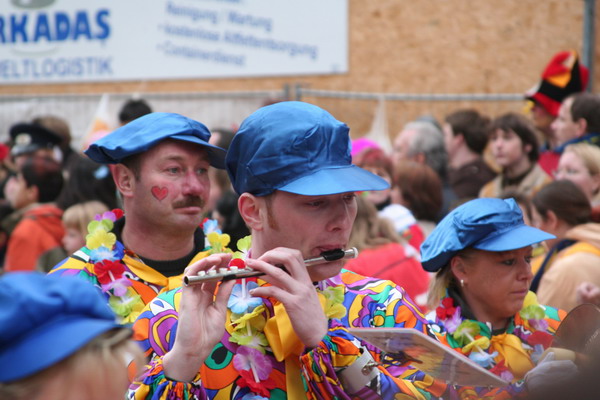
Again, this is a holiday for the whole family (unlike Mardi Gras).
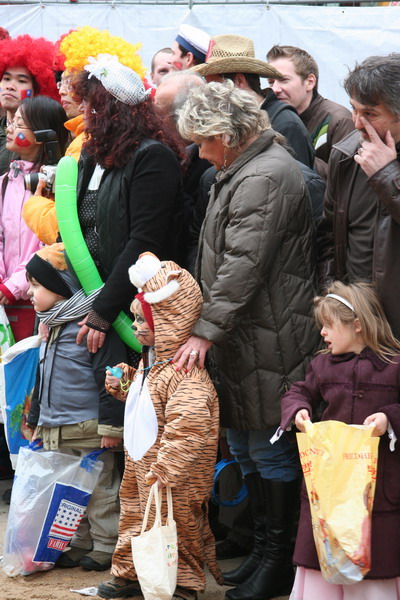
The German Version of the Good Year Blimp. This particular one is for an inexpensive German airline.
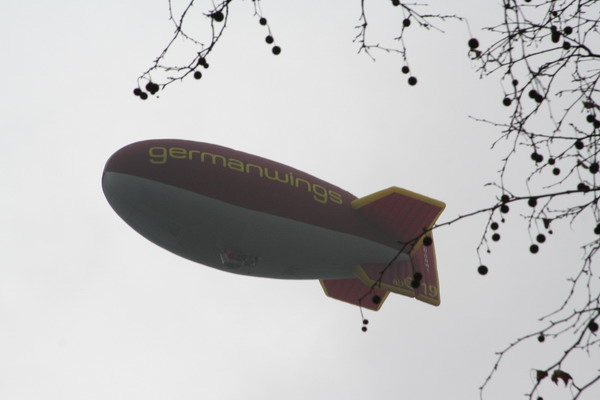
It seems that everyone was very friendly. We met these girls standing along the street watching the parade as well. The twins are from Bavaria and informed us that while Köln has the best Karneval, Munich has the best Oktoberfest. Perhaps, they will invite us to see their celebration there as well.
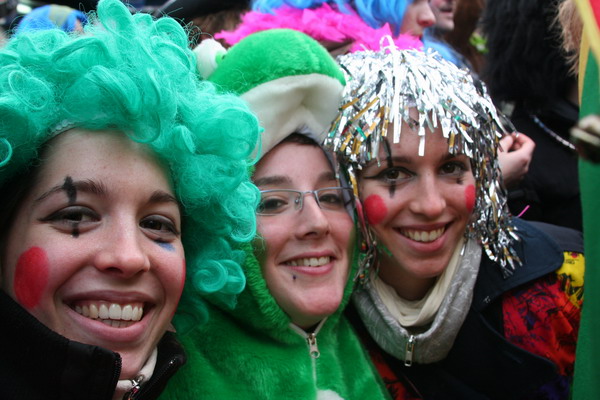
Our experience at the Köln Karneval was a great introduction. We love seeing glimpses into this new culture. We can’t wait for more!
Until then…
–Jim
Africa
OK, let me start with: this post is atypical and REALLY long. I am posting images that were originally film. These are from my trip to Africa back in 2001. However, the overall experience was an epiphany for me. Although I had traveled abroad before, it was on this trip that I discovered my love of learning about and understanding different cultures. The first vehicle for this discovery was a trek up Mount Kilimanjaro. For those who aren’t familiar with this mighty peak, it’s about 200 miles south of the equator in the sub-Saharan African country of Tanzania. It was probably first made famous in the collective mind of the western world by Ernest Hemingway and his novels about the mountain and native peoples and colonial life in Africa.
My cousin, Chad, joined me on this incredible journey of discovery. As you can see here, we began in a tropical jungle. It was interesting to note that the trail was better maintained than many roads in Tanzania.
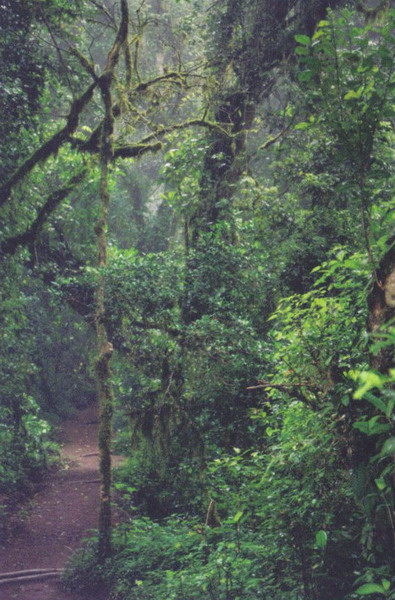
We soon emerged into a more traditional alpine steppe. In fact, we went through a number of climatic zones, with a glacier on the very top (the picture is later). 🙂 This was one of our first views of the peak.
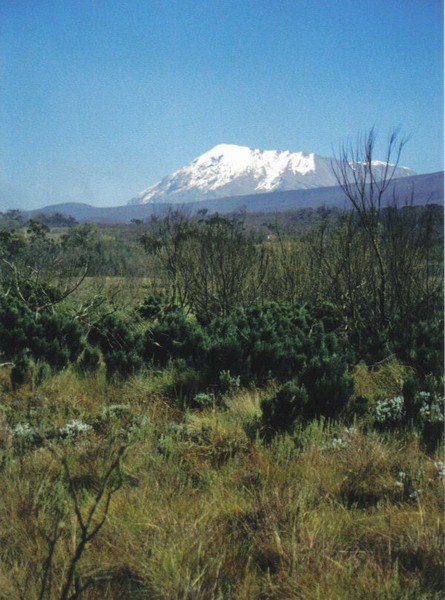
We climbed the traditional Marangu route. This is the most common route, which took us 5 days, and is consequently known as the Coca-Cola route (probably because it is the most popular). In this image, we are looking back of one of the camps we stopped at. Even though this is not that high, it’s already above the clouds. That is because Mt Kilimanjaro is the largest free standing mountain in the world. It rises to a height of 5,895 meters (19,340 ft).
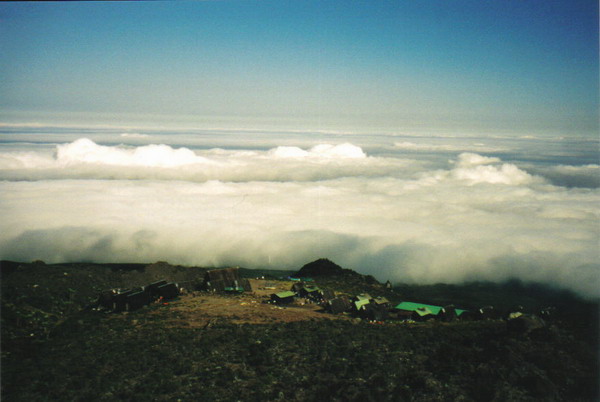
You can see in these next two images we stopped to take a break at an altitude that was almost as high as the highest mountains in the lower 48 states of the US. You can see we’re at about 13,500 feet above sea level and for reference, the highest peak in contiguous US is Mount Whitney in California at 14,505 feet. In fact, later that night, the hut we stopped at (the Kibo Hut) was about at 15,500 feet.
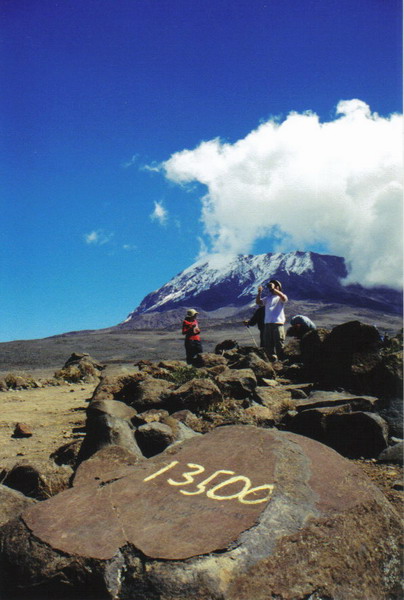
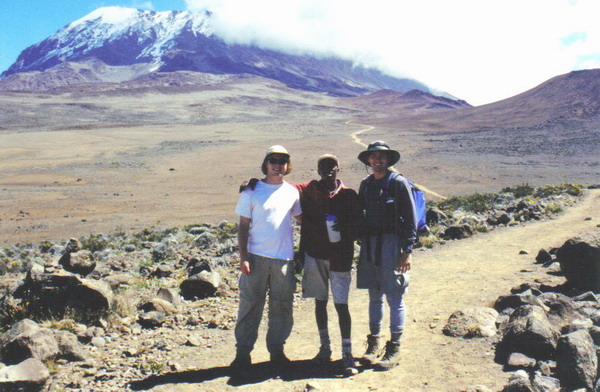
We left Kibo Hut at about midnight for our final ascent to the summit of Mount Kilimanjaro. The goal was to reach the peak by sunrise. Unfortunately, our guide didn’t quite time it right and we were a little below the crater rim (Kili is also a volcano with magma active only 400 meters below the summit … although it is still considered dormant). This is an image of the glacier on the crater. Although it has diminished in size over the last few years (some people attribute that to global warming), it is still very pretty to see. Keep in mind that we’re only 200 miles south of the equator!
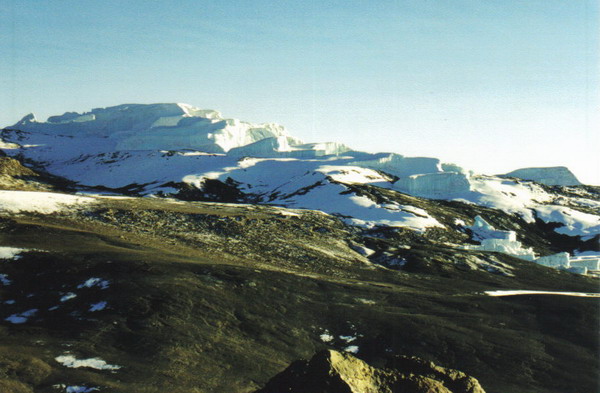
This is the highest point I’ve been (and still in contact with the Earth) at just over 19,000 feet.
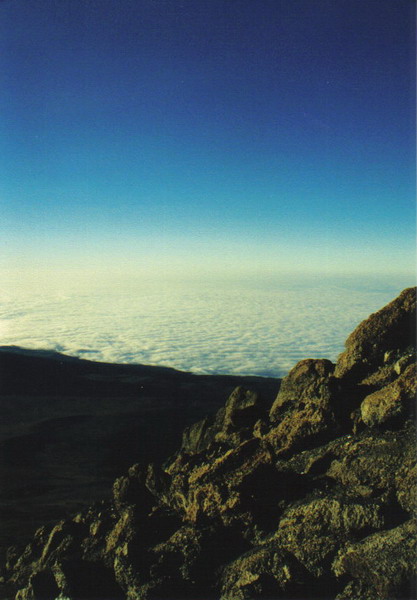
After our successful climb of the formidable mountain, we went back to the city of Arusha. We stayed in the city for several days with the family of one of my classmates in college. This was a great way to get a feel for local life. We explored the markets and sights of the city. In many ways it is a modern city. However, since there is a fairly small middle class in this city of 270,000, all the people who would normally work in offices, were out in the streets. Many people were subsistence farmers or laborers. However, while their income was perhaps meager compared to the industrialized world, everyone we met was quite happy (or at least so it appeared to us). One thing both Chad and I wished we had brought were pens. All the children seemed to be in want of writing utensils and I lost count how many times we were asked for them. So, if you happen to travel to the region, remember to bring something small to hand out to the children!
After we had recuperated sufficiently (about three days), we headed out to Serengeti National Park. On the way, we stopped by a Masai village. It was a fascinating interaction. Although I am sure there are many tourists who visit these semi-nomadic people, we were the only ones there that day. The Masai are one of the 128 tribes that make up the people of Tanzania and are the only ones who have largely resisted western influence to adhere to their traditional dress and lifestyle. Perhaps that is why they are one of the best known tribes
of Africa.
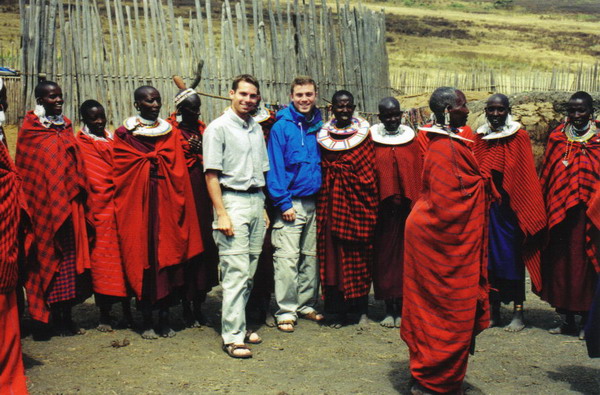
The villagers came out to sing and dance. The men were singing about the joys of marriage and their dance included jumping as high as a NBA superstar.
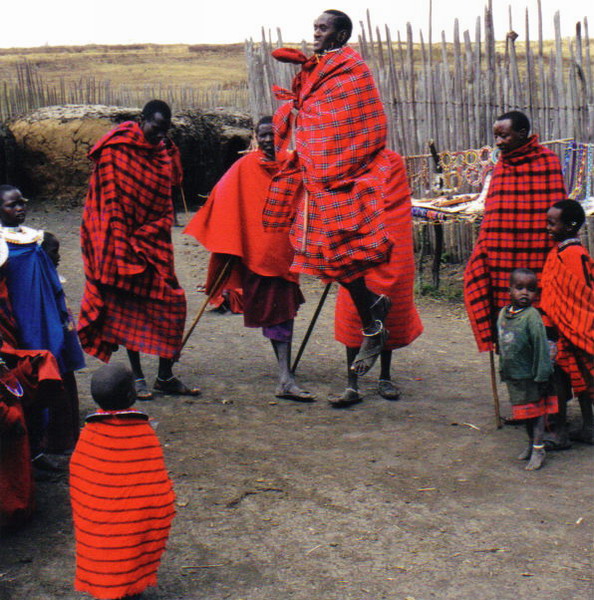
We had a chance to talk to the chief/leader (he was elected by the village) and he showed us his home. The huts are made of mud and cow dung. He shared with us that on special occasions, they would drink milk from their cows and mix it with a little blood. Yum.
Although the flies are ubiquitous, people and animals seem to have grown accustomed to them.
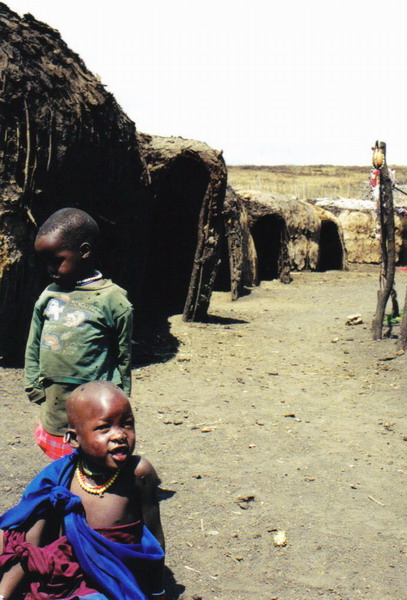
After we left the village we made our way over to Serengeti National Park with the most incredible display of wildlife I have ever seen. In fact, the experience has ruined me from ever enjoying a zoo again. It was truly spectacular to see these amazing creatures in their native habitat (relatively) undisturbed by human influence. Chad and I headed out with our driver/cook and guide in the quintessential safari vehicle: a Land Rover with an open top to stand and watch the wildlife.
The “Big 5” of the Serengeti are 5 species of wildlife that are most sought after:
1. Lion
2. Leopard
3. Rhino
4. Elephant
5. Cape Buffalo
The only species we didn’t have the pleasure of watching was the rhino. In fact, my favorite animal wasn’t even on the list. It is the cheetah (or Duma in Swahili). As I recall, we saw five or six of these magnificent predators on our safari.
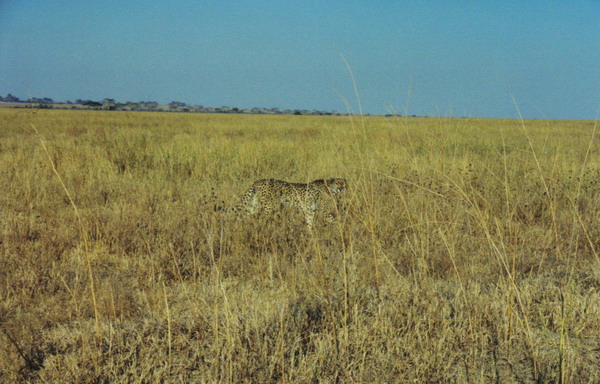
How much Swahili do you know? I bet you at least know how to say lion. It’s simba (just like the character in the movie) and no worries is actually hakuna matata (literally translated it means “there are no worries here”).
Lions truly are the kings of the Serengeti. They have no fear of any other animal (including humans). You can clearly see the lion’s powerful muscles in this adolescent male.
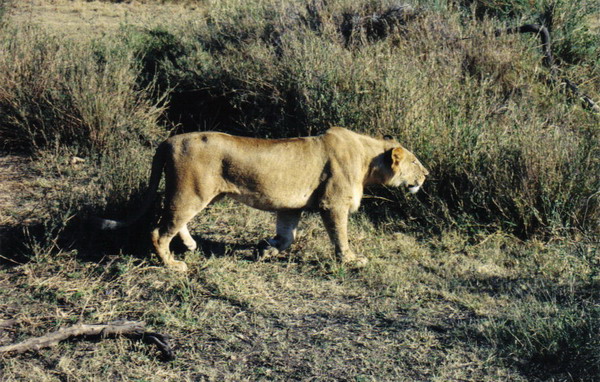
This is a group of male impala (much more fun to watch than the version produced by Chevrolet).
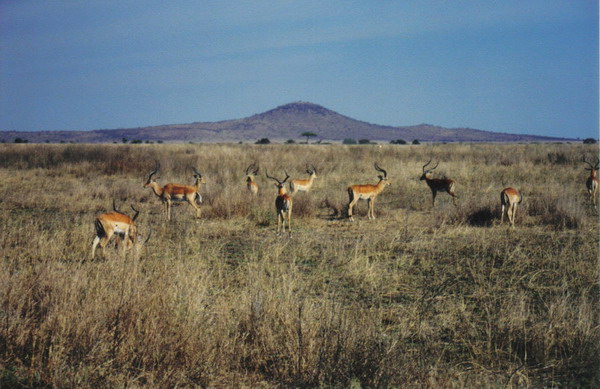
These plains elephants were also fun to watch saunter through the Savannah.
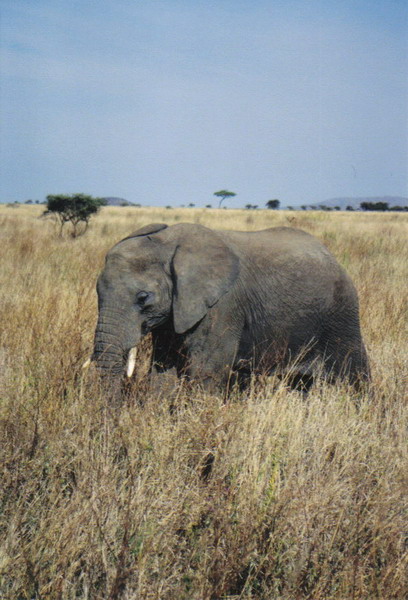
This is one of the few places we got out of our vehicle. We watched these hippopotamuses in the water. The name hippopotamus means “river horse.” We saw many of these animals on our trip and on land they looked large and lumbering, but in the water, they were perfectly at ease. However, since they look fairly docile on land, people have a bad habit of approaching too close. Although they are most at home in the water, hippopotamuses can be very aggressive. This combination has made them the most deadly creatures in Africa. So, don’t get too close!
This group stayed together as for protection, with the young ones in the middle. When crocodiles (7-8 were resting on the bank) got in the water and swam too close, the hippos jumped as a group to warn the crocs that they were getting too close. This one shows his imposing dental array.
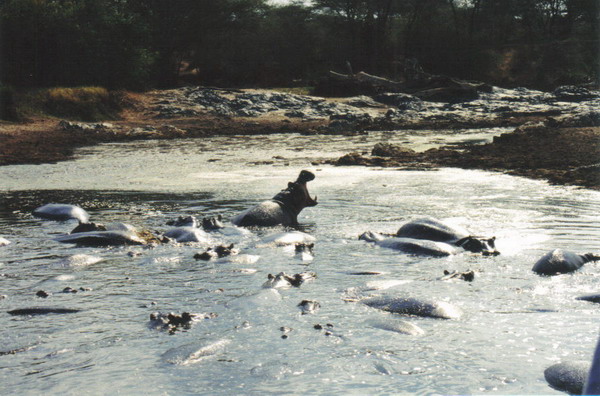
The tallest land animal, with his two meter (six feet) long neck needs no introduction, but it’s interesting to note that it has the same number of neck vertebrae as humans with six.
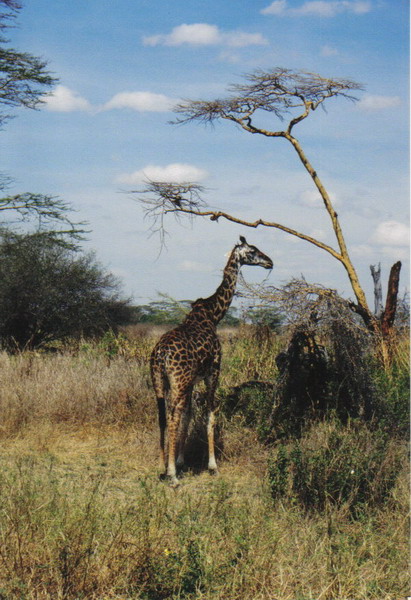
This zebra stopped and posed nicely in front of an acacia tree.
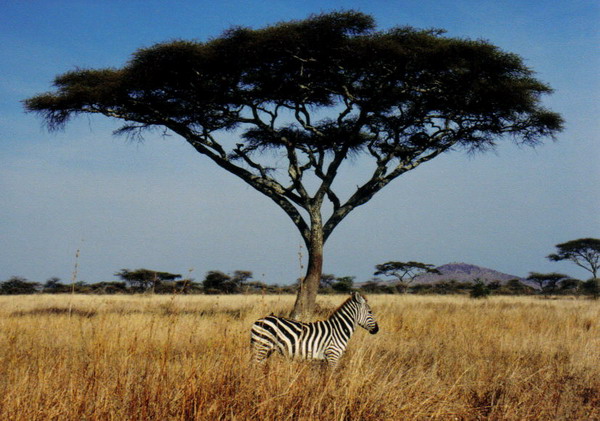
These lionesses are certainly the queens of the land. The scariest experience (for me at least) on the whole trip happened while we were camping out on the plains of the Serengeti.
Imagine this, we were in a campsite with a ring of tents about 50 meters across. The tents were made of the normal, thin nylon fabric. As our cook was preparing the meal, Chad and I decided to take a walk around the area to explore a little. As we walked away, our guide mentioned that if we left the safety of the circle, we would be dinner for the animals. So, we quickly reconsidered the scope of our exploration. When night fell and we were ready to turn in for the night, our guide explained to us that he and the driver/cook would sleep in the vehicle and if we had to go to the bathroom during the night, we should just open the tent and relieve ourselves out of the door, but not leave the tent, lest we risk our lives. But, we were not to worry too much, because the animals wouldn’t come through the very secure nylon of the tent.
With that thought in mind, we went to bed. Throughout the night, I awoke to the sounds of animals walking right past my head (just on the other side of the sturdy nylon wall). Then, the scariest sound I’ve heard came from what sounded like right across the camp. It was the cry of a lioness as she patrolled her vast territory. Although I thought she was right outside our tent, it turns out she was about three kilometers away. That knowledge didn’t allay my concern at night though!
Here are a few of those lionesses, perhaps one was the one I heard…
Next stop on our itinerary was a visit to the Olduvai Gorge in the Great Rift Valley. The gorge is one of the most important sites of paleoanthropology in the world and is often considered the cradle of mankind. Here the Leakey family has done a great deal of significant research throughout the 20th century (and work continues to this day). Interestingly, it is here that the oldest evidence of human consumption of mammoth was found. This dates back 1.8 million years ago to Homo Erectus.
After our journey through the Serengeti and the Olduvai Gorge, we headed to another natural wonder, the Ngorongoro Crater. It is a volcanic mountain that collapsed in on itself 2 million years ago, creating a effective barrier to the outside world. The rim of the crater stands 600 meters above the crater floor. The sides are incredibly steep and provide a great vista of the world’s largest unbroken caldera and home to over 30,000 animals. Unfortunately, I don’t have any pictures from the top, nor the beautiful lodge we stayed in, the Ngorongoro Crater Lodge, perched right on the rim. I think the best part of staying there was the hot shower we enjoyed. Although we had been able to bathe regularly, this was our first “western” shower in over two weeks.
On the crater floor, we followed the hyenas to the wildebeest they had killed. It was also an interesting social lesson. If lions had been present, they eat first (even if they didn’t kill the prey). Next, (and the hunter in this case) were hyenas. After they had their fill, the vultures and smaller carnivores picked the bones clean. It was a fascinating process and we were captivated as we watched the drama unfold.

There were numerous large herds of Cape Buffalo as well. Our guide decided to take us right through this long caravan of them. They looked a little resentful of the interruption (and perhaps wasn’t the nicest thing for us to do), but we continued on the road and the herd soon got back together, with no further apparent concern.
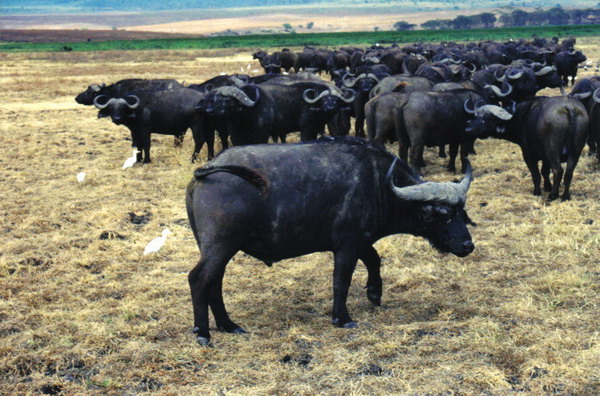
This zebra was kind and stopped to pose for the camera as we passed by.
These zebra butts were a fitting end to the safari. 🙂
We again returned to Arusha for a little more shopping/bartering, then another scary bus ride (in a 15 person mini bus) back up to Nairobi for two more days of adventure. We had spent a day there on the way down as well. This time, Chad and I went to probably the best wild game restaurant I’ve ever been to: the Carnivore. They brought us a never ending supply of meat from the animals we had just seen on the safari. We ate and ate and when we finally were satisfied, we laid down a flag to signify that we had had enough (reminded me of surrendering). My personal favorite meat was the ostrich. Nairobi is an interesting city of over 4 million residents, but it is a little scary to walk down the streets. We heard from many people that we were liable to be robbed if we walked from site to site, so we opted for a taxi and had no problems at all. After the two days there, Chad returned home and I continued on to Egypt.
My trip to Egypt was unique in that it was my first overseas expedition I undertook by myself. However, I have to admit that I opted for a tour that was just about all inclusive. A guide or driver was with me almost all the time. Since I had less than a week to explore, I also chose to stay in Cairo. Next time, I would love to go out to the Red Sea for a little SCUBA, and down the Nile to more fully immerse in the culture.
Of course, the highlight of my time there was seeing the Great Pyramids on the Giza Plateau (just outside of Cairo).
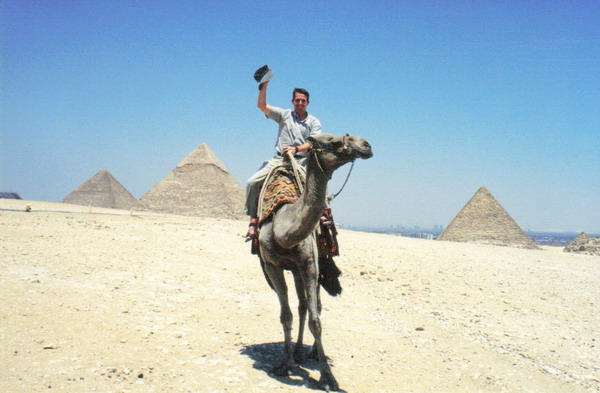
Of the Seven Wonders of the Ancient World, this is the only one remaining. If you’re curious, here is the list which was finalized in the Middle Ages:
1. Great Pyramid of Giza — a tomb for the Egyptian Pharaoh Khufu built around 2560 BC (that’s over 4,500 years ago and it was the tallest structure in the world for 43 centuries!)
2. The Hanging Gardens of Babylon — built on the banks of the Euphrates river by King Nebuchadnezzar II, believed to be 50 km south of Baghdad, Iraq, but very little is actually known about the gardens although they are thought to have been built ~600 BC.
3. The Statue of Zeus at Olympia — the giant statue of the Greek father of the gods, survived from 450 BC – 462 AD when it was destroyed by a fire.
4. The Temple of Artemis at Ephesus — a beautiful temple built in honor of the Greek goddess of hunting and wild nature built in 550 BC and destroyed by an arsonist in 356 BC (on the same night Alexander the Great was born. It was rebuilt, but finally destroyed in 401 AD.
5. The Mausoleum at Halicarnassus — a tomb constructed for the Persian King Maussollos, built in modern day Turkey around 350 BC. It was dismantled by invading crusaders in 1522 AD to build their castle, which still stands today.
6. The Colossus of Rhodes — colossus of Helios the sun-god, erected by the Greeks near the harbor of a Mediterranean Island, built in 282 BC until toppled by an earthquake 226 BC. It was further dismantled and sold in 654 AD. It is possible that this 33 meter high statue inspired the artist who created the Statue of Liberty.
7. The Lighthouse of Alexandria — between 115 – 135 meters high and built around 250 BC, surviving until swept away by earthquakes and construction of a new fort in 1480.
The tomb of the Pharaoh Khufu was simply magnificent. You can see in this image, the blocks of stone are enormous. They are as much as 80 tons each. When Napoleon’s army visited at the turn of the 18th century, his engineers estimated there were enough stones to build a three meter high wall around all of France. In fact, it is nearly perfect in its construction. Its base is a perfect square with a mean error of only 58 mm and 1 minute in angle. Also, the sides point to each or the cardinal directions and interestingly, the side that points north is not to magnetic north, but to true north. The height of the great pyramid was 146.6 meters high, when its polished marble casing was still intact. The exterior of these buildings is spectacular, but the interior was only intended to house the remains of the pharaoh. I toured the inside of the smallest of the three, the Pyramid of Menkaure. It was impressively austere inside, although a fascinating tour.
The builder of the third (and smallest pyramid of the great three) is also thought to have built the Great Sphinx. Although this half man, half lion statue is one of the largest single-stone statues in the world, guess how tall it is?
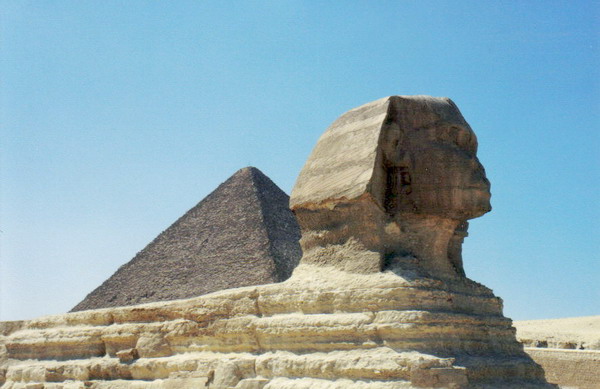
From the base to the head is 65 feet. However, the part that is visible is only 10-15 feet high (as you can see below). While it was very impressive to know it is so old and carved from a single stone, it was much smaller than I expected. Perhaps because the perspective is often with the sphinx in the extreme foreground and the Great Pyramid in the background, it appears nearly the same height. My misconception was so great that when my guide said, “And here is the Great Sphinx” I replied with, “really?? But, it’s so small…” Hopefully, if you go see it, this will better prepare you to appreciate it. Also, I watched a laser light show on the side of the Sphinx that was most interesting and informative (I highly recommend it).
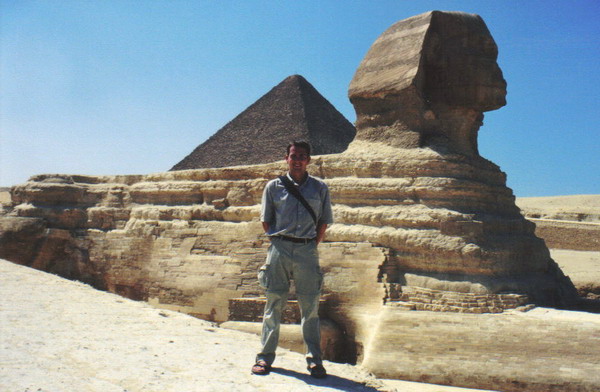
This perspective gives you a better idea of the relative sizes of the two monuments.
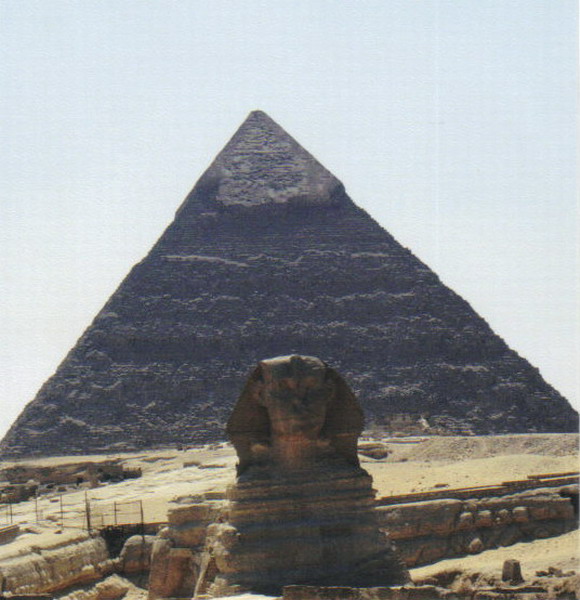
With that, I concluded my grand first tour of Africa. I subsequently returned to Tunisia in 2004, but this was the great awakening of my passion for travel and cultural understanding.
–Jim
Köln (Cologne)
Today, Anna and I drove 90 minutes north and toured a little of one of the cultural centers of Germany, Köln (or Cologne in English). Downtown is one of the most famous (if not the most) architectural icons of the country, the Köln Dom (or Cathedral).
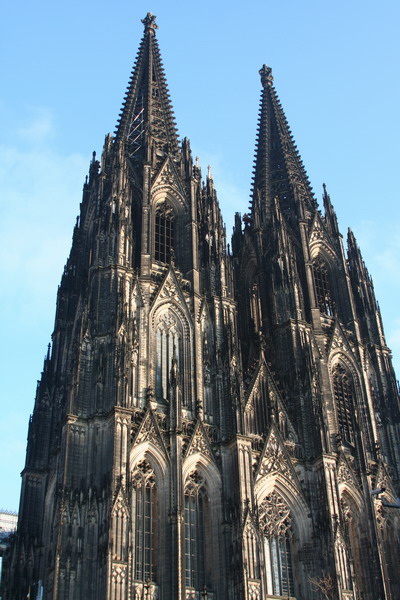
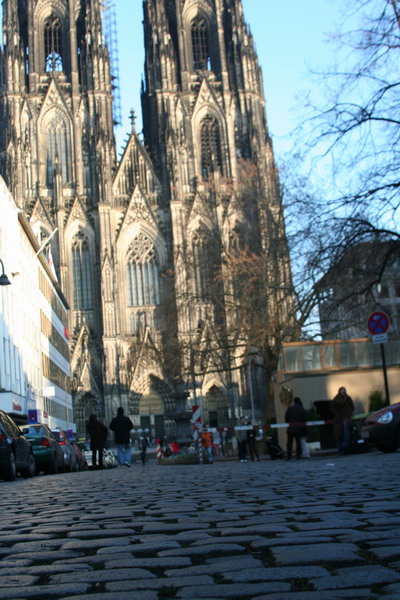
Inside is just as amazing.
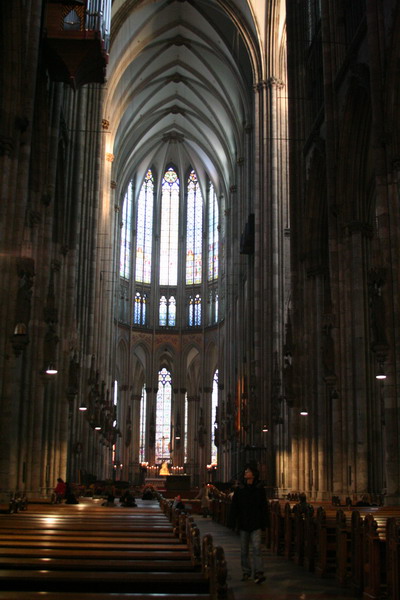
Construction was begun in 1248, but the cathedral wasn’t finally completed until 1880 (that’s 632 years later!). In fact, for a while, its status had sunk so low it housed horses. However, during the mid-nineteenth century, a massive sum of money was raised to finish the cathedral. It was dedicated by Emperor Wilhelm I and briefly held the title of world’s largest building (until replaced by the Washington Monument in 1884, which you may recall was replaced in turn by the Eiffel Tower in 1889).
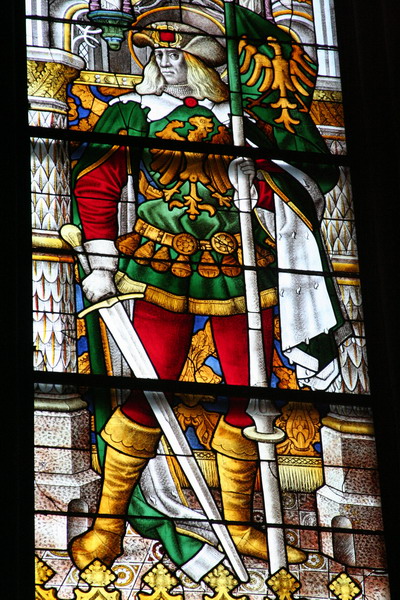
We toured the inside as the clergy were setting up for their next mass.
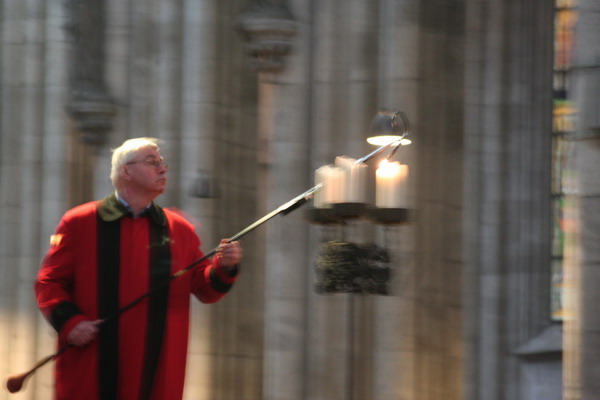
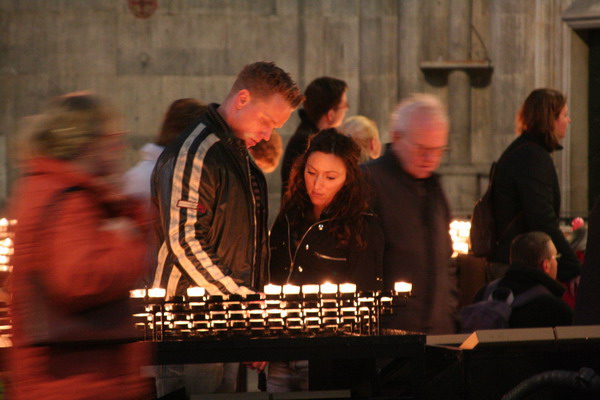
Inside there is also an important reliquary (or a container housing religious artifacts). In this case, it’s known as the Sarcophagus of the Magi, a gilded sarcophagus dating from the 13th century. In fact, the cathedral was built specifically to house these relics. What is inside? Well, it is believed that the remains of the three wise men (of Bethlehem fame) are held by this container. This has fostered pilgrimages to the cathedral. Interestingly, the Christian practice of honoring reliquaries wasn’t begun in the third century.
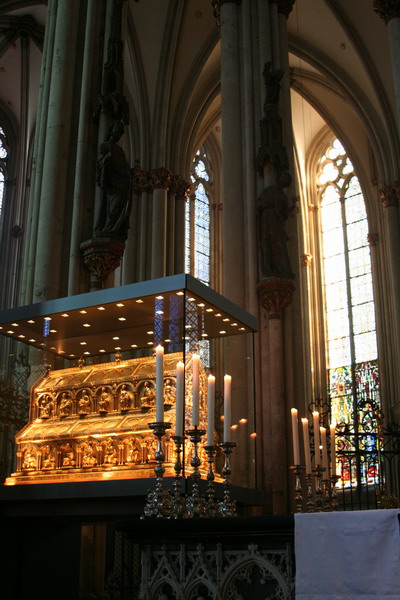
After we toured the magnificent Köln Dom, we moved next door to the Ludwig Museum (of 20th century art). Köln has over 30 museums, so whatever your interest, there’s probably a museum for it!
While we don’t have any images from the inside (cameras were forbidden), this is a statue outside of it.
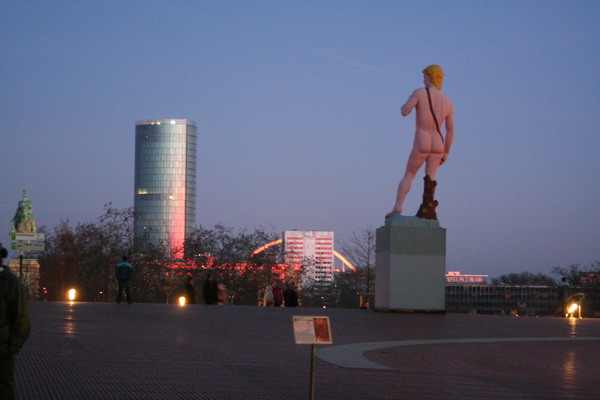
Anna and I also strolled across the bridge and along the river.
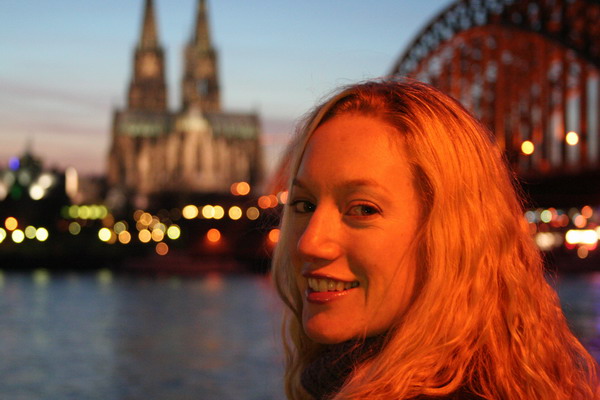
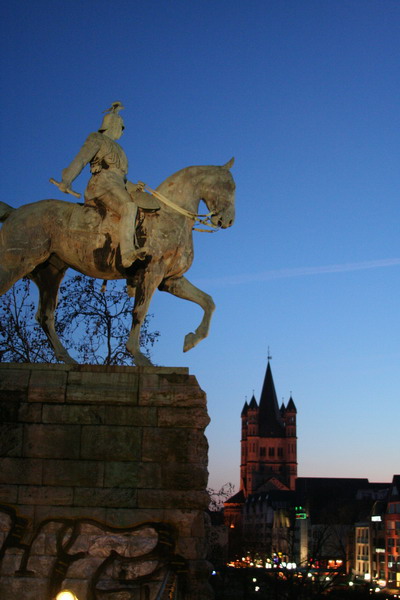
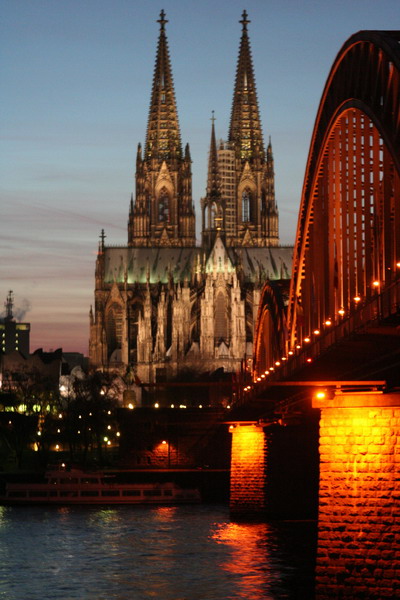
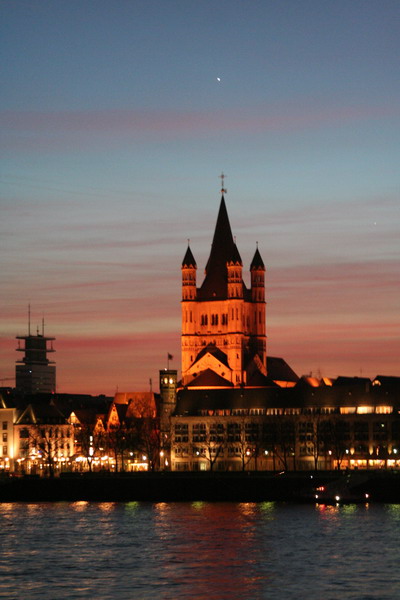
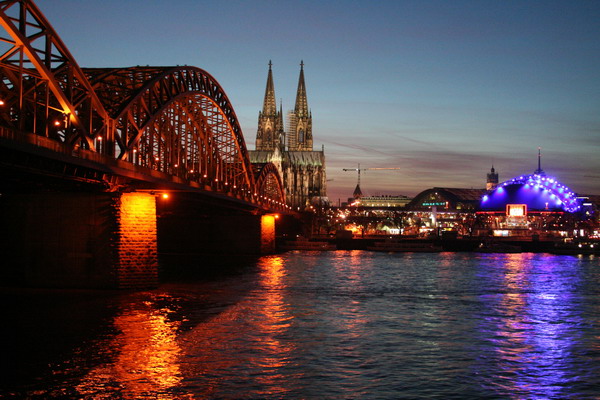
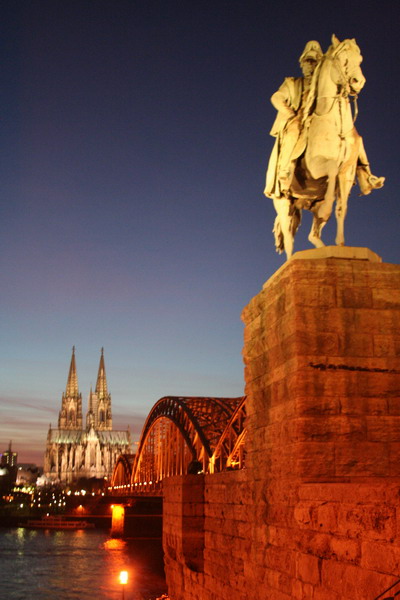
We loved our little taste of the city and can’t wait to return (fortunately, it’s only a short drive away). So, until the next trip…
–Jim
Silver Flag (again)
Well, it was off to Silver Flag (again). If you’ve read my posts since their inception, you’ll notice my first post was also of Silver Flag. Well, I had the pleasure of returning to refresh my training, this time in Europe instead of Asia. Of course, Silver Flag was in addition to going to a training exercise called Eagle Flag last December, which was remarkably similar. The idea of both of these programs is to train us to be ready to deploy into a base and get it ready for operation. Since it looks like I will deploy to Southwest Asia (Iraq) this summer, it’s certainly worthwhile training.
We spent the first week living in tents and listening to academic lectures during the day and working on developing a beddown plan. This meant that the hours were rather long, but at least the tents we stayed in were rather comfortable.
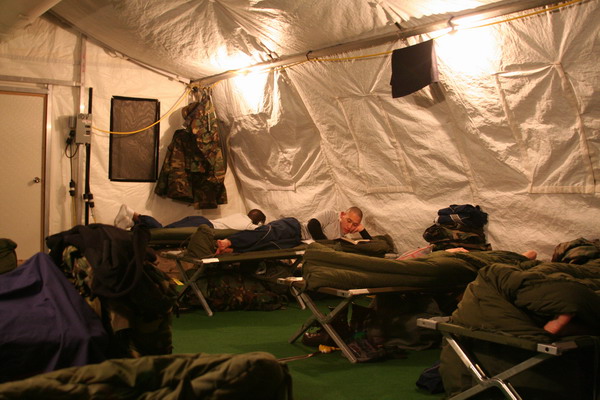
Although most of our meals were out of a bag (Meals Ready to Eat), we did have a nice dining tent.
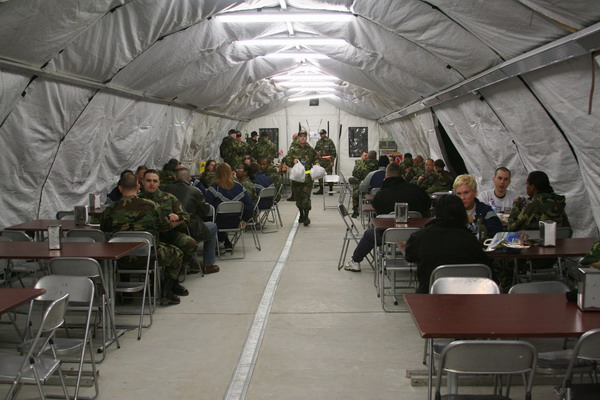
Here’s the attorney of the class, Christopher. Don’t worry though, he’s actually a very nice guy. 🙂
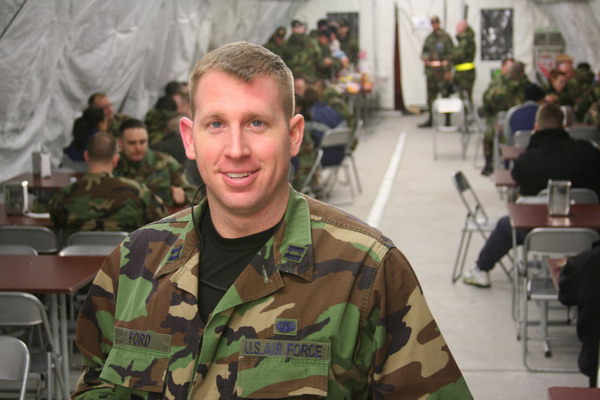
After our week in the class, we headed out to the field for a three and a half day field training exercise, where we put the skills learned to use. The training tested every career field that was there, although the following pictures only show a few.
Here is one of the utilities Airmen filling up one of the deployable water tanks.
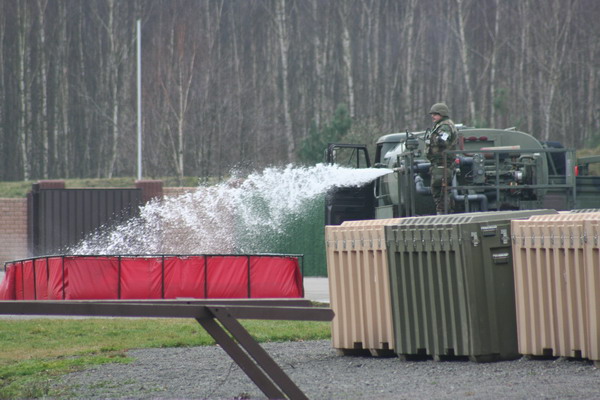
Normally, these are used as a water tank for fire fighting, but in this case, one of the cadre running the exercise was moving to another base and his peers decided he needed a dunk before he left.
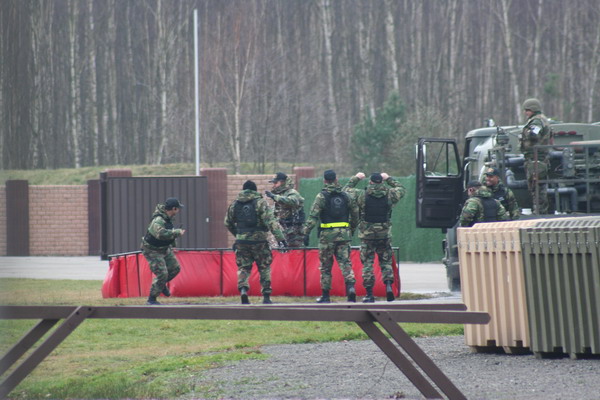
Also, our Airmen practiced identifying chemical contamination. Not to worry though, it was simulated and very good training for them.
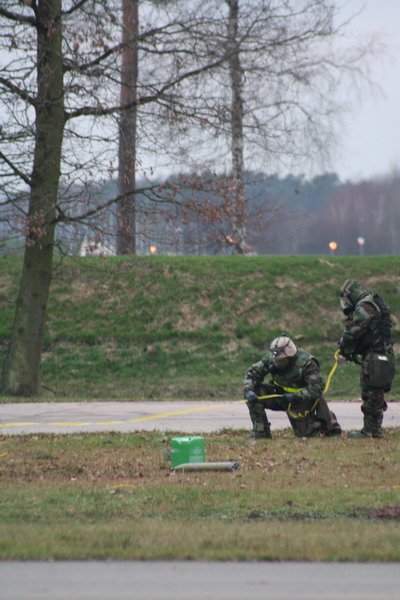
There were a number of scenarios that required our fire fighters to respond.
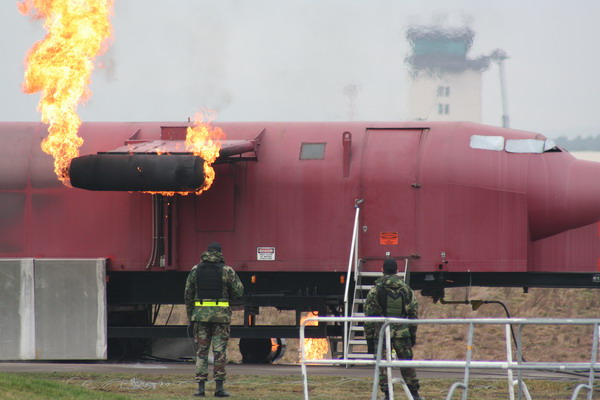
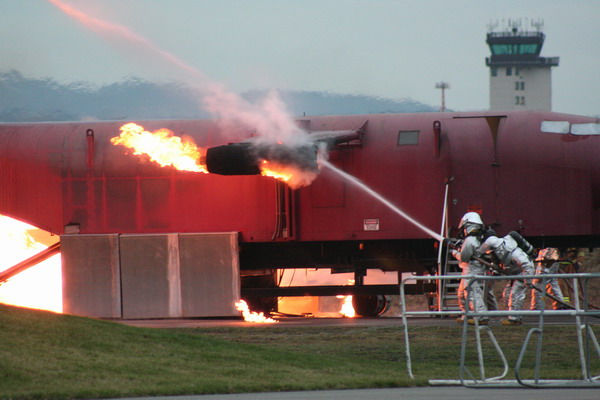
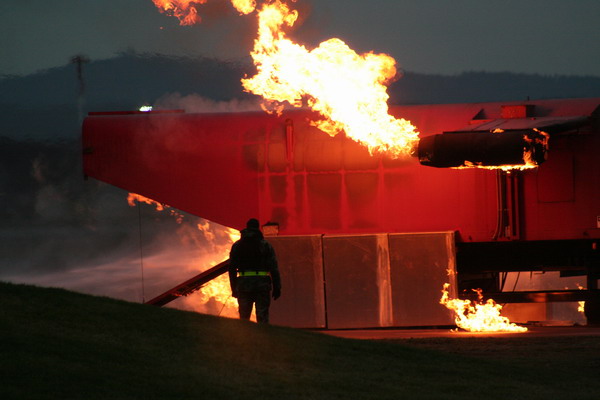
Once we finished our exercise, we all came back to the academic training site.
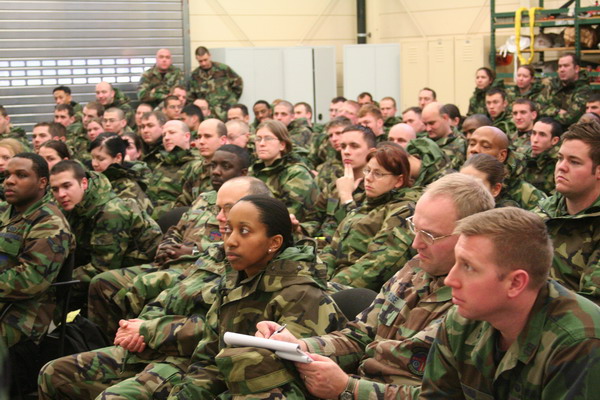
As you can see, by the end of the graduation ceremony, everyone was rather tired (including me). So, after we finished and recognized our outstanding performers, we got back on a bus and headed home for a well earned rest.
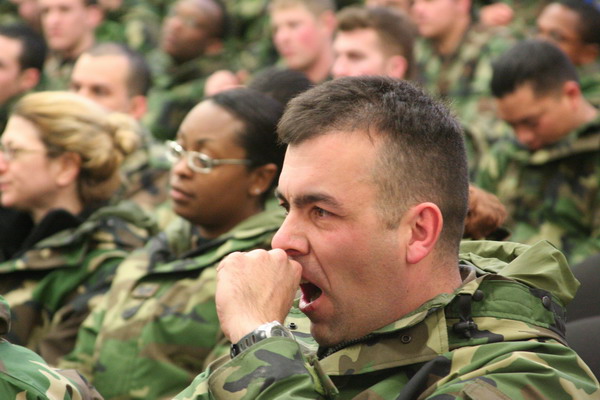
That concludes my European Silver Flag experience.
–Jim
Chamonix Mont Blanc — Top of Europe
Well, we just got back from one of the best trips we’ve taken. The French Alps are truly spectacular. We went to Chamonix Mont Blanc to spend the weekend skiing and playing in the snow.
We went skiing the first day. Unfortunately the weather across Europe has been very warm, so the snow wasn’t the best. Nonetheless, it was great to be back on the slopes.
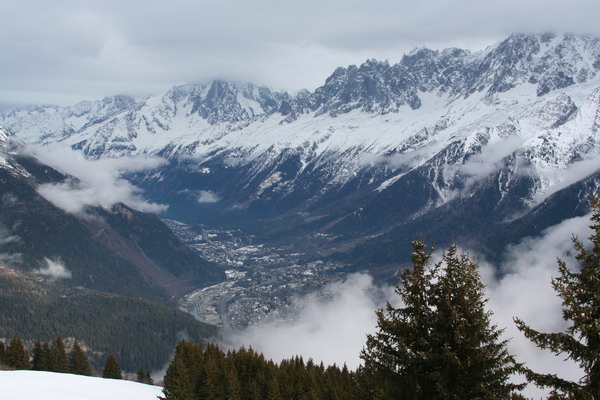
The next day, the sun came out and it was a beautiful (and warm) day.
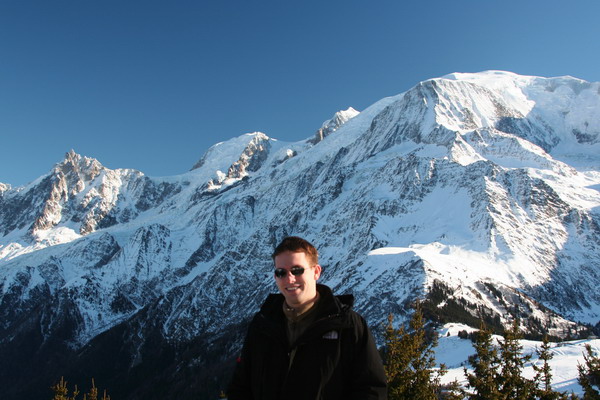
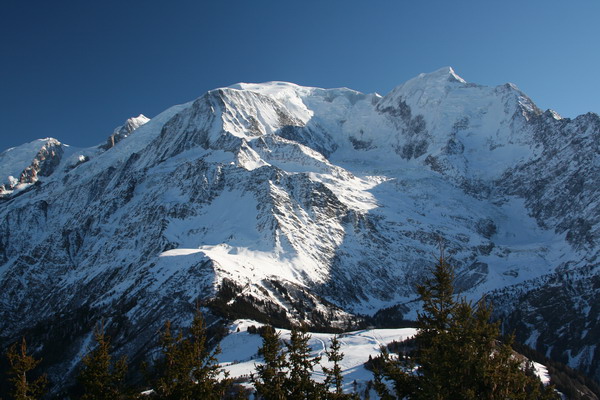
We loved snowshoeing on the mid mountain (around 1800m)…
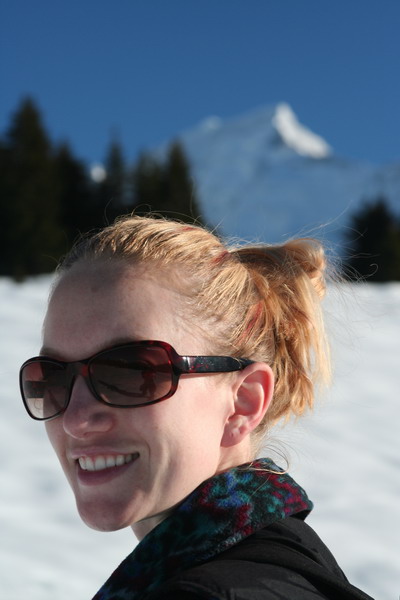
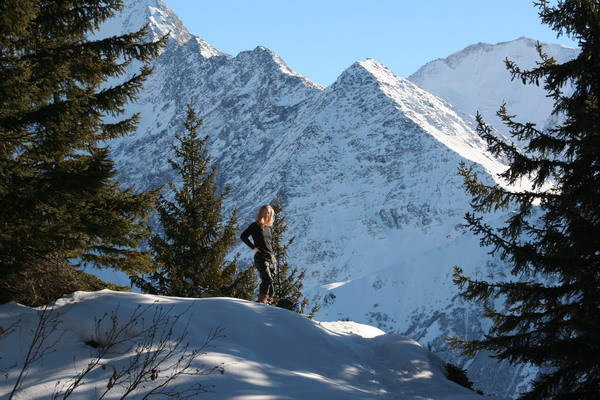
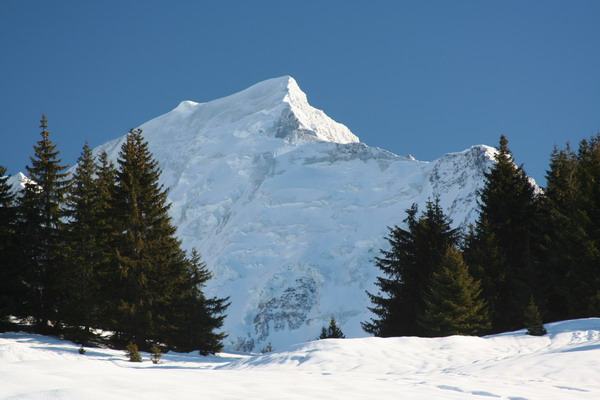
The sun lit up the mountains real nice…
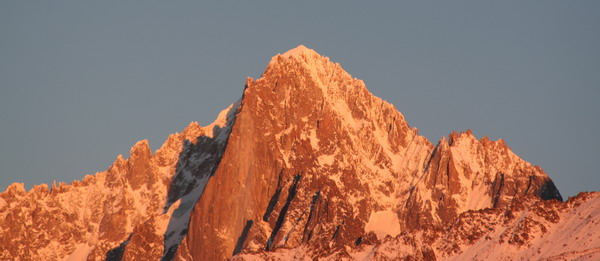
That night, we wandered around the town of Chamonix. Yes, that is hot iron she is using.
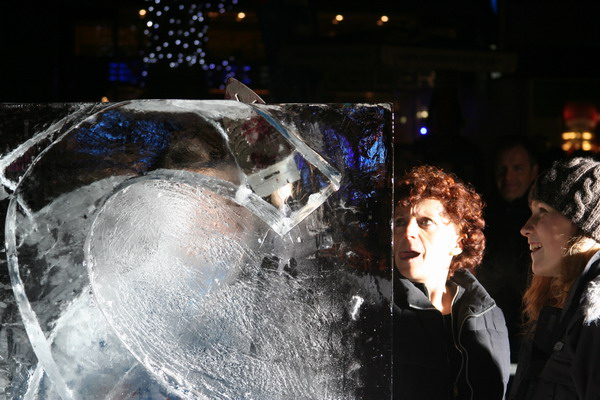
Next day, we decided that snow shoeing was so much fun that we hired a guide to lead us across one of the high mountain glaciers. To get there though, we had to pass underneath the mountain and into Italy. Along with 3 of our friends and our guide we hopped on a gondola and took the easy way up the mountain to about 3,500 meters (11,500 ft).
Here are a few of the views from our trip across the glacier.
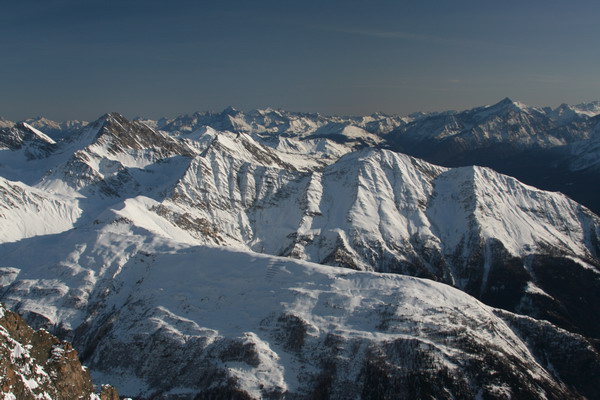
This is my favorite view of Mont Blanc.
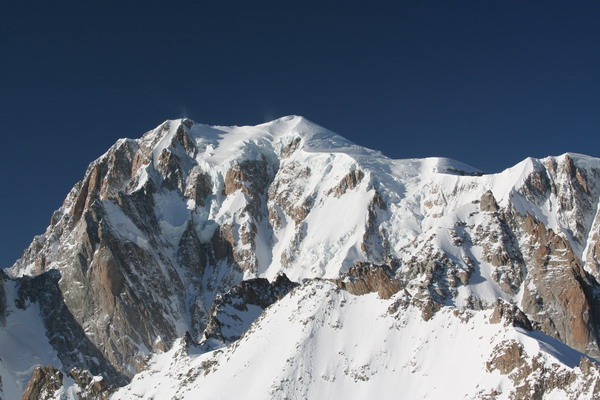
This is our fearless guide, Patrice. He has been guiding people on Mont Blanc for 36 years. Although he prefers rock climbing, he has made the ascent to the Mont Blanc massif more than 25 times. This is the mountain that began the modern age of mountaineering.
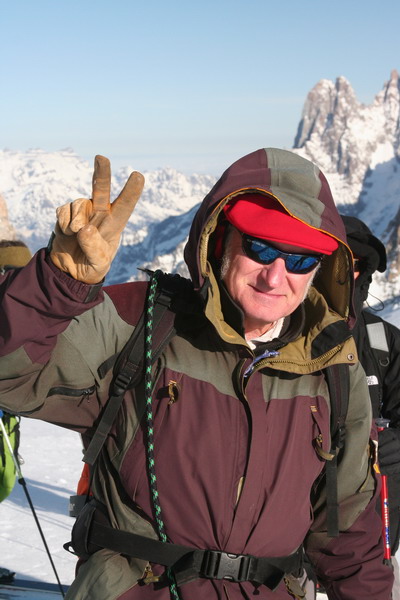
Here are three random facts about Mont Blanc thanks to Wikipedia:
– It was first ascended in 1786 by Jacques Balmat and Dr. Michel
Paccard
– Nearly 20,000 people ascend to the summit each year, even though
it is a technical ascent and requires a fair about of skill to
successfully reach the peak.
– Future President Theodore Roosevelt led an expedition and
reached the peak on his honeymoon in 1886.
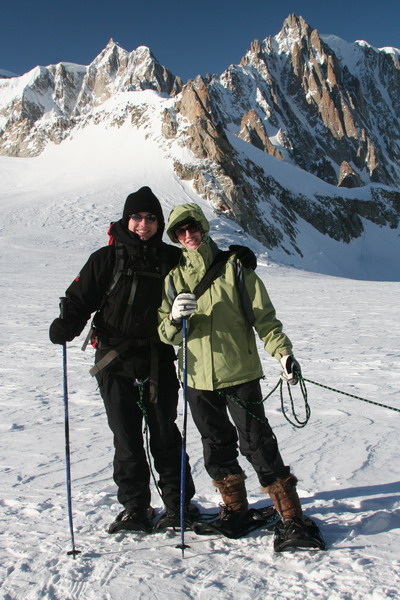
Although it was fairly safe to cross the glacier, we were crossing the valley on top of nearly 200 meters of ice and 2-3 meters of snow.
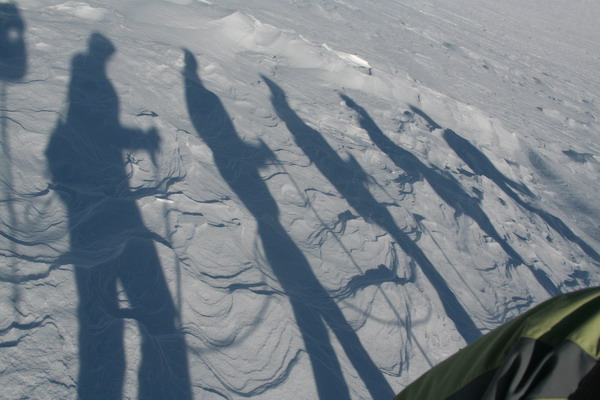
The far ridge of the mountain is the border between France and Italy. So, Patrice’s hand is in both countries.
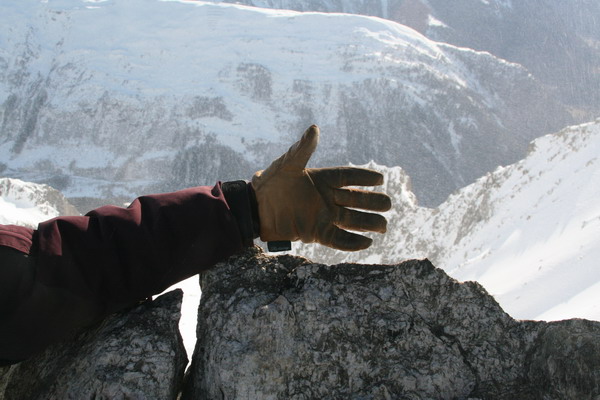
We stopped at the base of this peak for lunch.
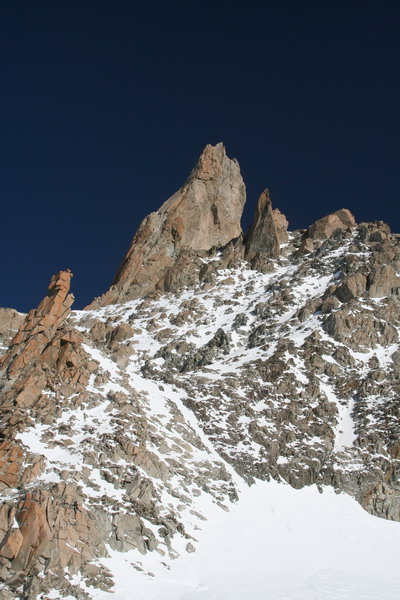
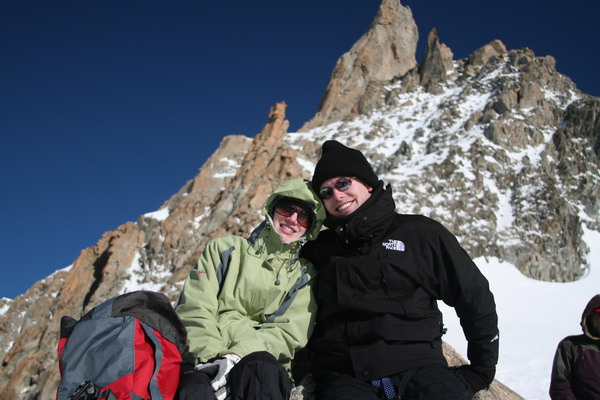
Here is Melissa enjoying her lunch.
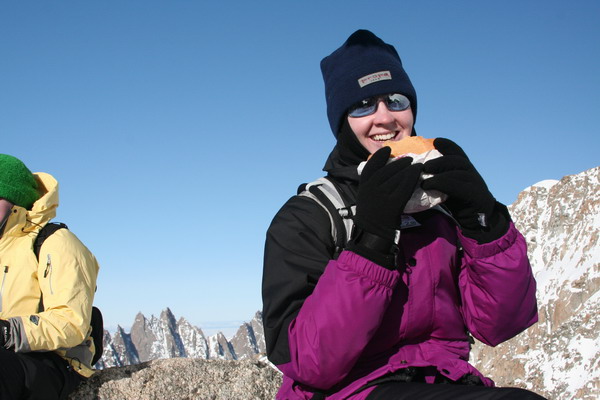
Ravi and Katie made a very cute mountain couple.
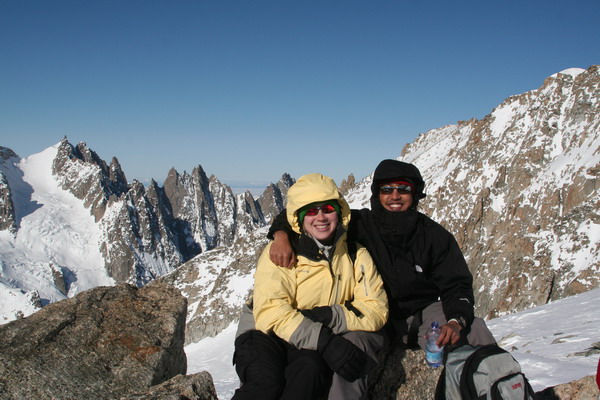
Here we are trekking back across the glacier.
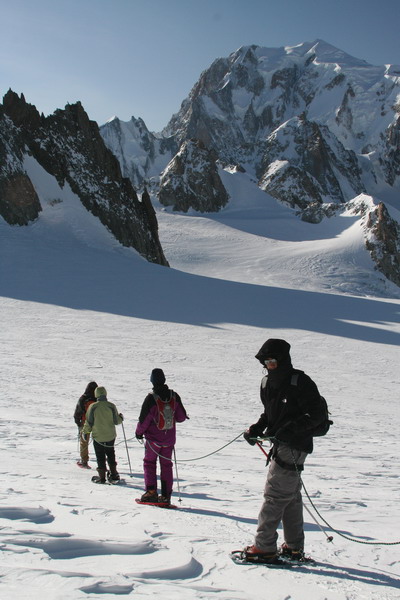
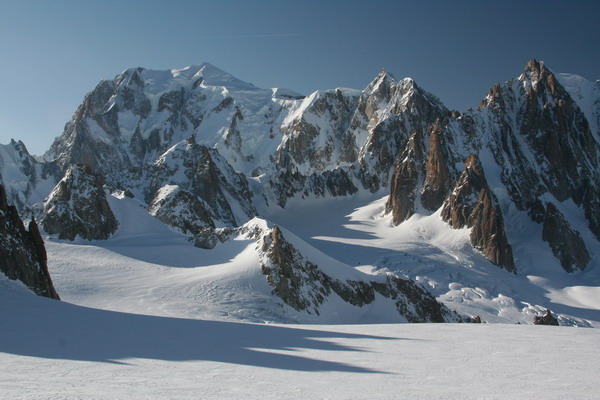
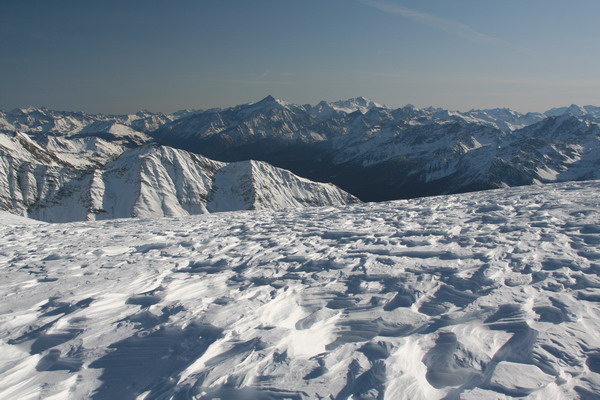
This is the “after” picture as we packed the gear up to head back down.
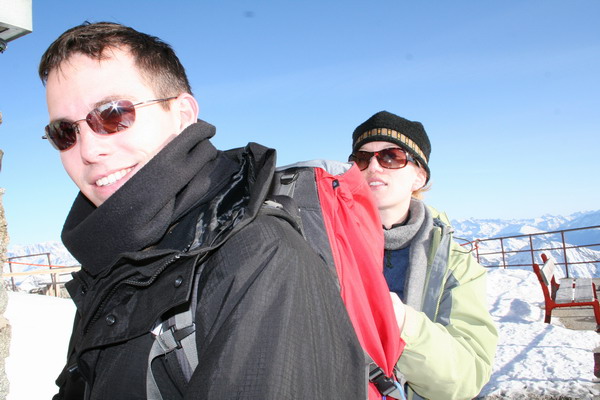
Katie caught me doing my thing… 🙂
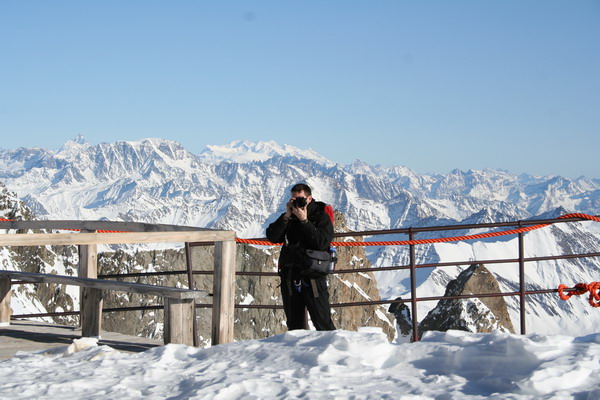
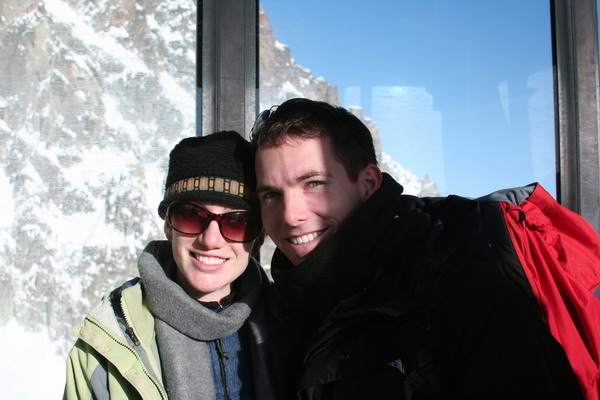
Back down at the bottom, we felt compelled to pop into the Italian diner. Some of us had espresso, but for us non-coffee drinkers, it was incredibly thick hot chocolate. Actually, it is the only hot chocolate that I’ve added a packet of sugar to. Perhaps that’s because it was only semi-sweet chocolate or maybe it was just because I love sugar, who knows…
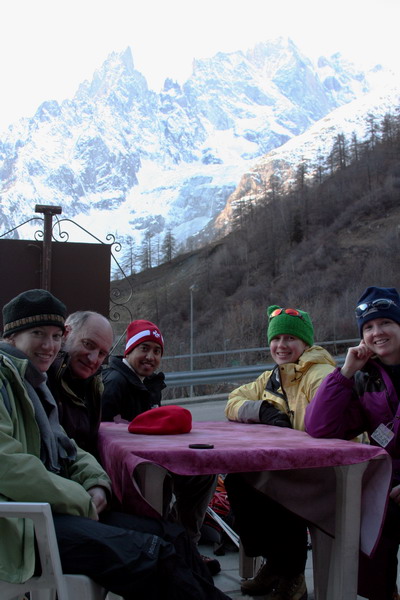
Anna and I really enjoyed climbing with all of them. It was a great way to get a taste of the high mountain. We plan to come back in the summer of 2008 to climb all the way to the top. Perhaps they will want to join us then.
Our last day in Chamonix was spent on yet another glacier, Le Mer de Glace (or Sea of Ice). This time, there was only a little snow on the ice, so we could actually explore the ice. At the top of a cog railway (again at about 1,800 meters). Unfortunately, it was a bit touristy, but interesting nonetheless.
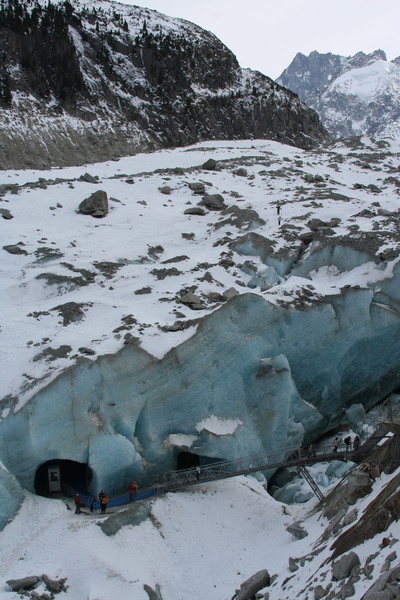
Here is the ice a little closer.
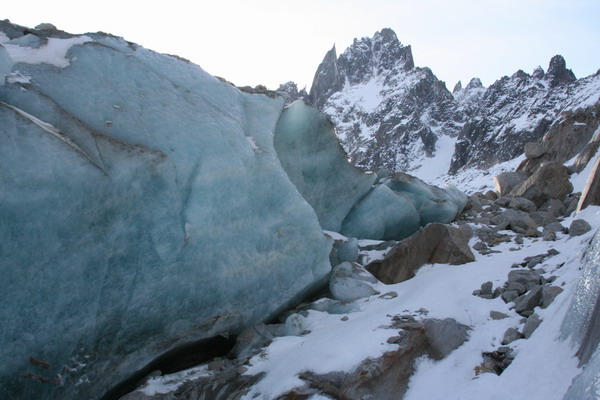
We explored the Ice Grotto. The ice is clear and absorbs all the red light which creates a brilliant blue hue.
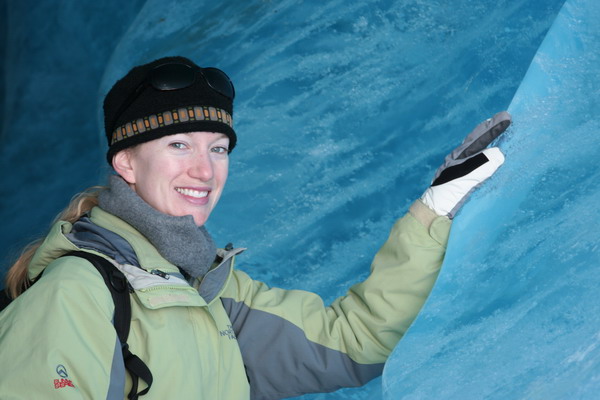
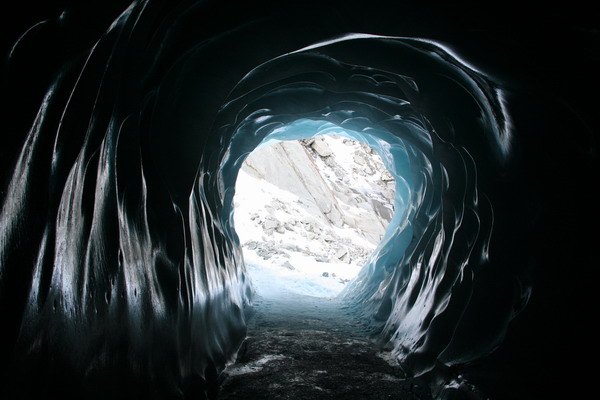
After we had our fill of the unique (albeit a little manufactured) ice grotto we headed out onto the ice. After what seemed like a long time, we reached another ice fall. Anna liked it so much, she gave it some love.
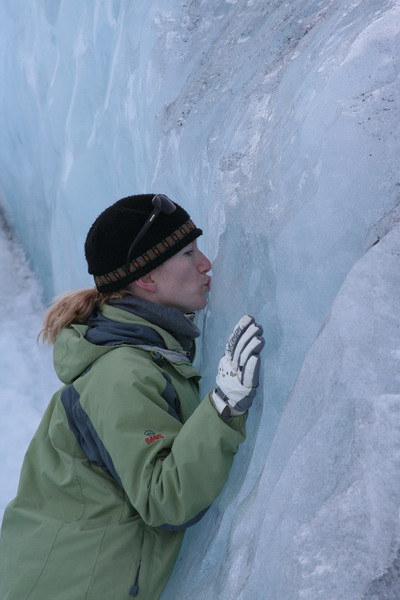
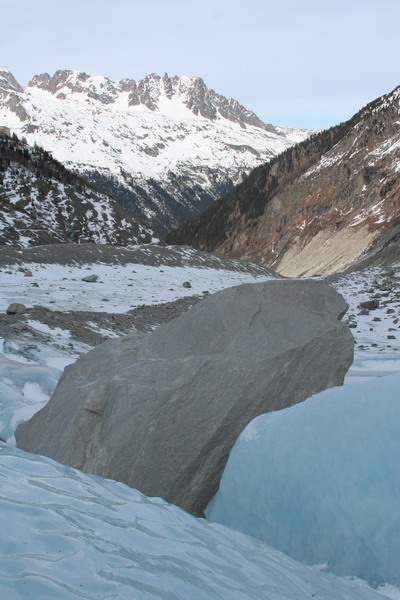

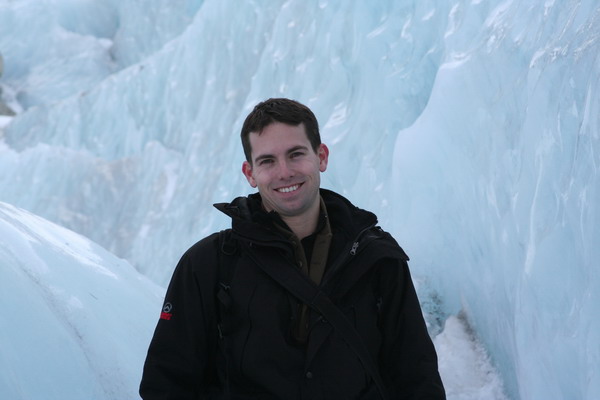
If you look closely, you can see little Anna hiking back over the glacier.
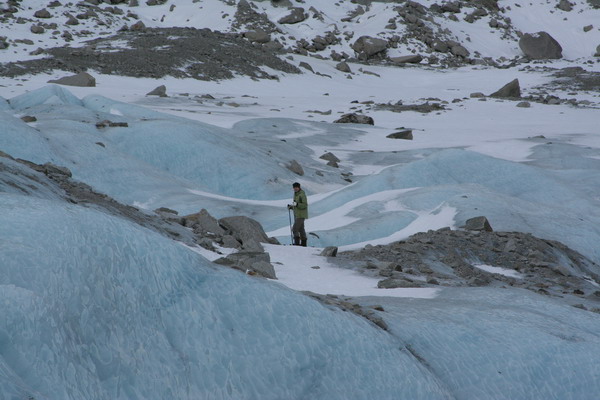
You can see how Le Mer de Glace slowly flows down from the heights of Mont Blanc into the Chamonix valley.
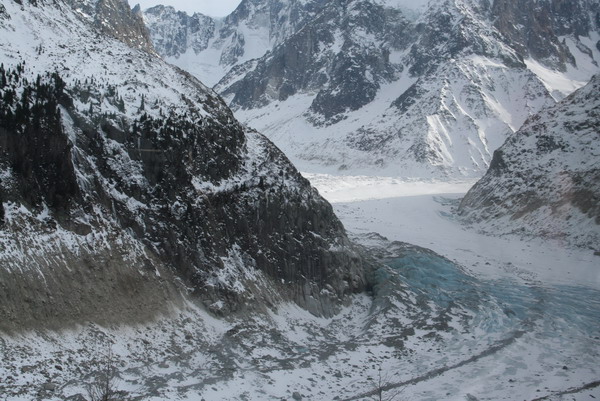
It was an amazing 4 days. We loved being back in the mountains and all the spectacular activities that are available. We can’t wait to go back to explore more of the Alps.
–Jim
New Year 2007 in Budapest!
This year to ring in the New Year, we went with a big group of friends to the historic Hungarian city of Budapest. Lonely Planet calls Budapest the Paris of Central Europe. I certainly agree with that description, there is culture, history, art and spectacular architecture.
The Danube River dissects the city and on one side is Buda with it’s castle district and the other is Pest with shopping and the impressive parliament building.
We began our exploration with a visit to one of the famous thermal baths. This one is in the Hotel Gellért. One of the more popular spots (especially for tourists). It was built in 1918 in an Art Nouveau style.
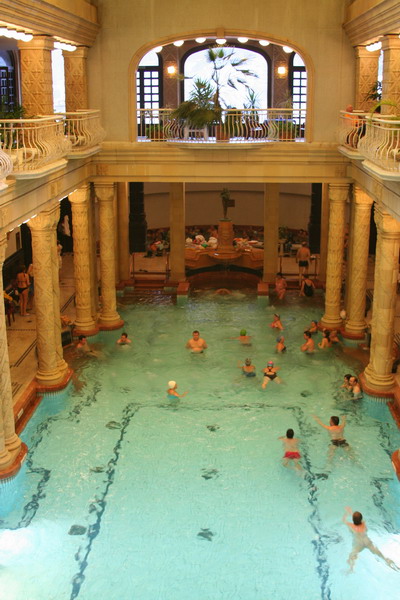
Here is the outside of the same hotel.
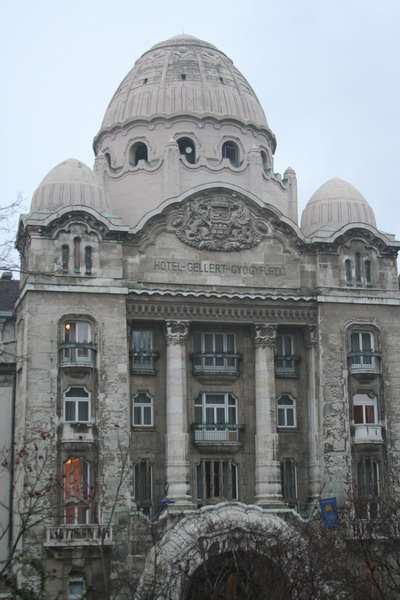
Just outside, there is a hill, over which this statue stands sentinel.
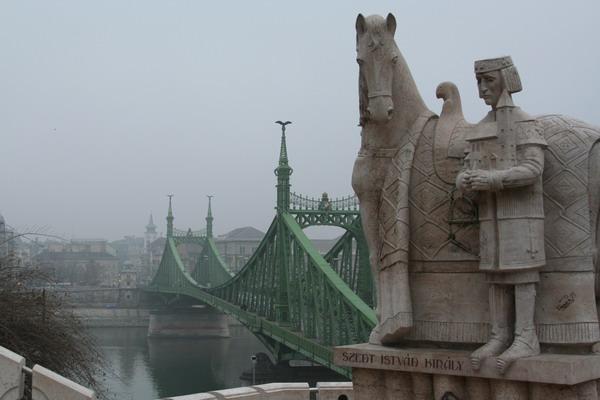
Here is a sampling of the city’s wonderful architecture. First, is one of the city’s main bridges.
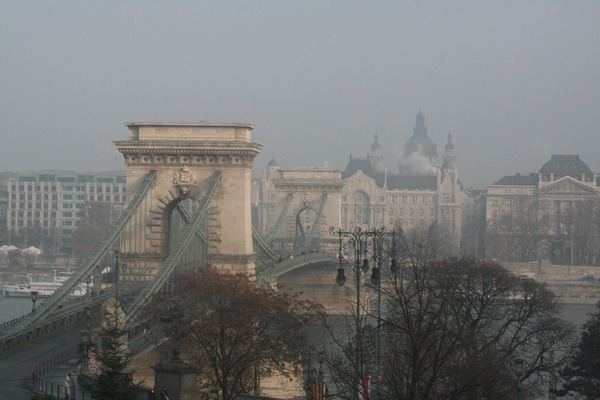
Next is the gargantuan parliament building.
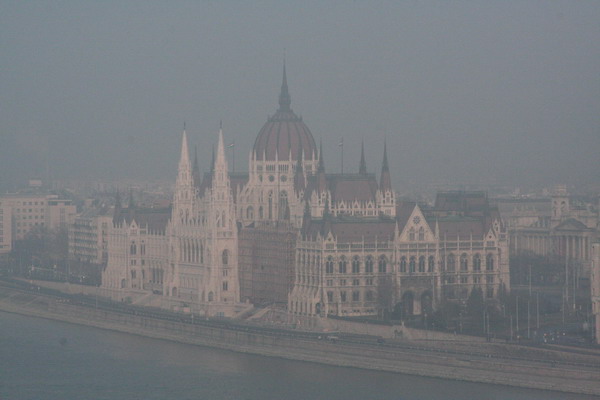
St. Mathias Church dominates the skyline on the Buda side of the Danube.
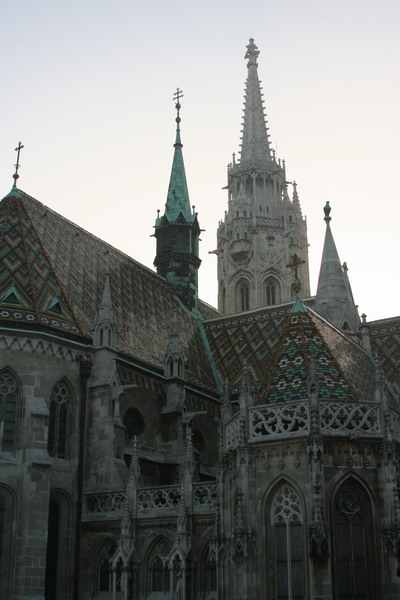
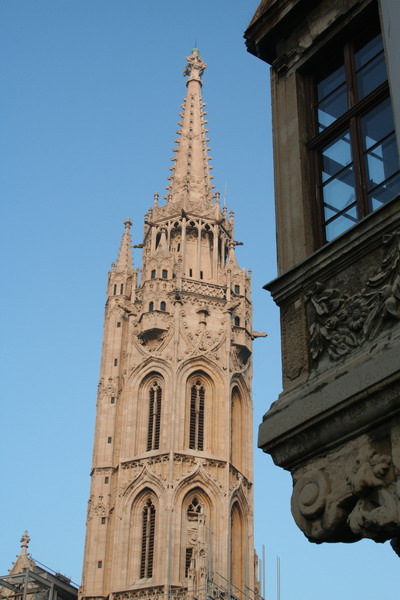
This is King St. Stephen, who was the first king of Hungary and ruled 997 – 1038 AD. He fought against pagan forces to control the country and with his victory assured Christianity’s dominance. He planned to abdicate to his beloved son and spend the rest of his life devoted to the church, but his son died unexpectedly in a hunting accident in 1031. Upon his death in 1038, his people mourned him for three years. He is still revered as the father of the country and his image is on the 10,000 Forint currency (roughly equivalent to $50 in 2006) and his feast is celebrated on August 20th and is one of the largest holidays in Hungary.
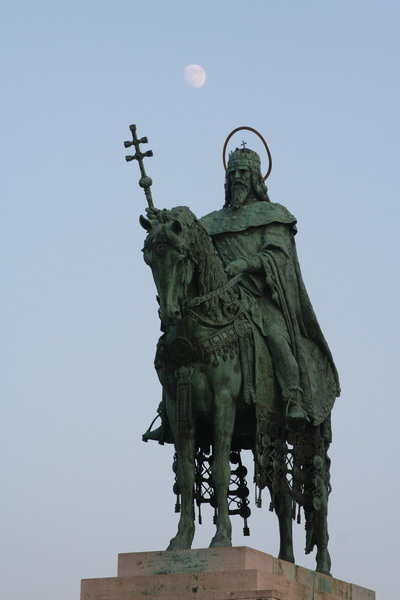
The statue of the king stands in front of the Fisherman’s Bastion. It’s a fairly modern building (built between 1895 and 1902).
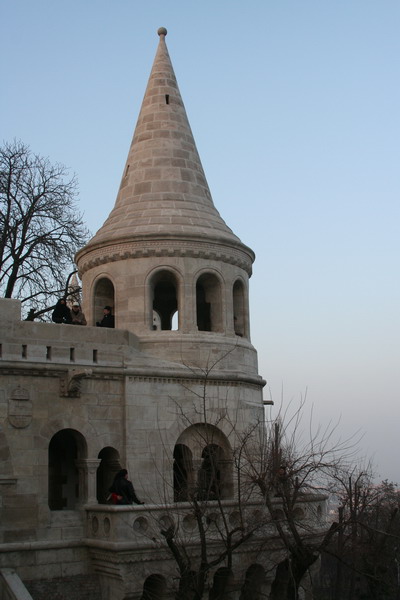
A view of the parliament building through the arches in Fisherman’s Bastion.
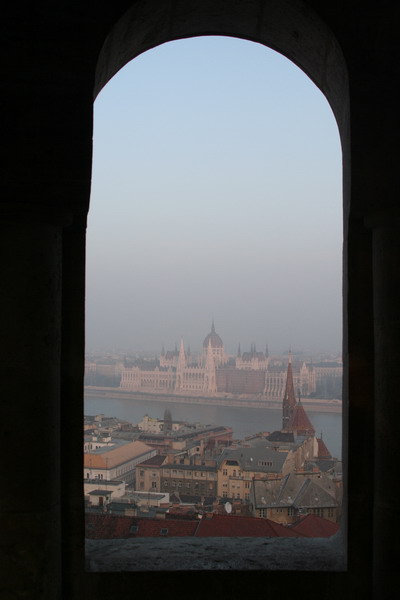
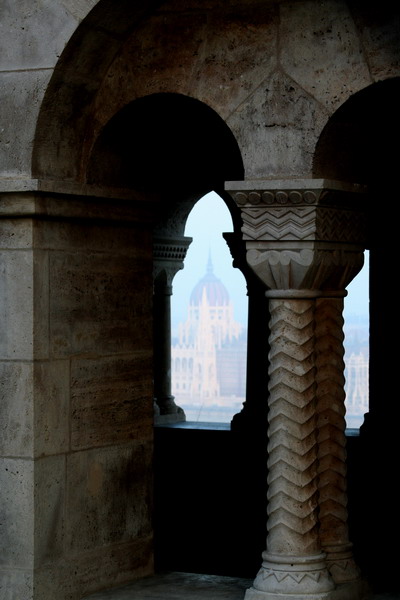
As it grew colder at nightfall a soft blanket of fog fell over the city and made for nebulous images. These next few are from the Buda Castle Quarter. We also toured the Labyrinth beneath the quarter (which is one of the UNESCO World Heritage Sites).
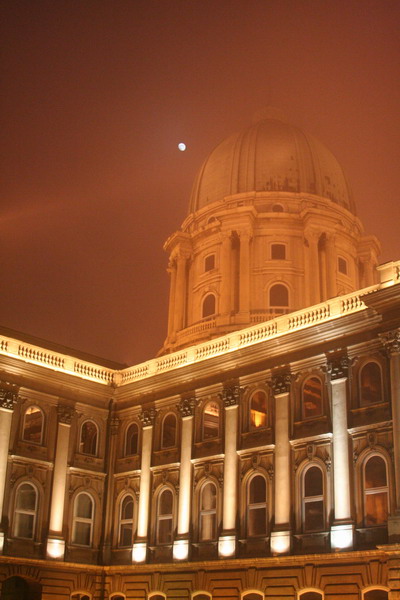
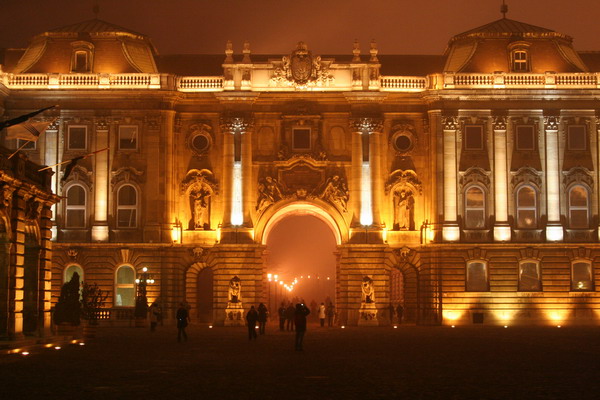
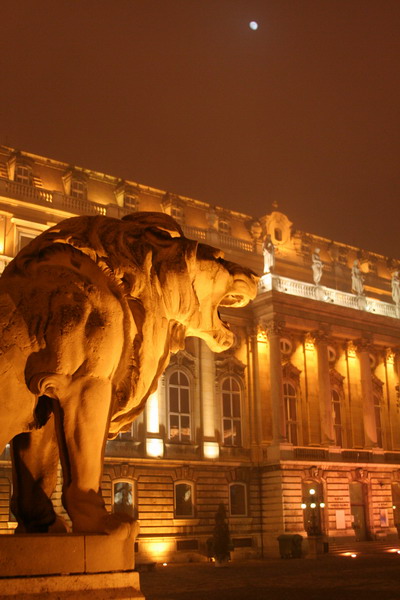
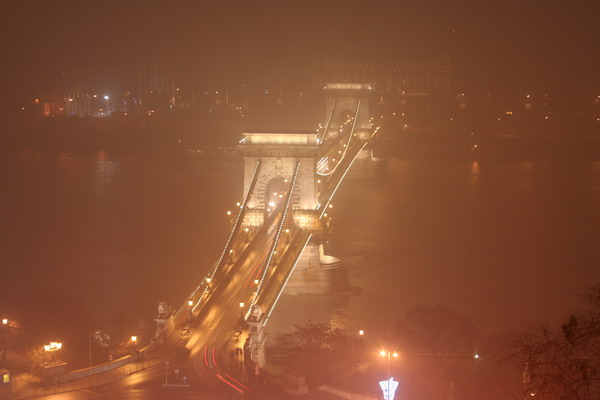
St Matthias Church and Fisherman’s Bastion.
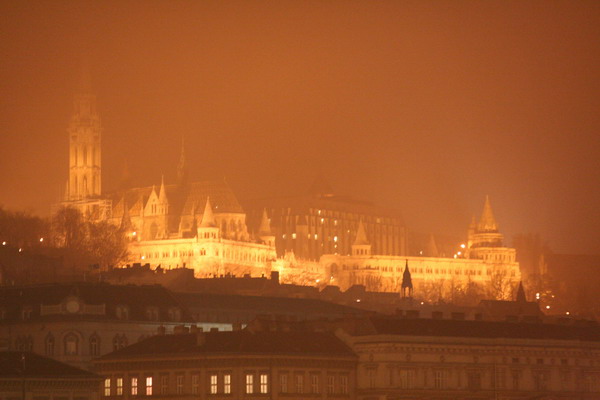
More sites of the city.
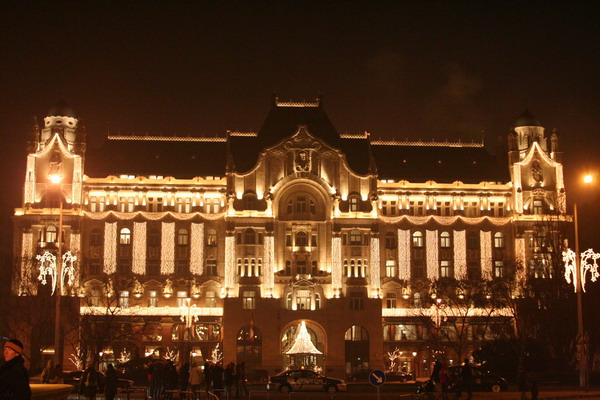
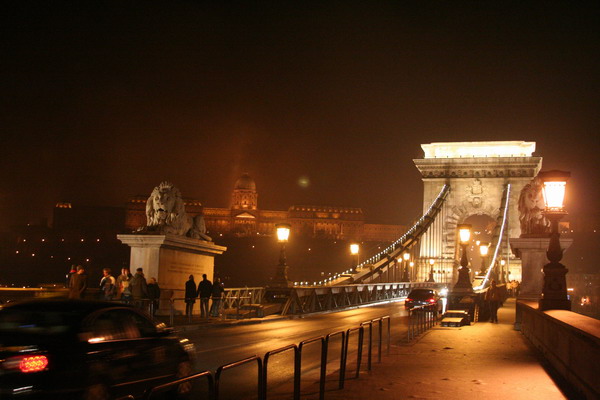
We gathered with a group of people on the bridge to ring in the New Year. If it hadn’t been foggy, we would have seen the large fireworks display. Tons of smaller parties were simultaneously going on in this city of nearly two million people. In fact, they had a lovely Christmas Market and three different concert stages set up (at least that we saw).
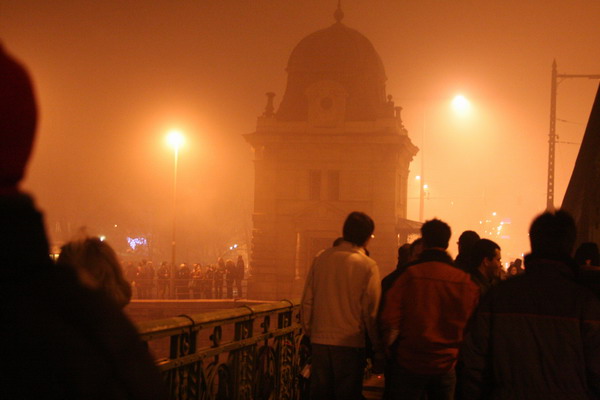
Although there were over 20 of us on this trip, we split up into smaller manageable groups. Here are the girls with me and Ken.
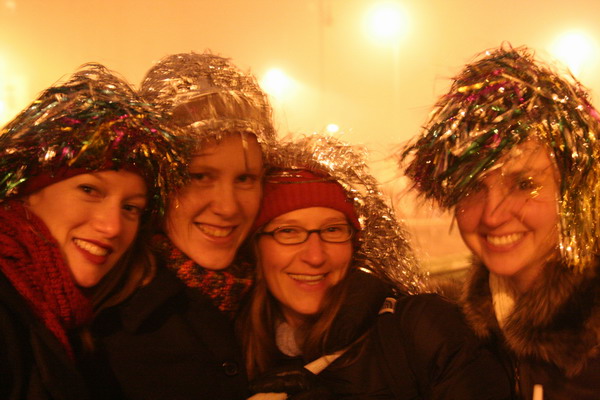
Happy New Year!
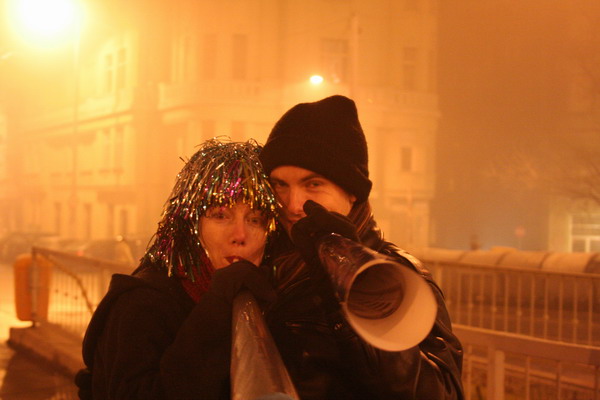
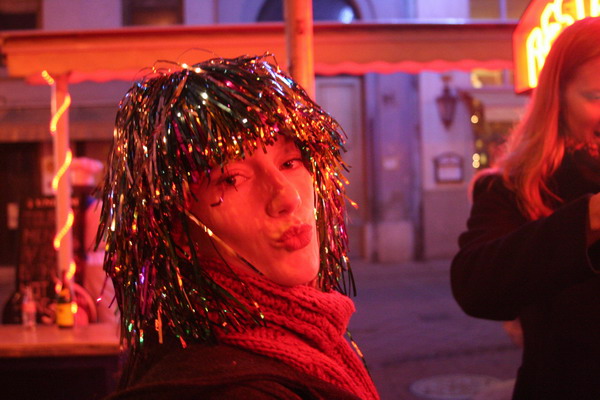
Sparklers are always fun to play with.

Here we all are walking back through the streets of Budapest.
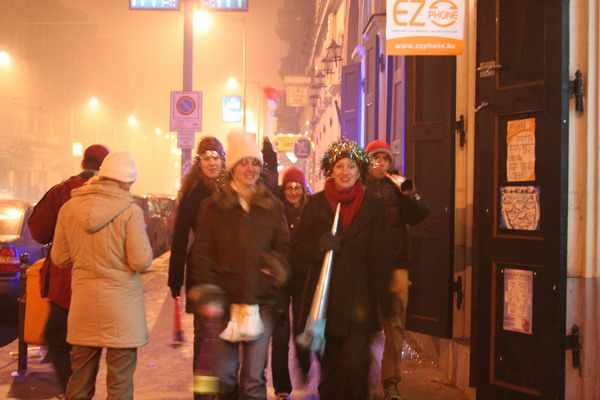
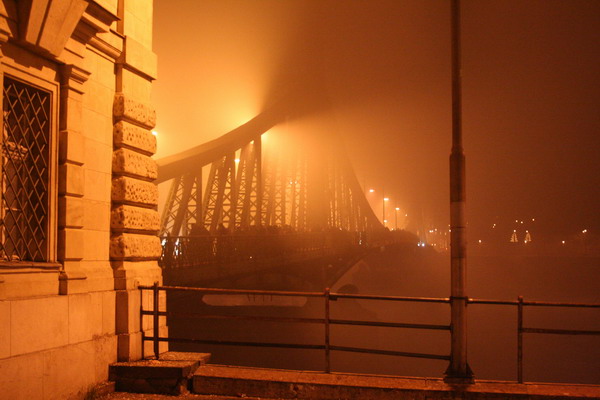
So, that was our little trip to Hungary. It’s a fascinating country and we both loved our experience there.
So, until the next adventure…
–Jim
Anniversary in Brussels
WARNING, this post has become a bit long … sorry if this page takes forever to load.
This year, for our anniversary trip, we decided to go to Bruxelle (or Brussels in English), Belgium. It’s funny how each language calls locations something different. In addition to those to versions, there is also: Brüssel in German, Brussel in Dutch, and Bruselas in Spanish, just to name a few.
It was a beautiful trip and fortunately, it’s only a couple hours from our house, so we can go back again.
Of course, we had to try things like the chocolate, waffles and French Fries (yes, those are actually a Belgian creation). But, there were other things like the most beautiful square square we’ve seen yet and the sweeping plains of Waterloo where the seminal battle of the 19th century took place.
Here are some of the images from the trip. We started out in Le Grand Place, which was lit up for their Christmas Celebration. As you saw in our last entry, many places in Europe have these Christmas Markets, although none had this spectacular ambiance.
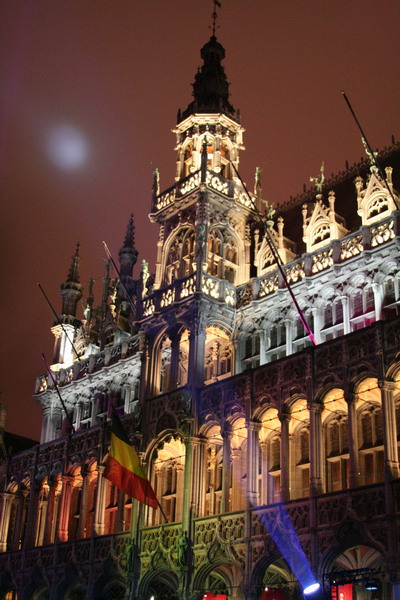
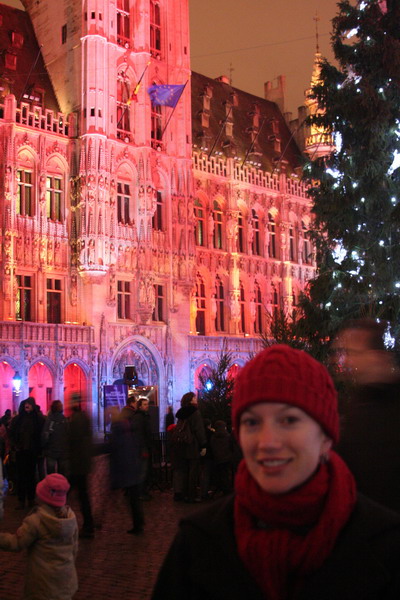
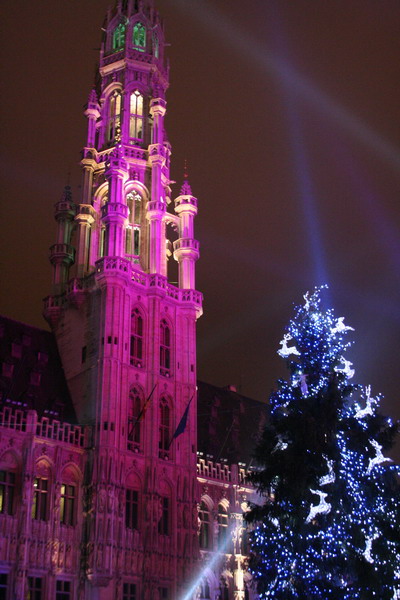
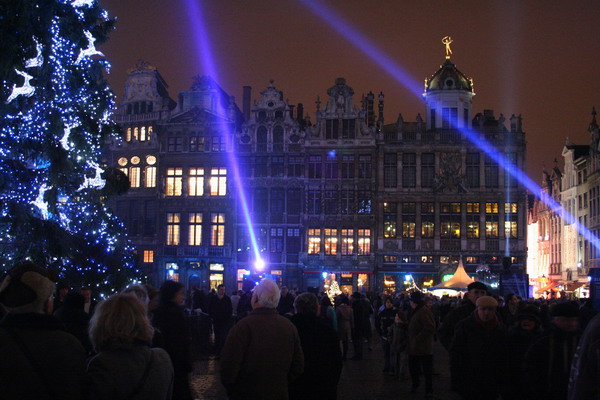
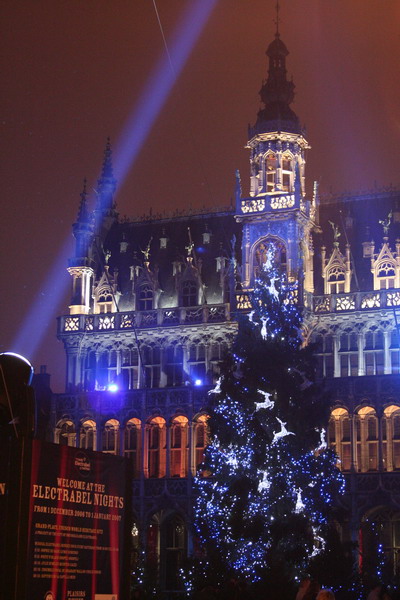
Many people say that Belgian Chocolate is the best in the world. Since I am not a true connoisseur, I can’t say if that’s true, but this place certainly qualifies as a contender. If you’re interested in sampling for yourself, they do offer online sales, but at 91 euro for about 32 pralines, it’s a bit pricey. However, they also supply the Belgian Royal family and it is President Bush’s favorite chocolate. So, I suppose that’s why they can justify such royal prices. http://www.marychoc.com/en/index.html
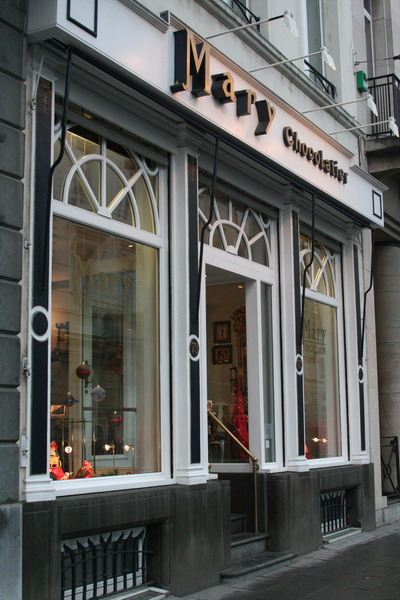
We also stopped by the Tomb of the Unknown Soldier.
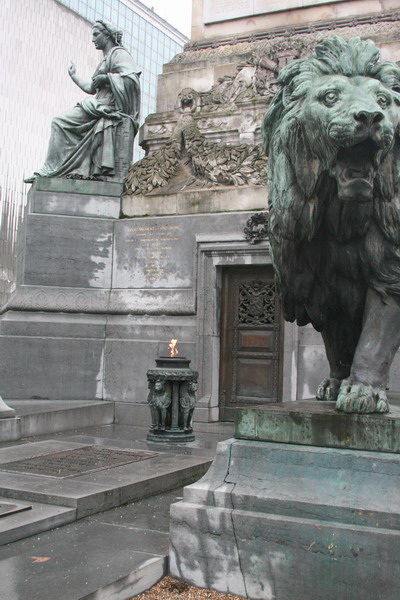
We visited a number of museums during our stay. This behemoth housed 5 different ones.
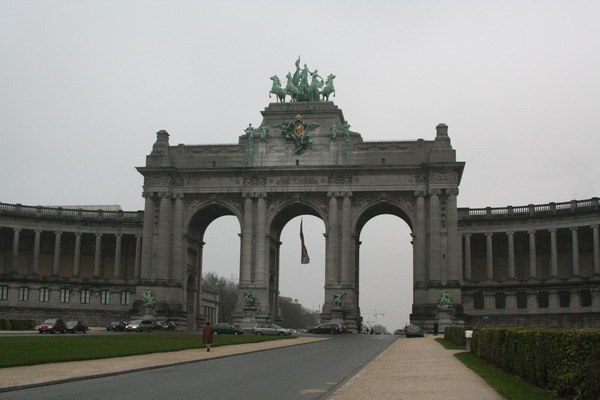
Inside, it was fascinating to see the large memorial exhibit to President Herbert Hoover. While in America he is largely (and unfairly) remembered for his “indifference” at the outset of the Great Depression, in Belgium, they hold him in high regard. This is because at the outset of World War I, he set aside his very lucrative career as a mining engineer to aid those in need. He organized the return of 120,000 Americans (tourists and businessmen) from Europe. Later, he personally oversaw the largest relief effort to date. Belgium was occupied by Germany and its food supply was in dire straits. He led the Committee for Relief in Belgium. This was a massive organization that was in effect it’s own republic. They had their own logistics system (railway, navy, and mills), and even their own flag (so not to be mistaken while at sea delivering food to the war’s victims). Even before the end of the war, he was an international hero. He later became the head of the American Food Administration (after the U.S. entered the war in 1917), then Secretary of Commerce in 1921, and finally elected President in 1928. He lost his re-election campaign to President Roosevelt in 1932, but stayed active in politics and also aided the recovery effort of Europe again after WWII as chairman of the Hoover Commission.
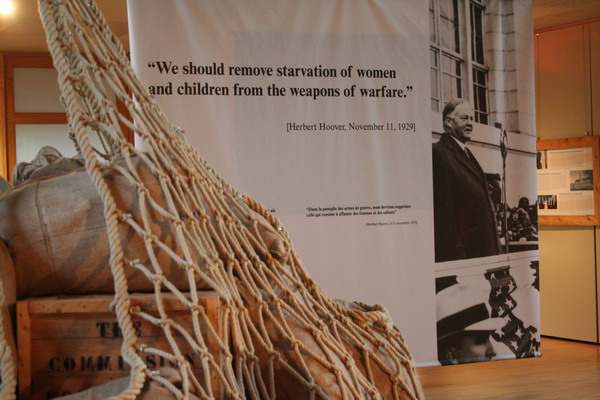
The museum also included a vast display on WWI (and slightly smaller ones on WWII and earlier wars). Here are some of the images.
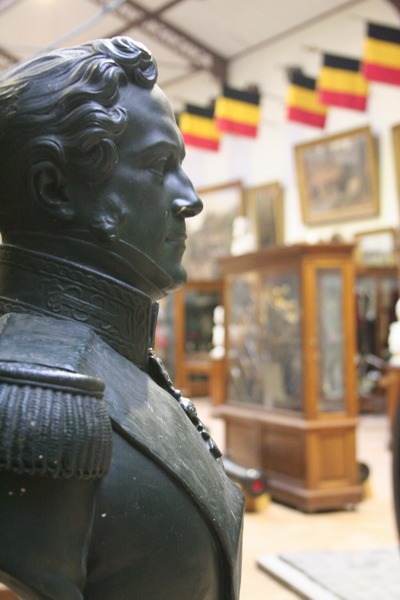
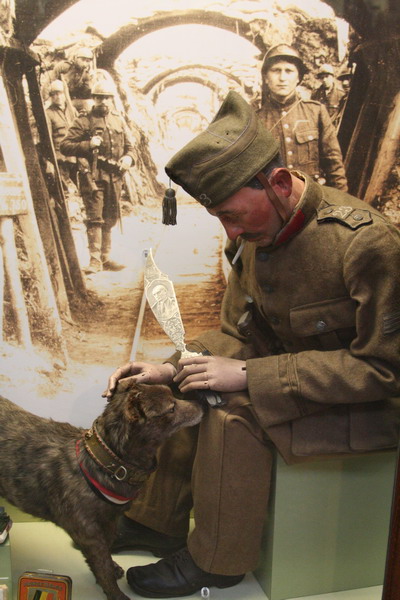
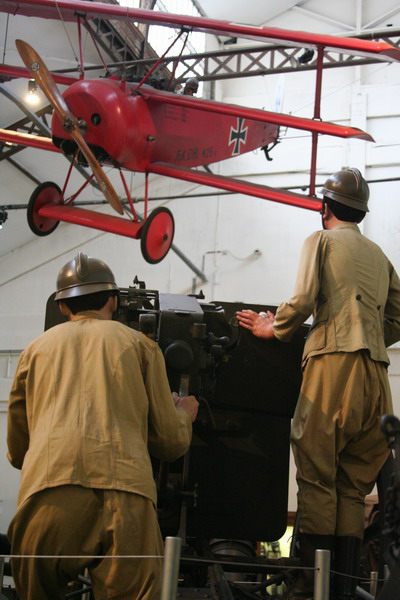
They even had a stuffed Homing Pigeon (many were used in WWI to send hundreds of microfilm messages back and forth).
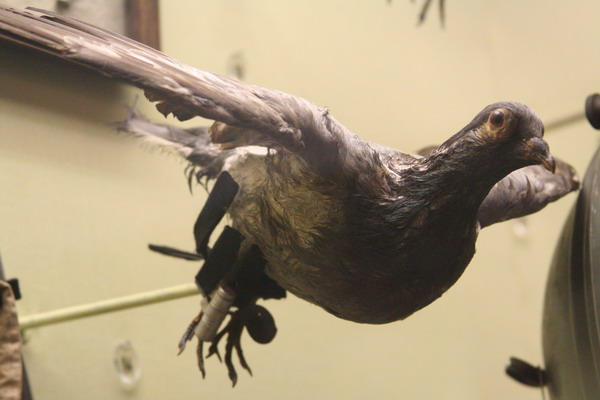
WWI was truly a global war and there were displays that illustrated the uniforms of other countries, such as colonial India, shown here:
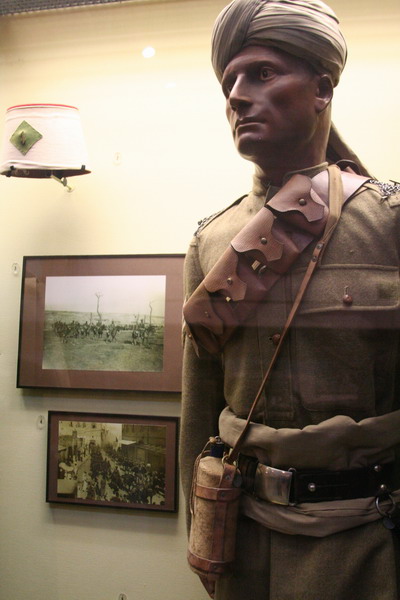
Or Australia here (which is officially still a part of the United Kingdom).
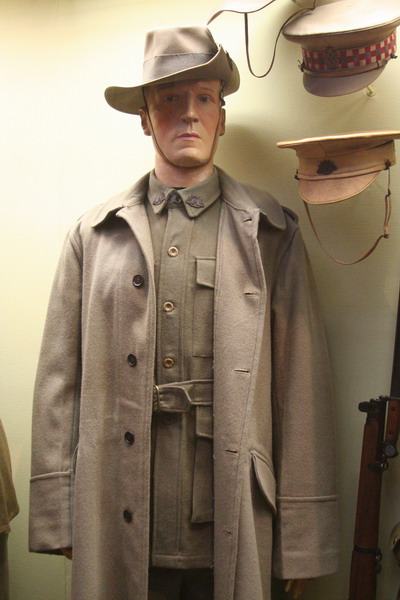
There was also a large aviation section. 🙂
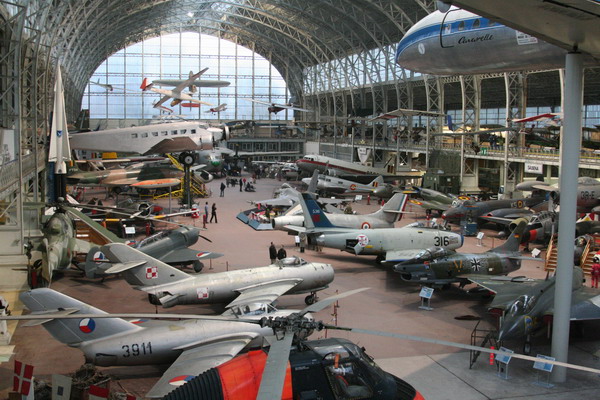
We traveled just outside the city to the small village of Waterloo. Here on June 17-18th, 1815, the allied armies of Britain, Prussia, Austria and others faced the French led by Napoleon in what was to be his final defeat. As a bit of background, this was basically Napoleon’s last stand to remain in power. The other powers in Europe had denounced him as an outlaw and intended to invade France with an overwhelming force to drive him out of power. To avert this, Napoleon attacked the allied force before they had a chance to assemble against him. He hoped to attack and defeat the Prussian and British forces separately, but was unable to do so decisively. So, 73,000 French troops met 67,000 allied forces at Waterloo. The result was a decisive coalition victory and Napoleon’s ultimate exile to St Helena where he died in 1821. The cost was very high with 25,000 French dead or wounded and 22,000 Allies dead or wounded. Although this happened nearly two centuries ago, visiting the battlefield was still a poignant experience.
Here is the Duke of Wellington, the man who was the overall commander of the Allied force at Waterloo and credited with the victory which shaped the rest of the 19th century.
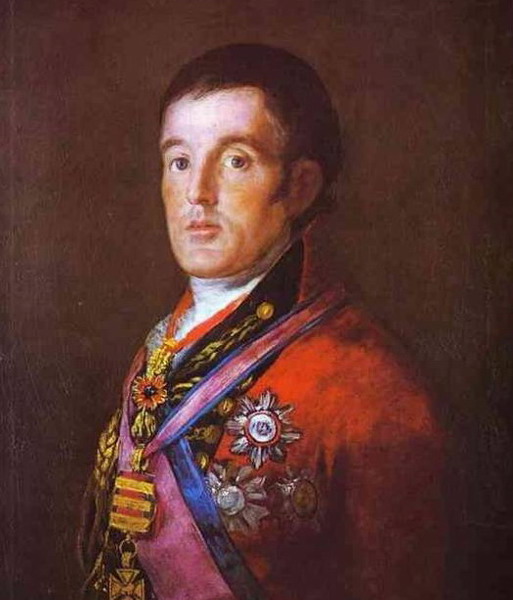
Here is a wax likeness of Napoleon Bonaparte as he looked in 1815.
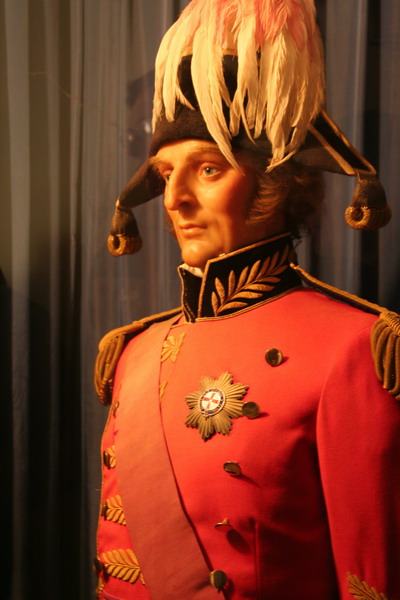
In 1820, the Dutch built a massive monument where the Price of Orange was probably wounded. The House of Orange and Queen Beatrix enjoy a very popular monarchy in the Netherlands today.
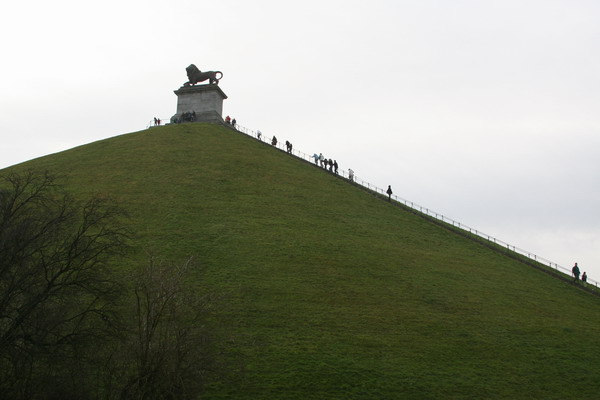
Here I am at the top of the of the Lion Monument.
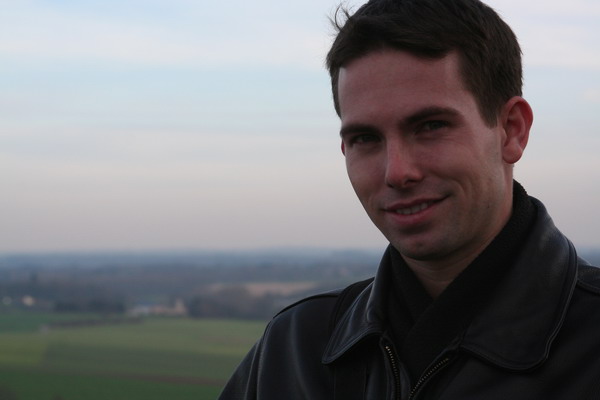
This is the main battlefield where the European powers of the 19th century met in battle.
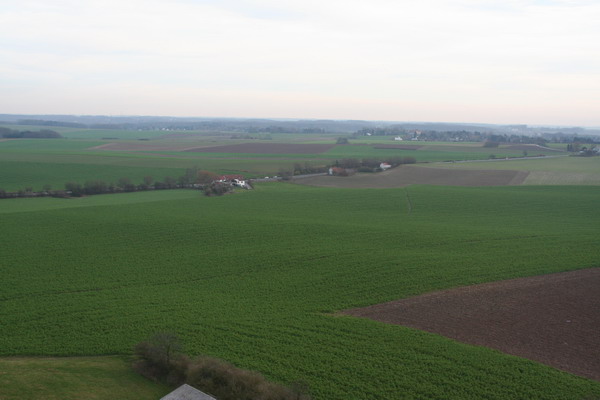
The museum there had a grisly display of the cost of war.
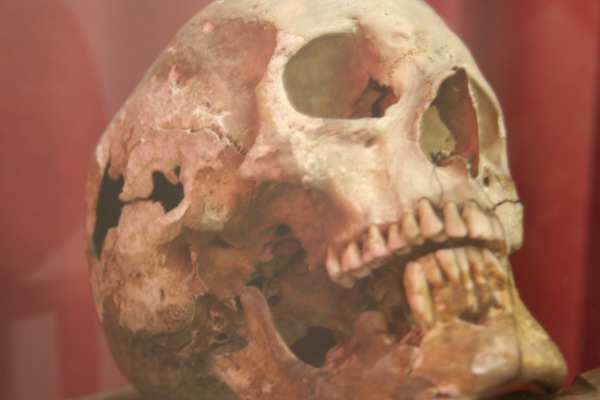
Also, there was a wax likeness of Napoleon’s face created just after he died in St Helena by his physician (wow, who does that??!)

Here you can see the statue of Everard ‘t Serclaes. A 14th century hero. Whose gleaming torso nearly everyone rubs the length of for good luck.
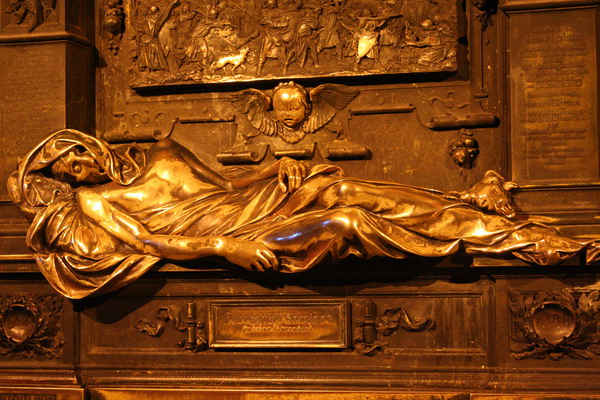
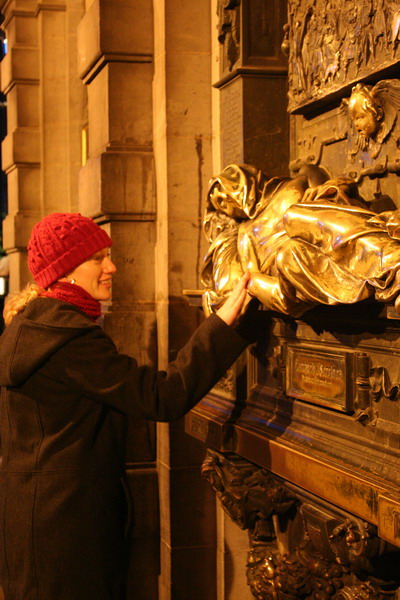
On a completely different note, let’s look at the national symbols of a few countries. The U.S. has the Statue of Liberty, Australia has the Sydney Opera House, France has the Eiffel Tower, Italy has the Tower of Pisa and Belgium has the Manneken Pis.
This national symbol is a very unimposing figure of a young boy urinating into a pool. There are several versions of this statue throughout the country and there are several versions of the story behind the statue. The first version is that a two-year old duke in 1142 was hung in a basket in a tree as his troops fought a battle to encourage them. During the battle, the young boy peed on the enemy and they eventually won the battle. The second is that during the 14th century Brussels was under siege and a young boy spied the enemy laying explosive charges on the city wall. He peed on the fuse to put it out and thus saved the city. I don’t know which (if either) is true, but the statue is a very interesting (if not humorous) national symbol. I think it speaks highly of a culture that is confident, ancient and not afraid to make a little fun of itself.
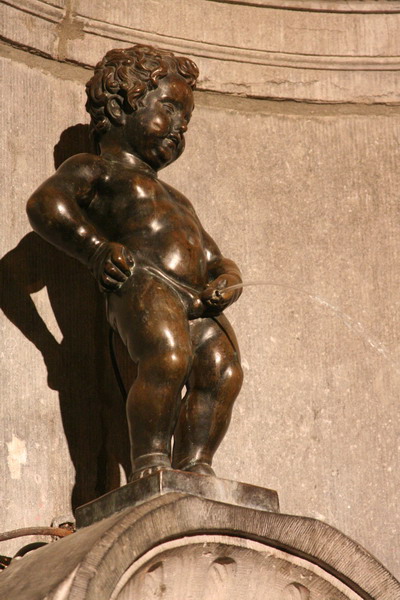
You can see it’s a but diminutive, so don’t be disappointed if you go see it…
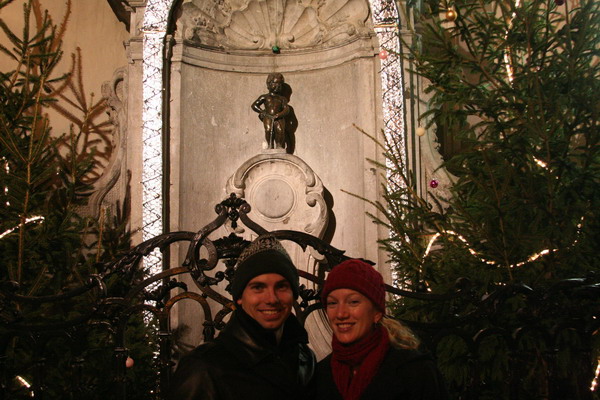
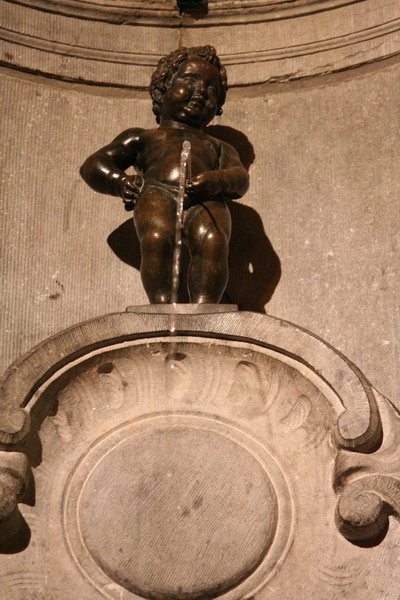
So, with that, our time in Belgium had come to a close. It was a fabulous way to spend our anniversary. Of course, immediately when we got home, we repacked our suitcase (we’ve learned to travel light) and headed out the door for New Year’s in Budapest. That post will follow shortly (hopefully).
Until then…
–Jim
Christmas Markets
The recurring theme that everyone shared with us before we arrived in Germany (at least from those who lived here previously) was that the Christmas season was amazing.
This post is dedicated to the three amazing Christmas Markets (Weinachtmarkt in German) we went to this year: Aachen, Trier and Dudeldorf.
Here are the images from Aachen:
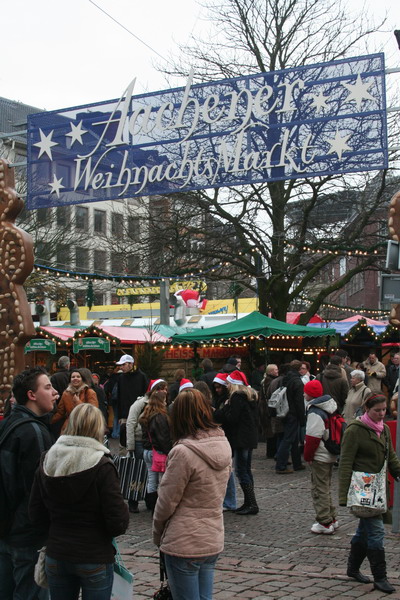
Here’s Anna with our friend, Erin in the background. Both she and another friend, Liz joined us for the day of shopping. Actually, Liz drove, so I guess we accompanied her. Thanks Liz! 🙂
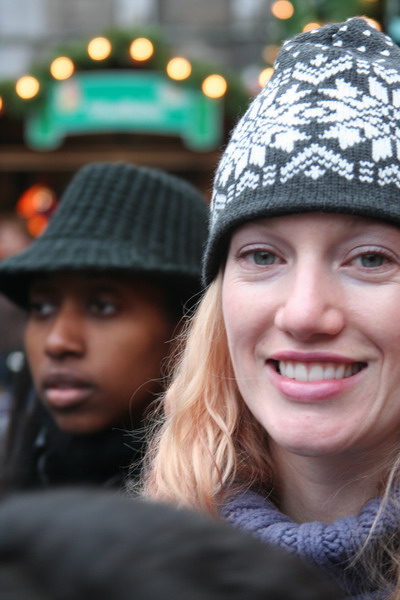
Making Belgian waffles (fitting since Belgium is just a stones throw away from Aachen).
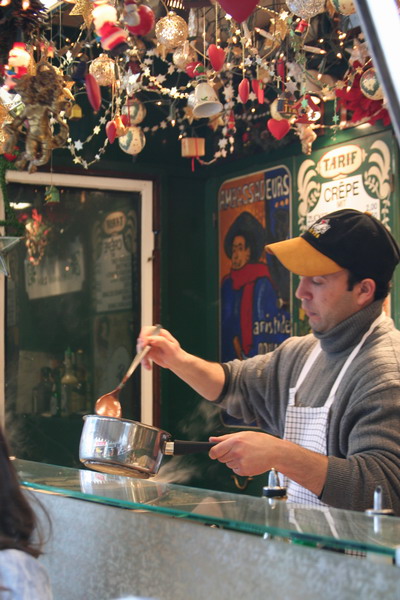
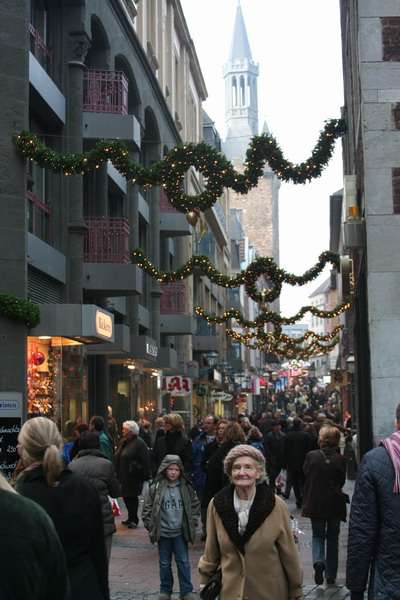
Seems that police officers all over the world enjoy a hot cup of Starbucks coffee.
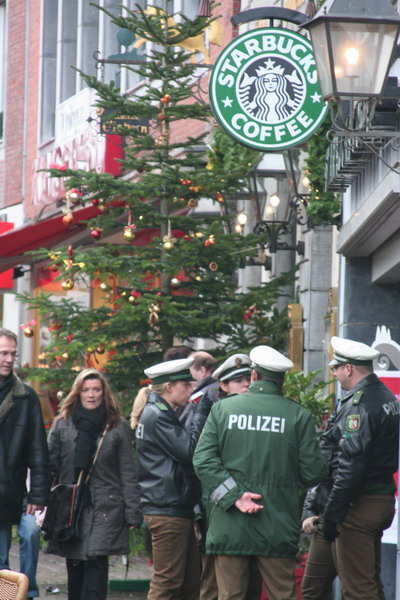
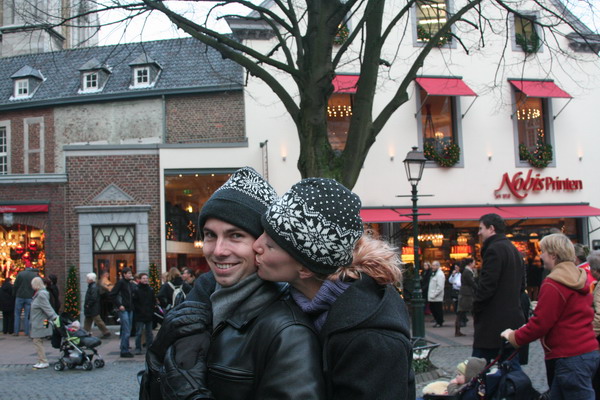
These are from the Dudeldorf Market.
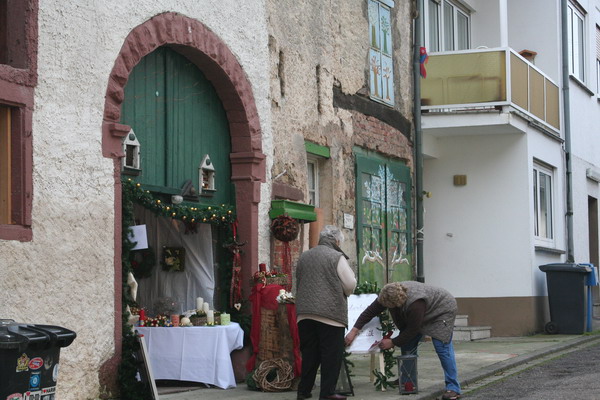
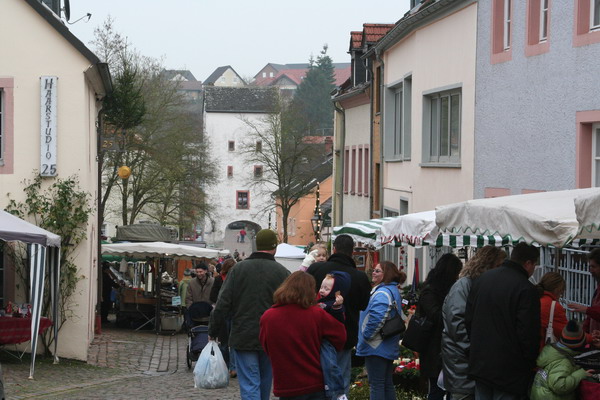
This is a very typical bakery we popped into for a little warmth and some breakfast.
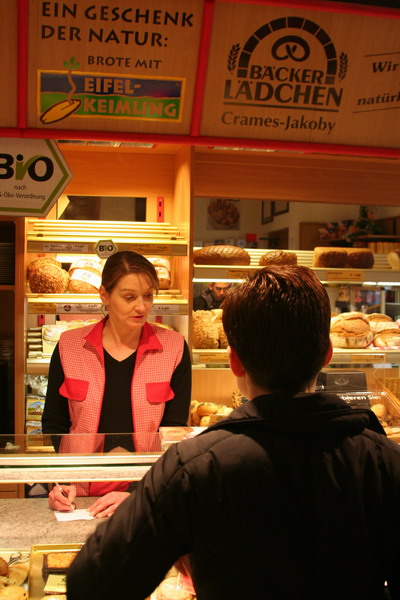
This gate is also has the historical significance as a quasi-landmark of WWII. As Gen Patton’s tanks rolled in, they got caught in this gate. The tanks gouged large grooves into the gate. If you look closely, you can still see them.
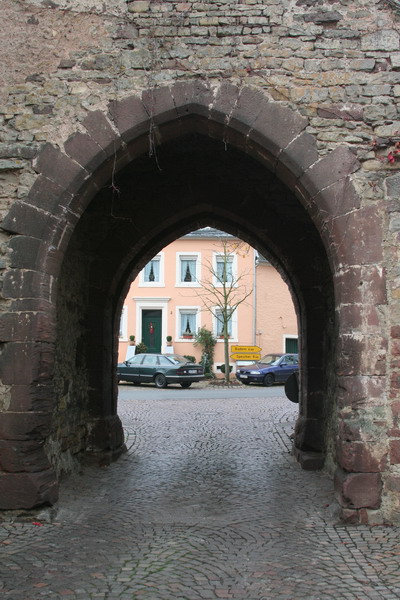
Here are the images from the Trier Christmas Market. It was the prettiest of the three. Of course, that may also be because it was night.
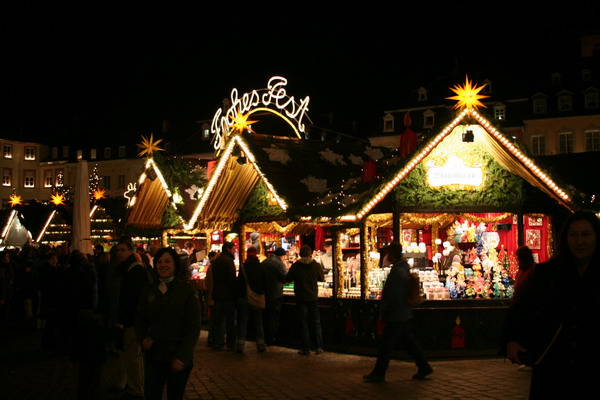
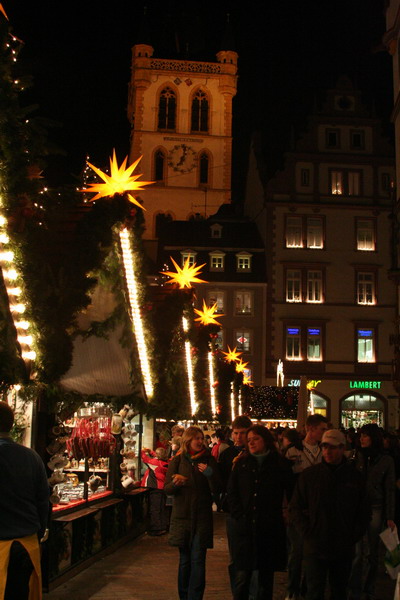
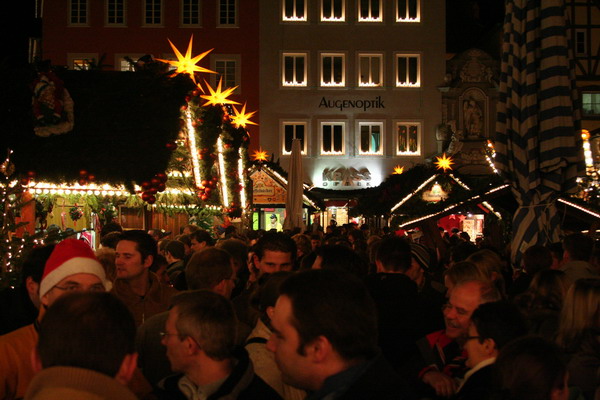
Here are our friends Jose and Diana.
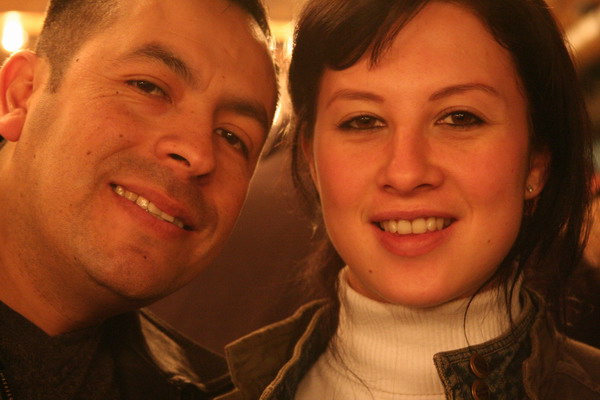
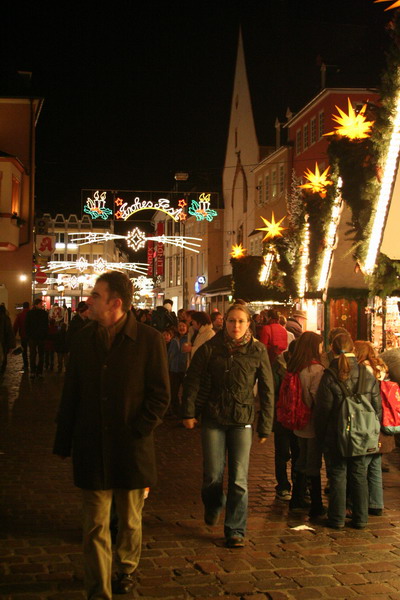
Anna and Margaret are enjoying a Christmas delicacy. A sort of dumpling with vanilla and fruit sauce. It was very yummy.
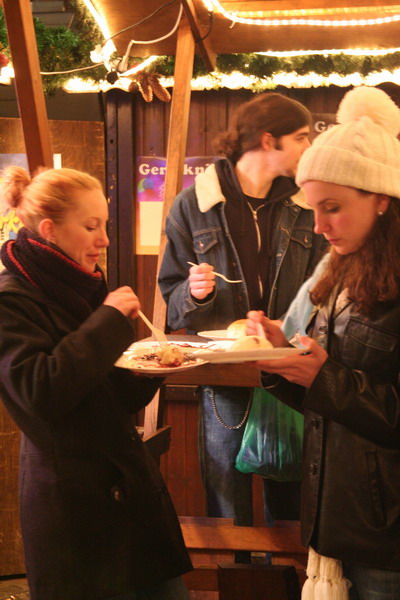
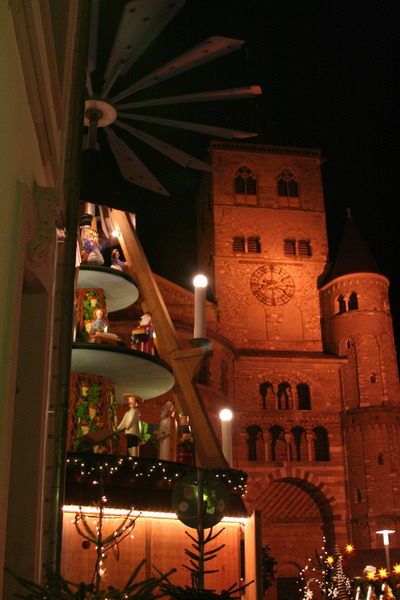
So, those are just a few to give you all a taste of the incredible markets.
Until the next adventure (or trip). 🙂
–Jim
